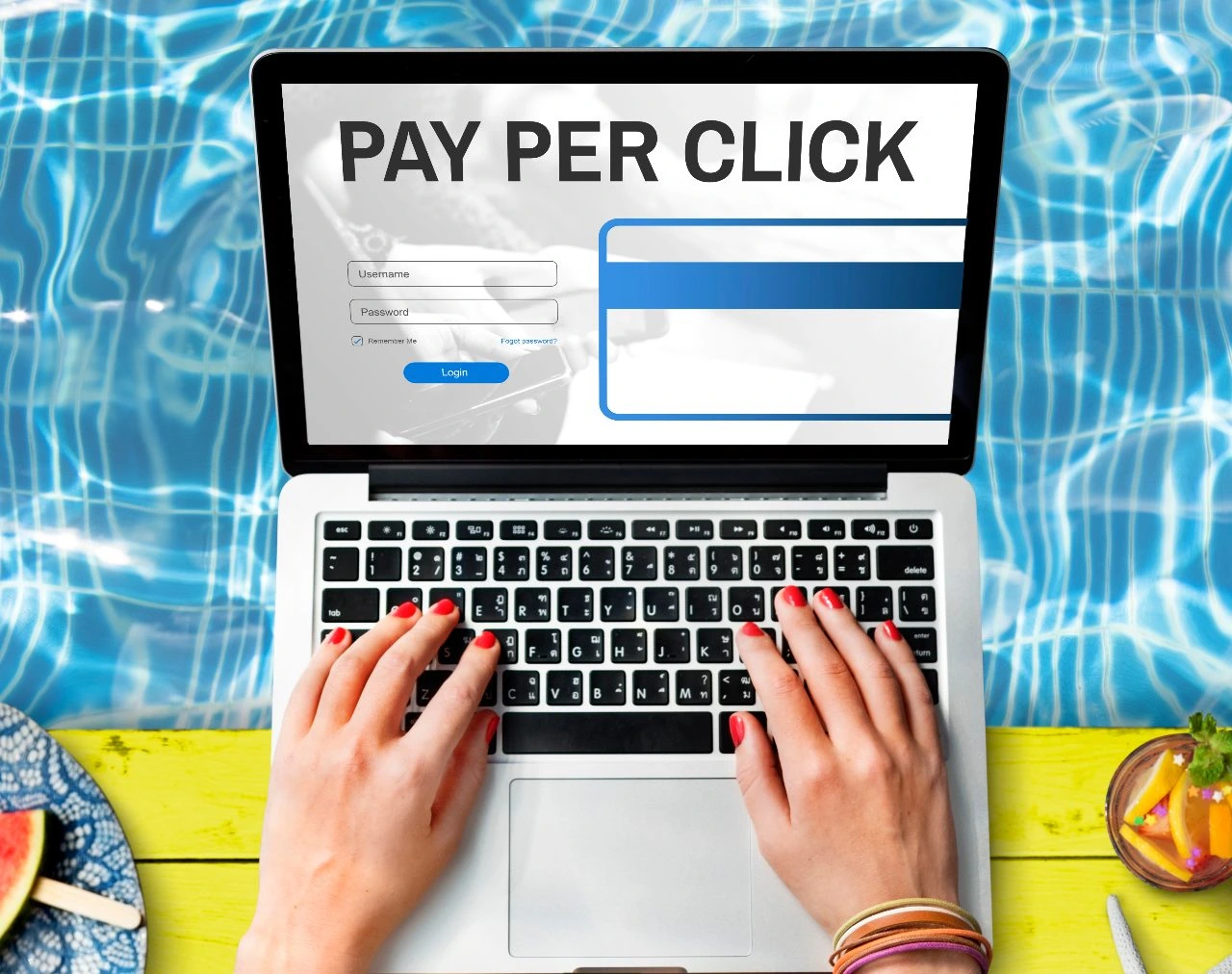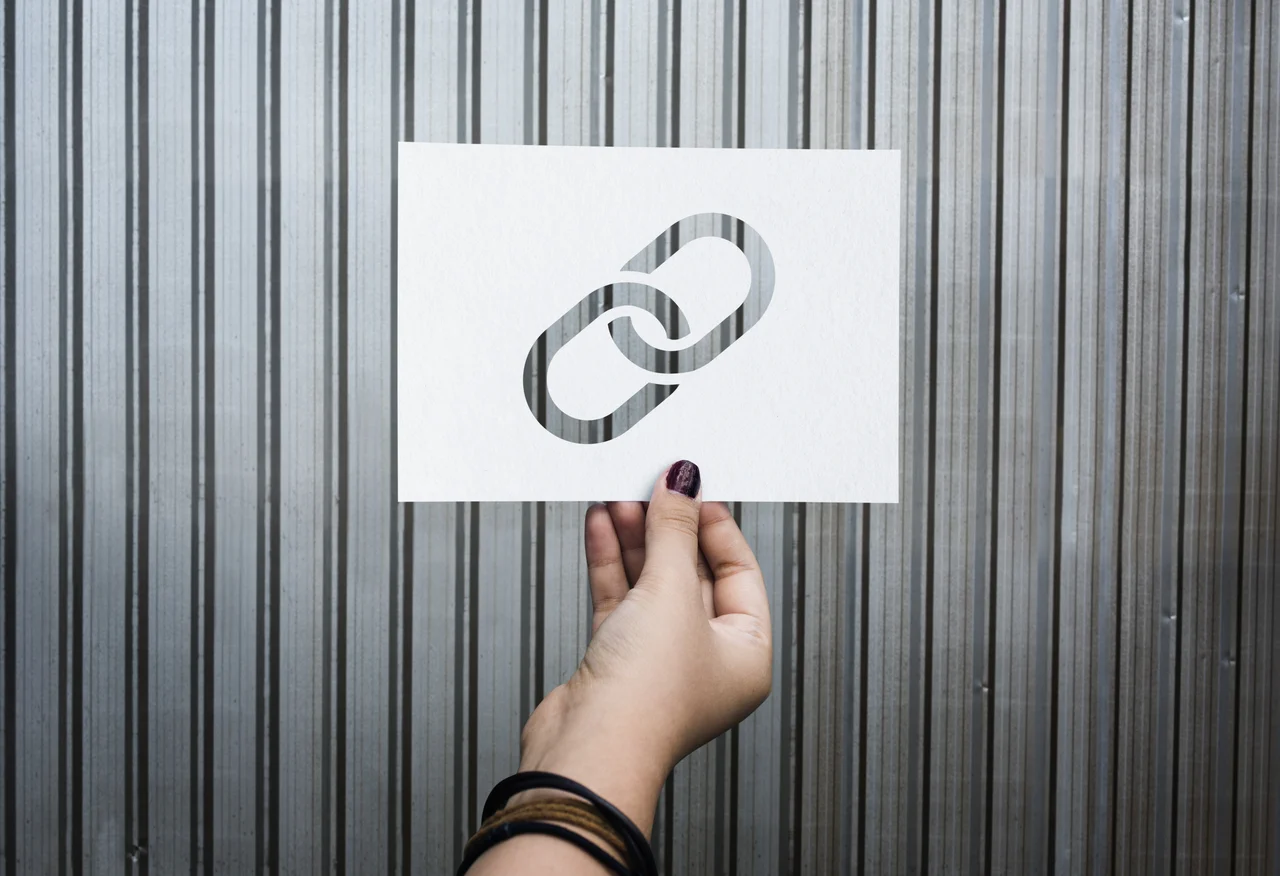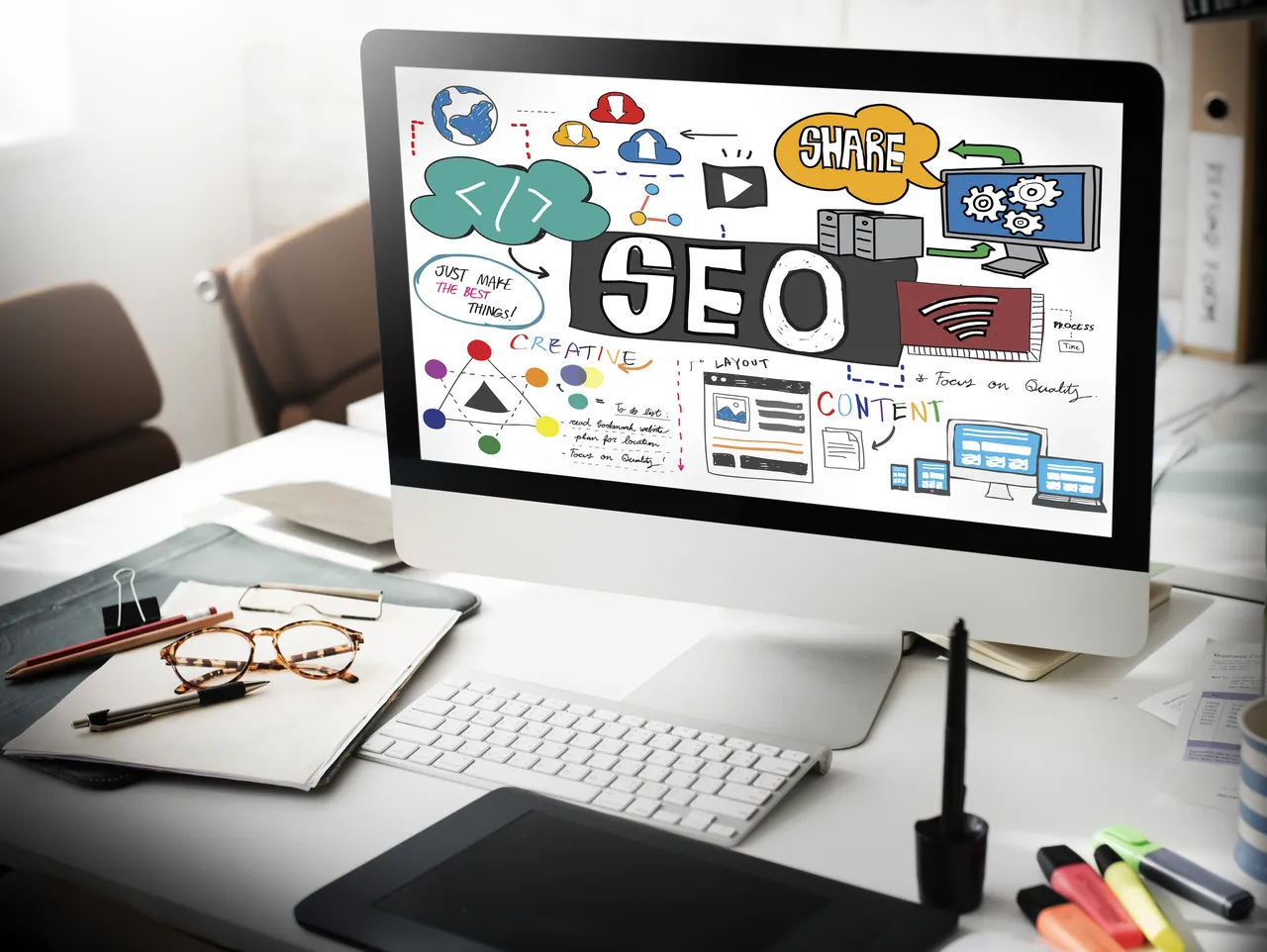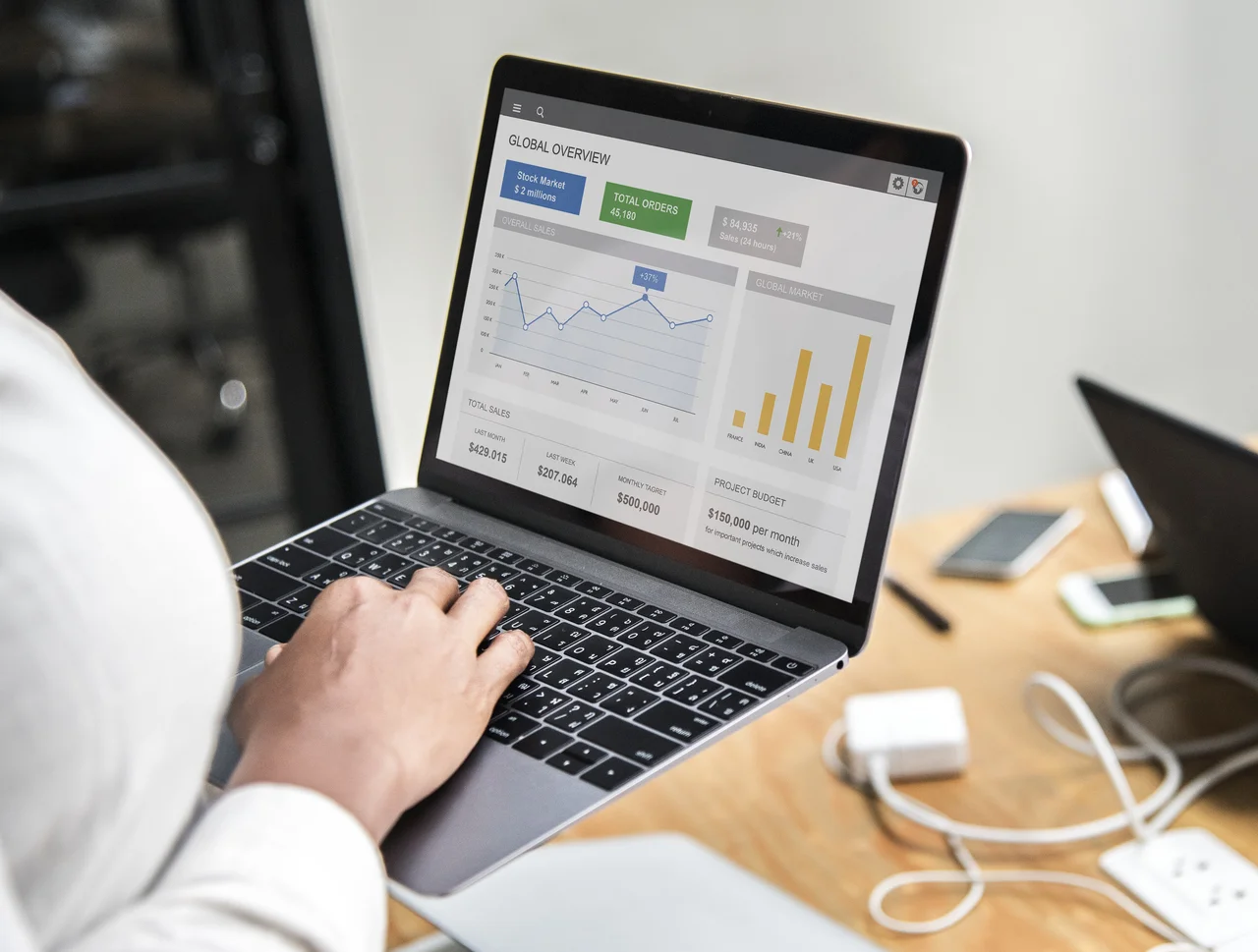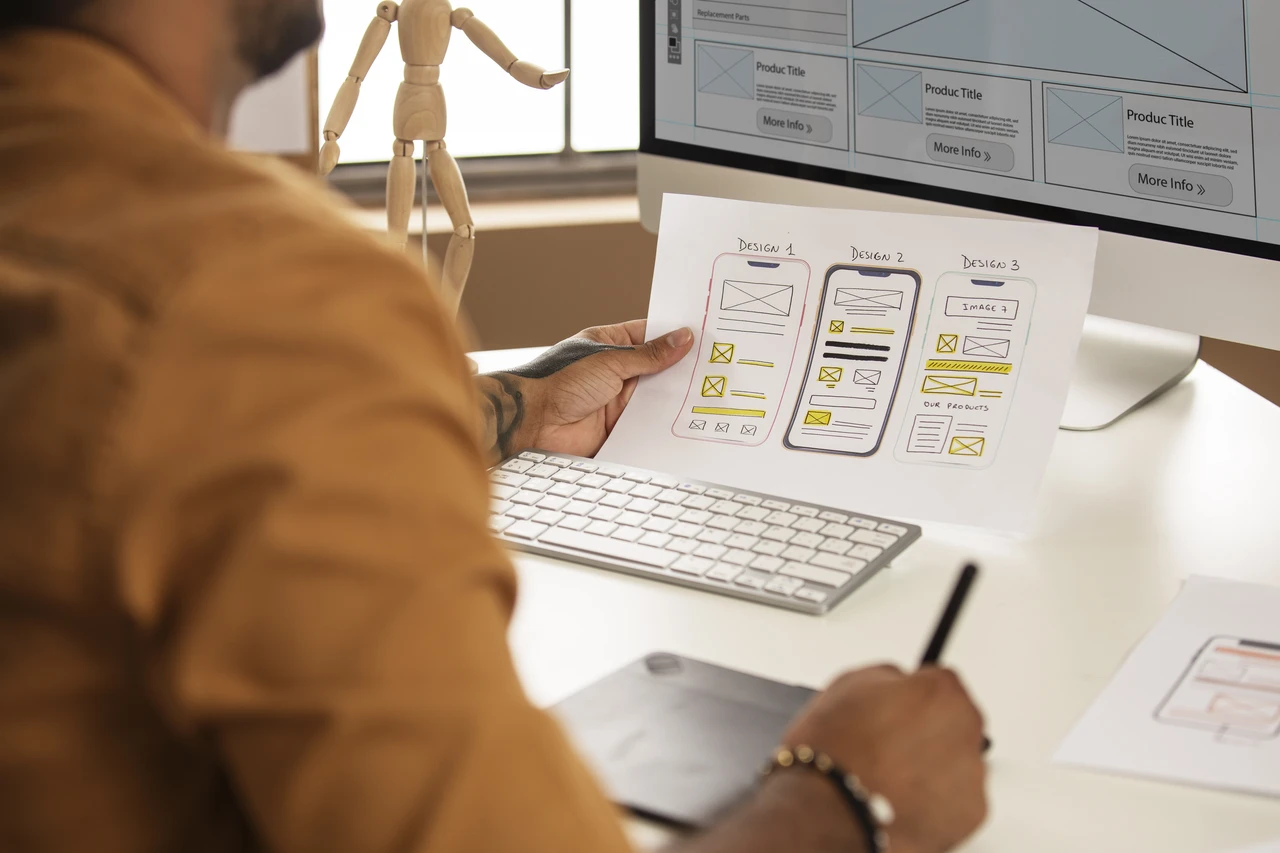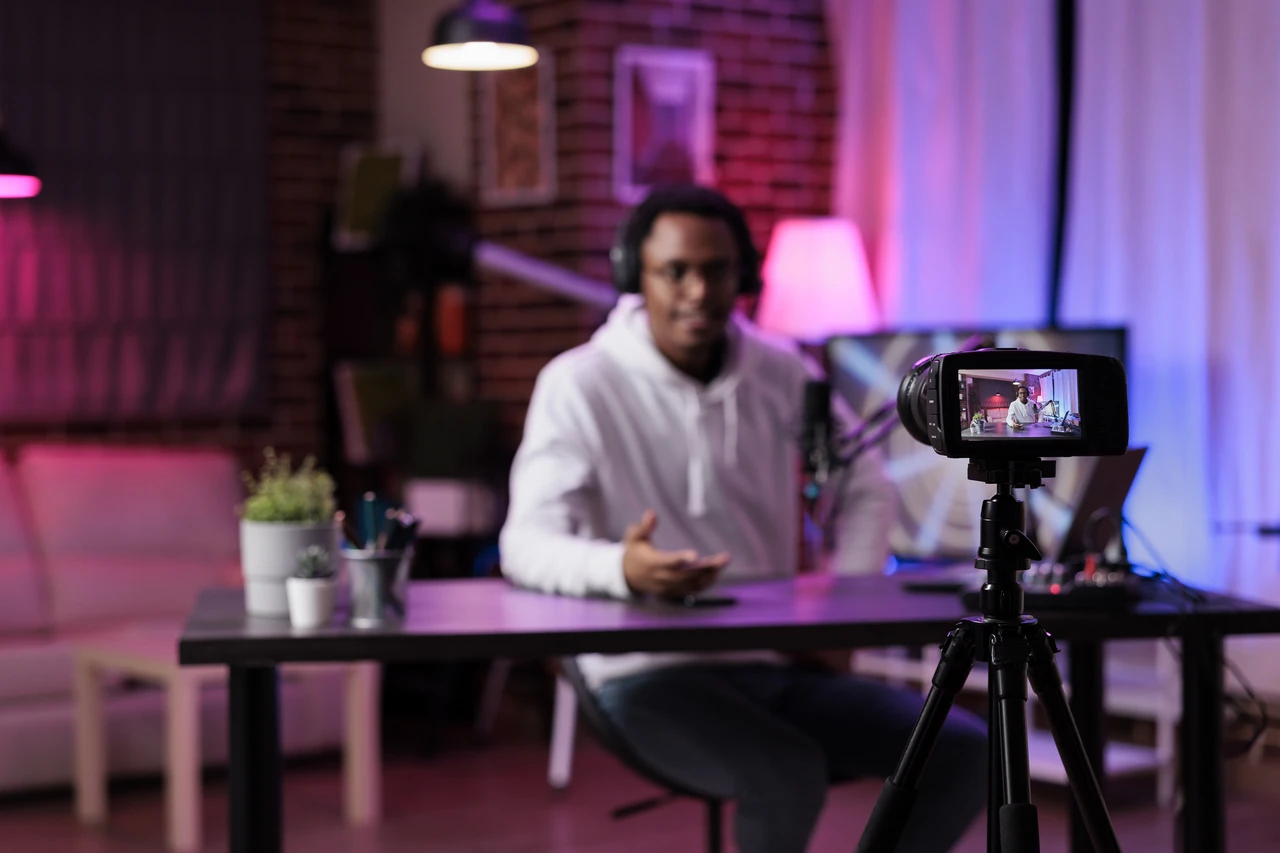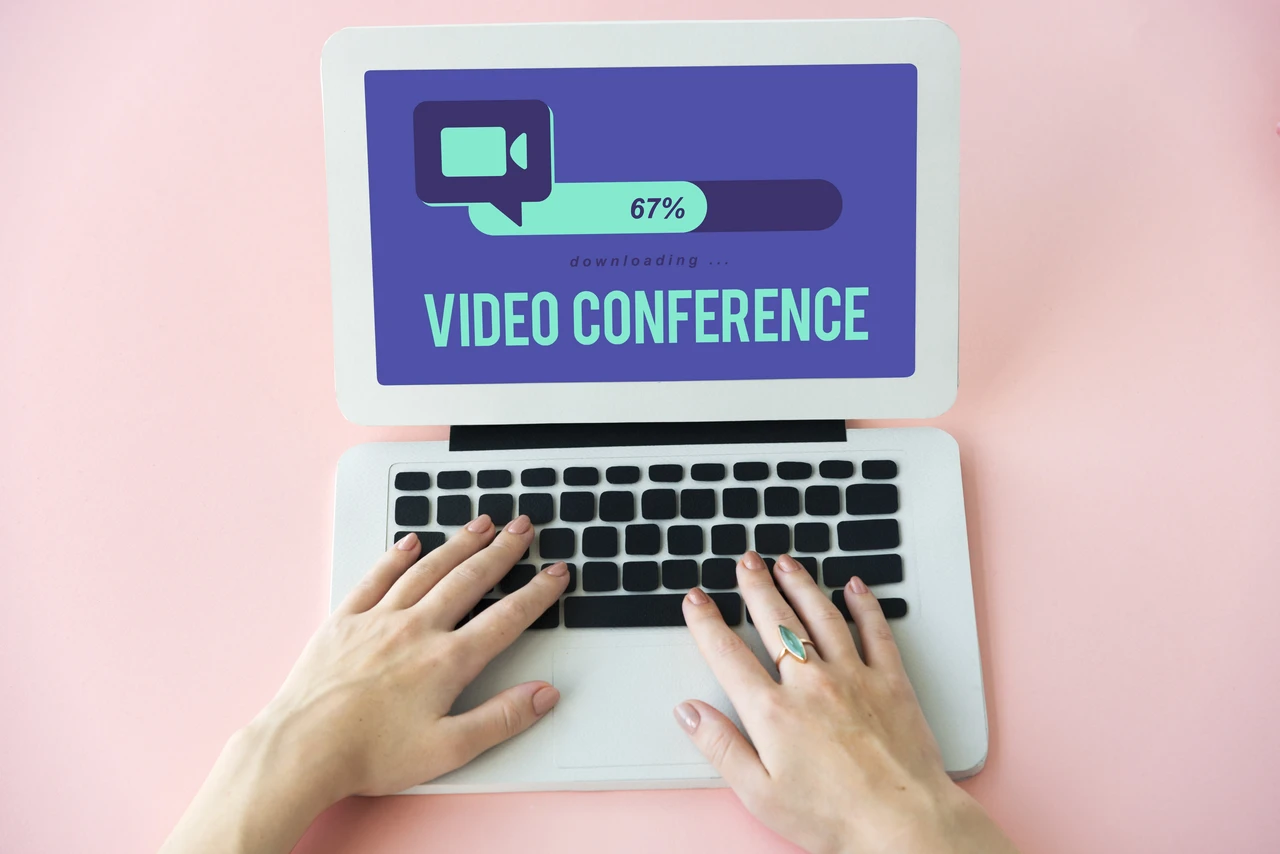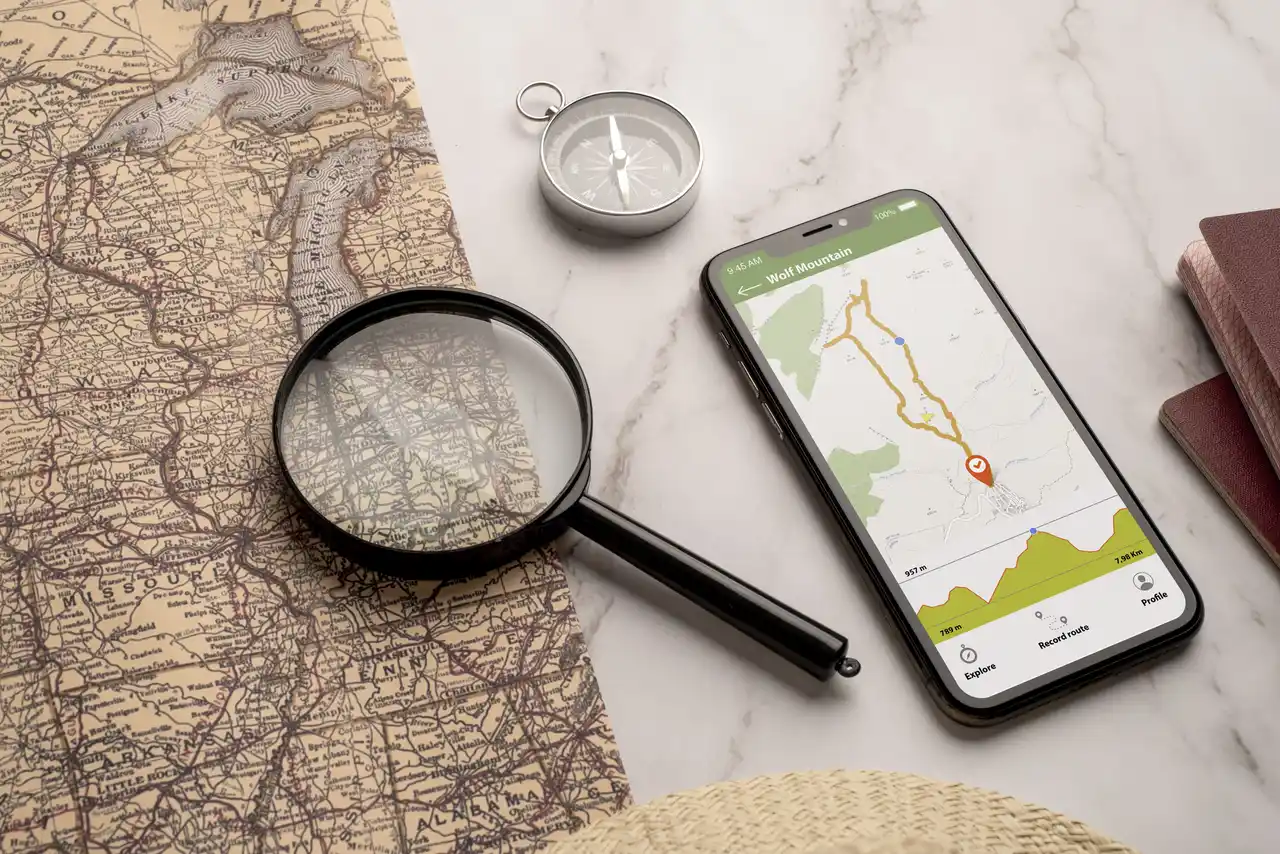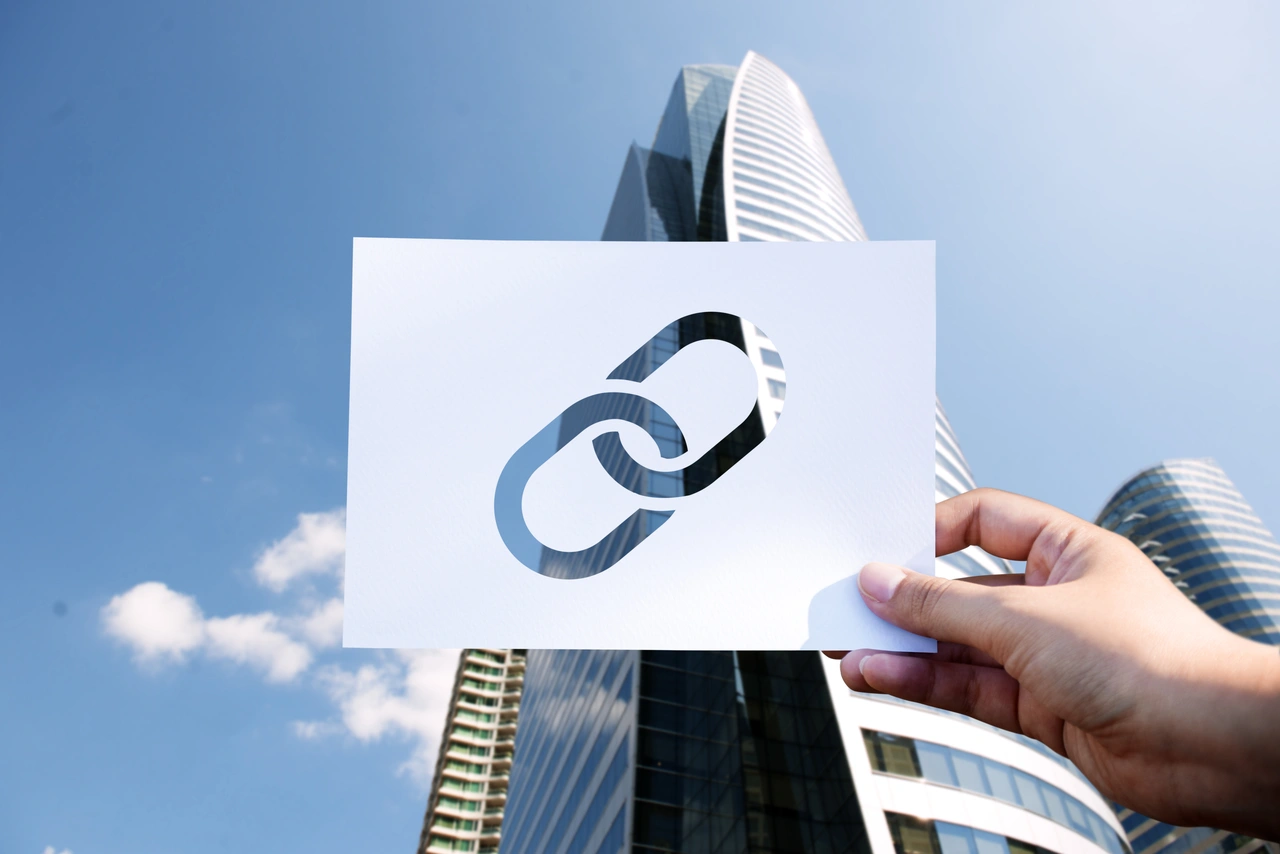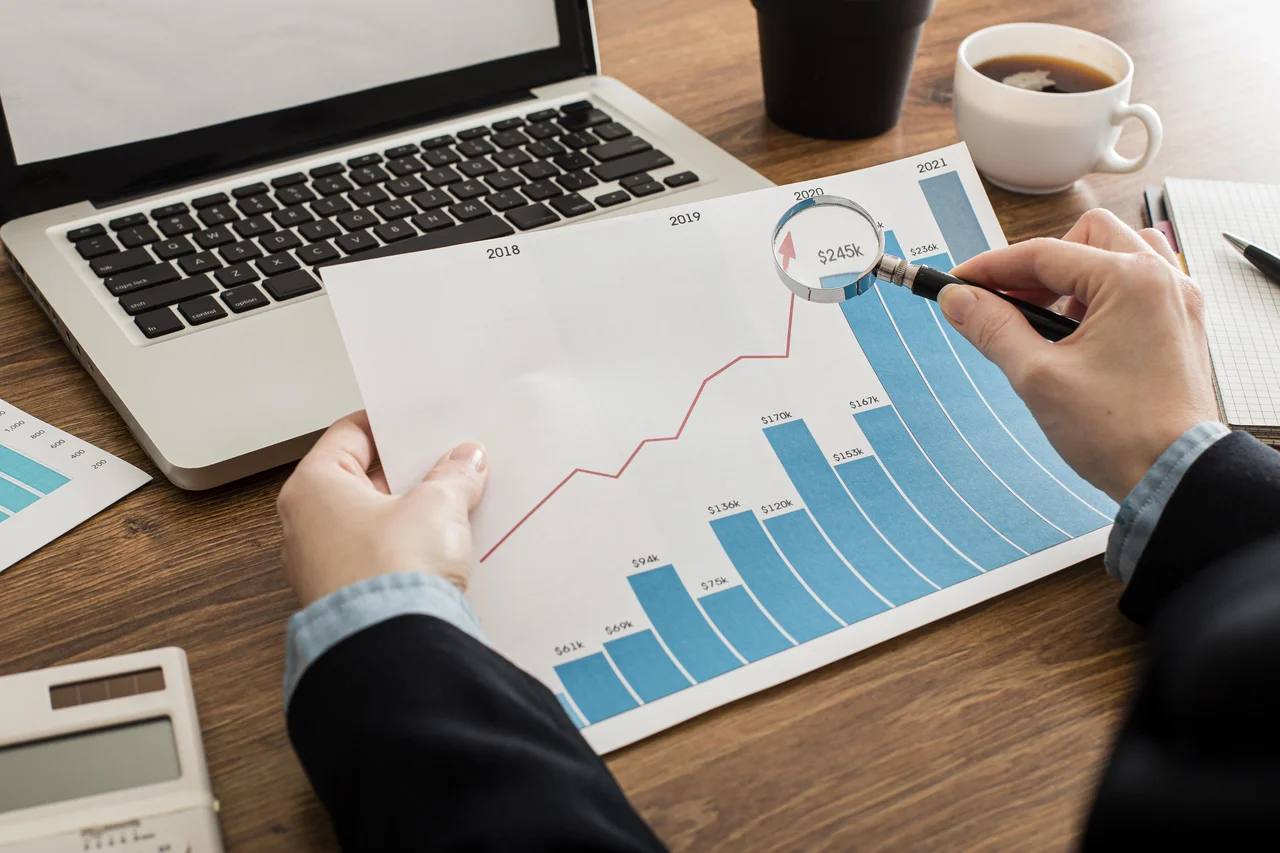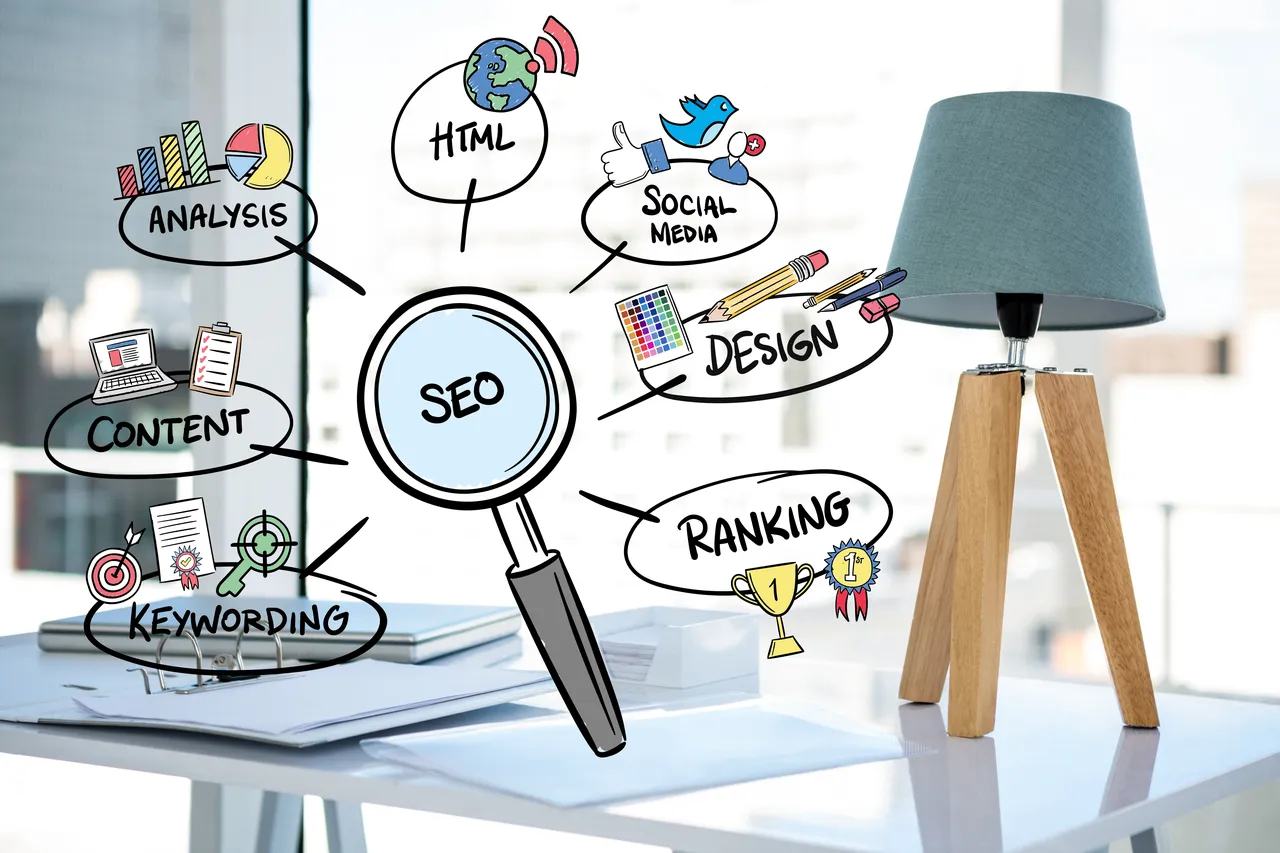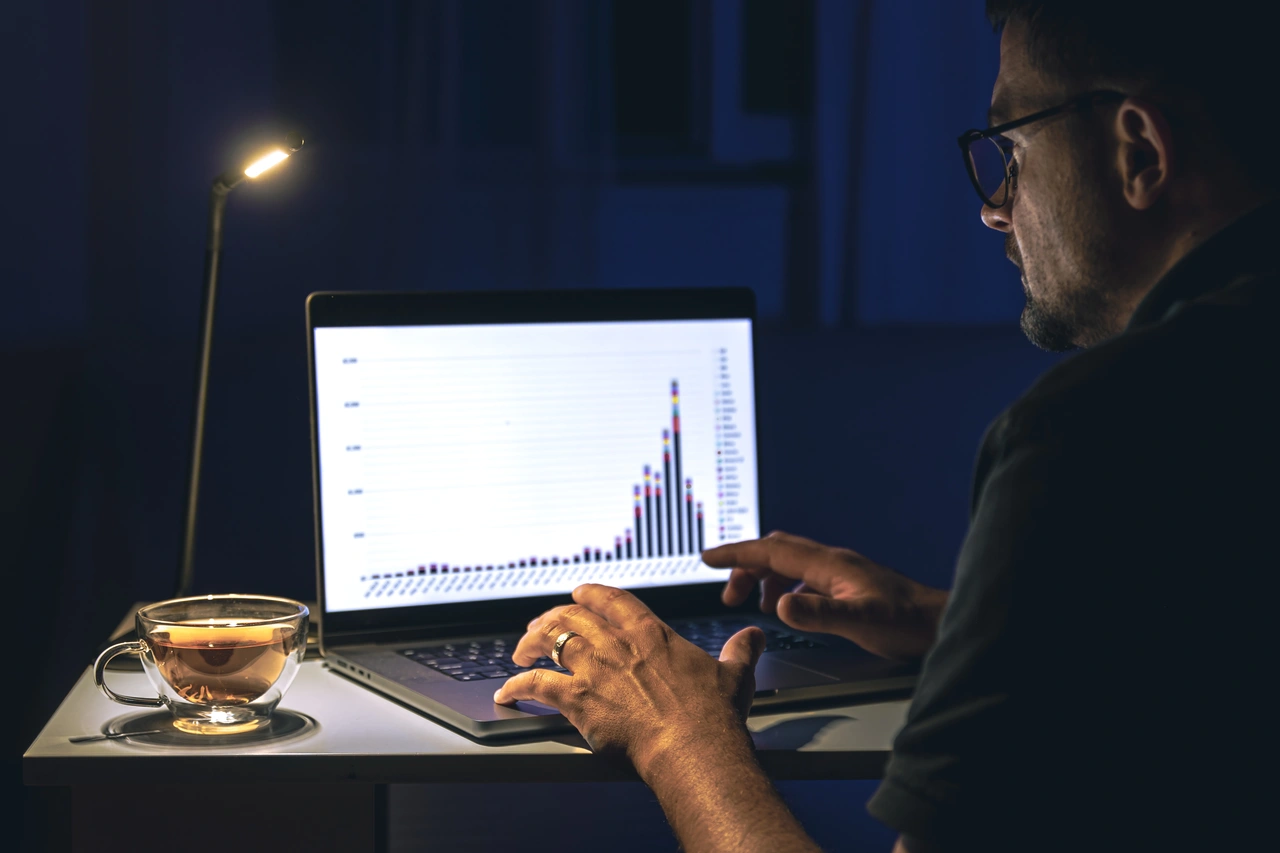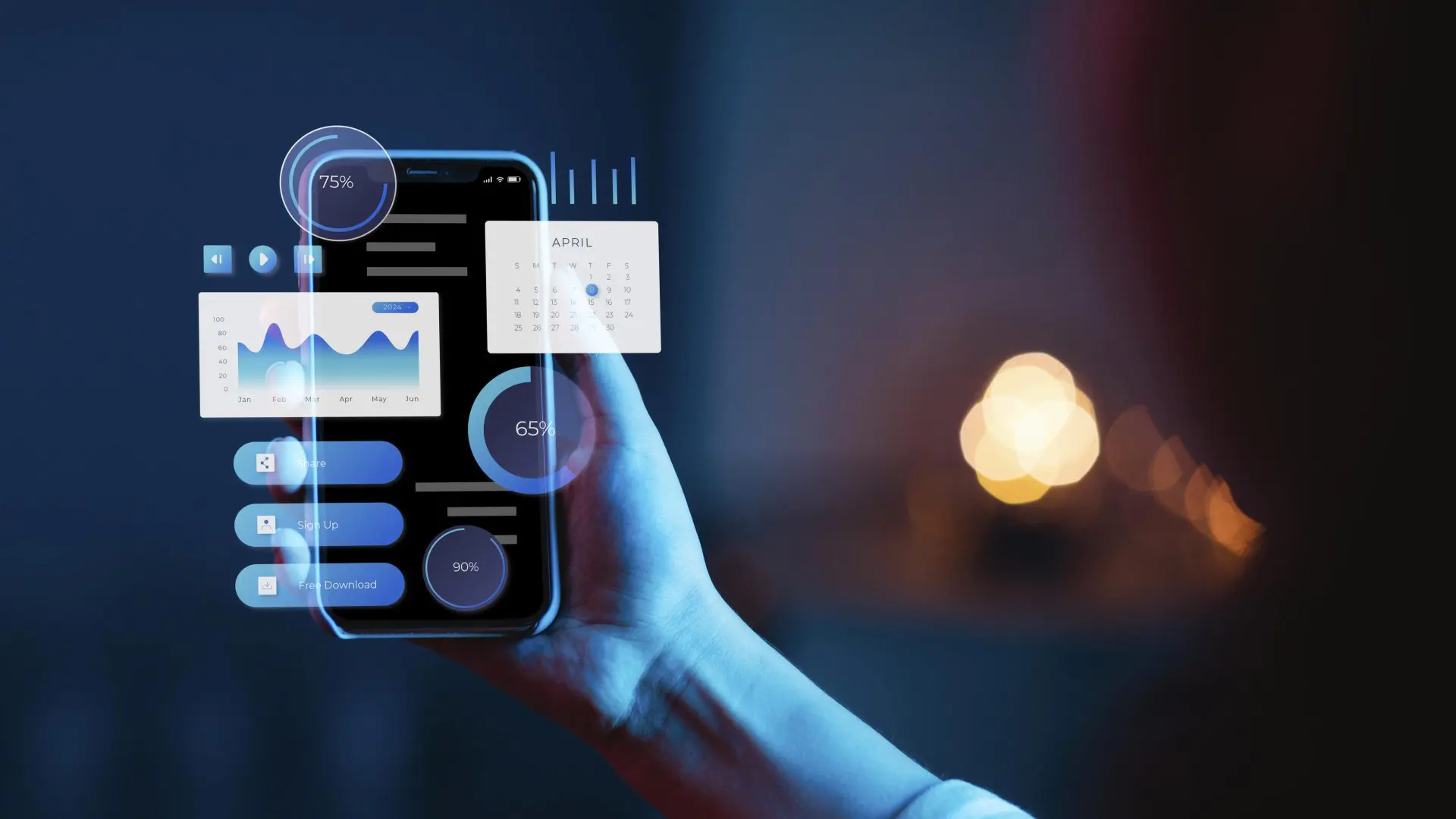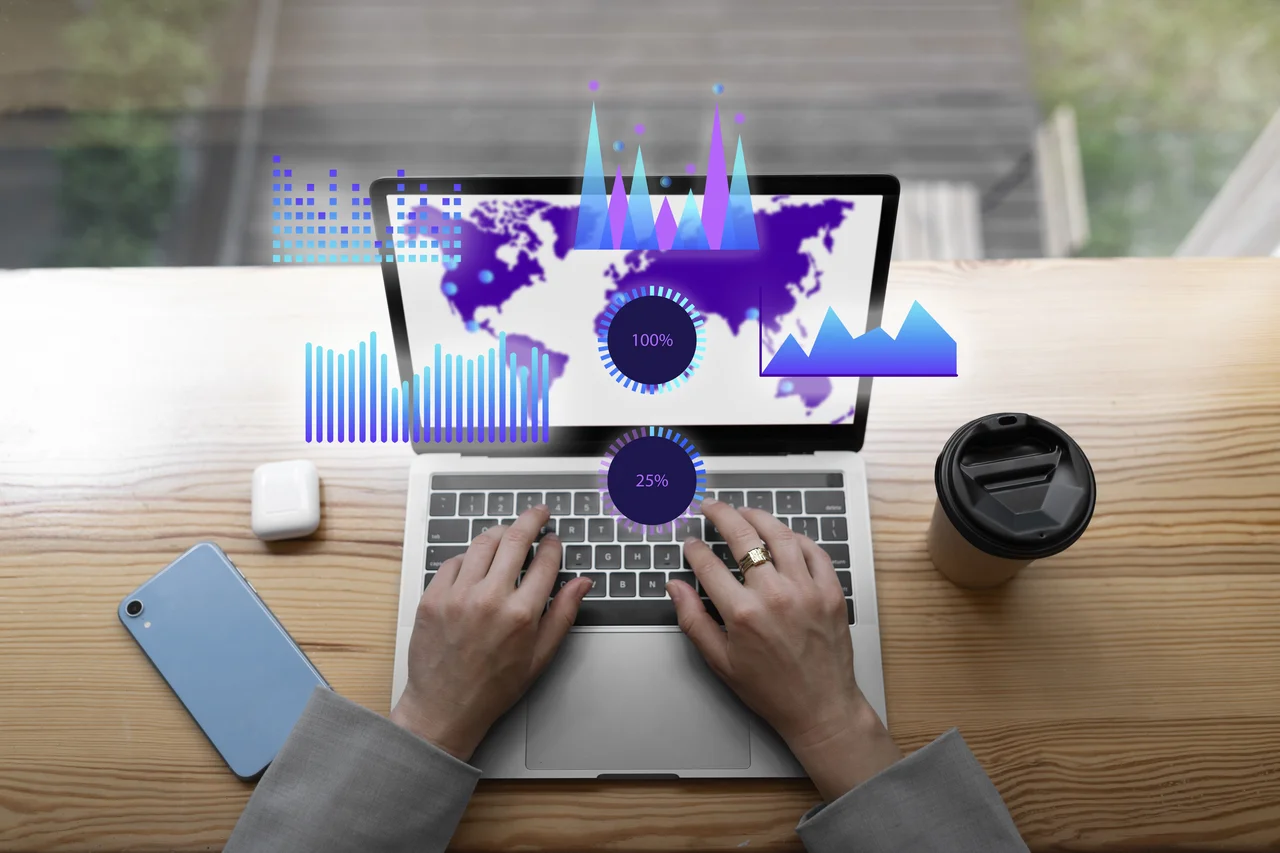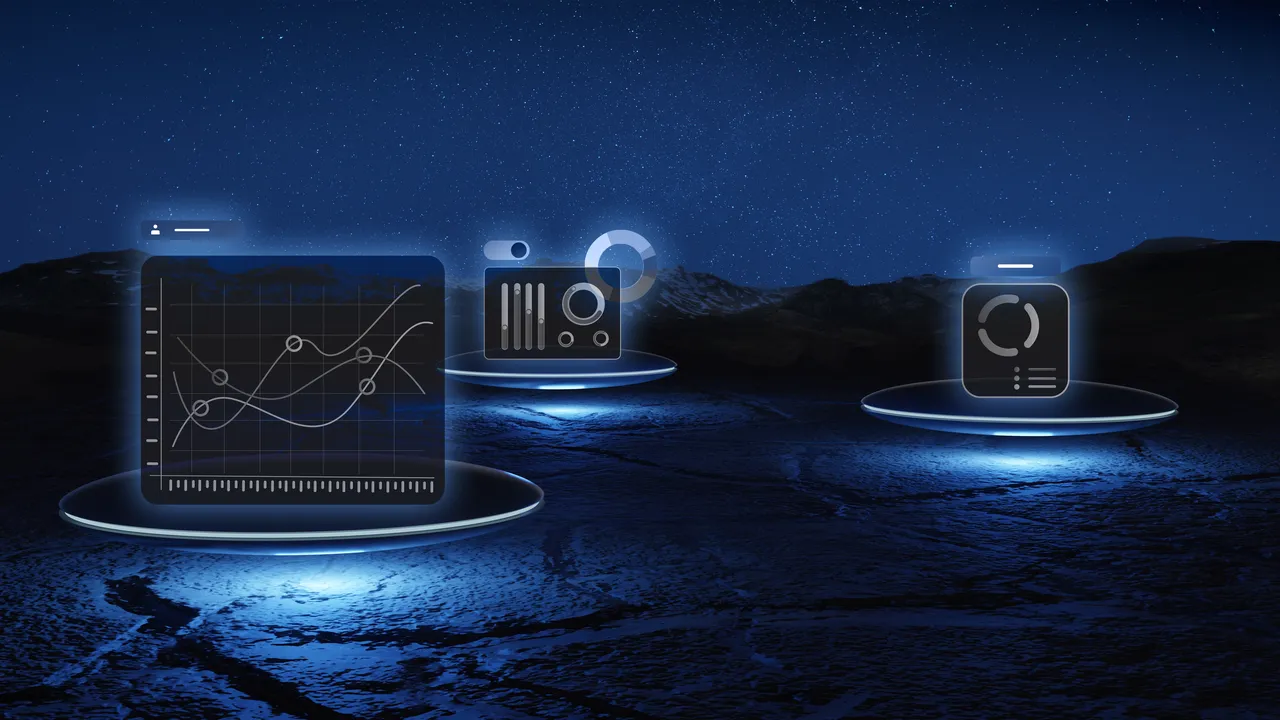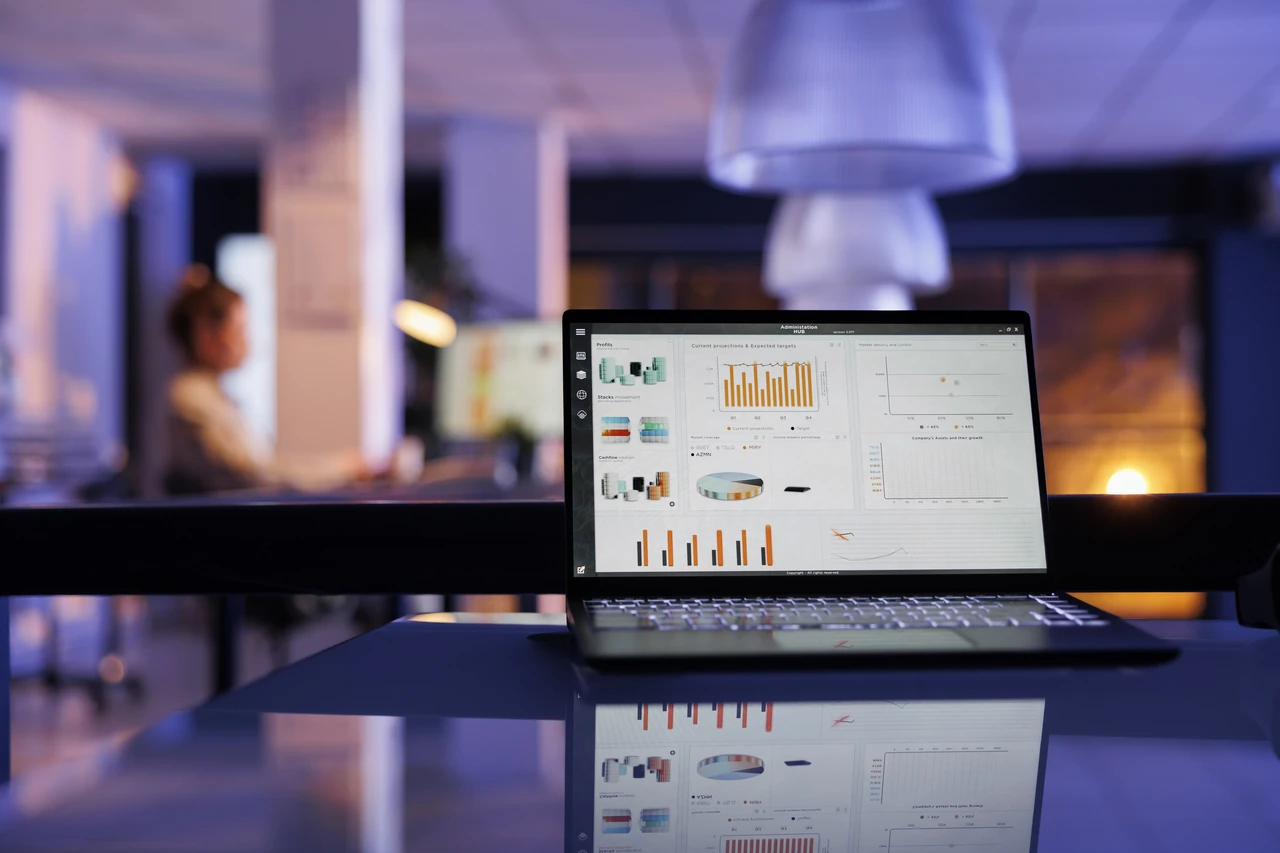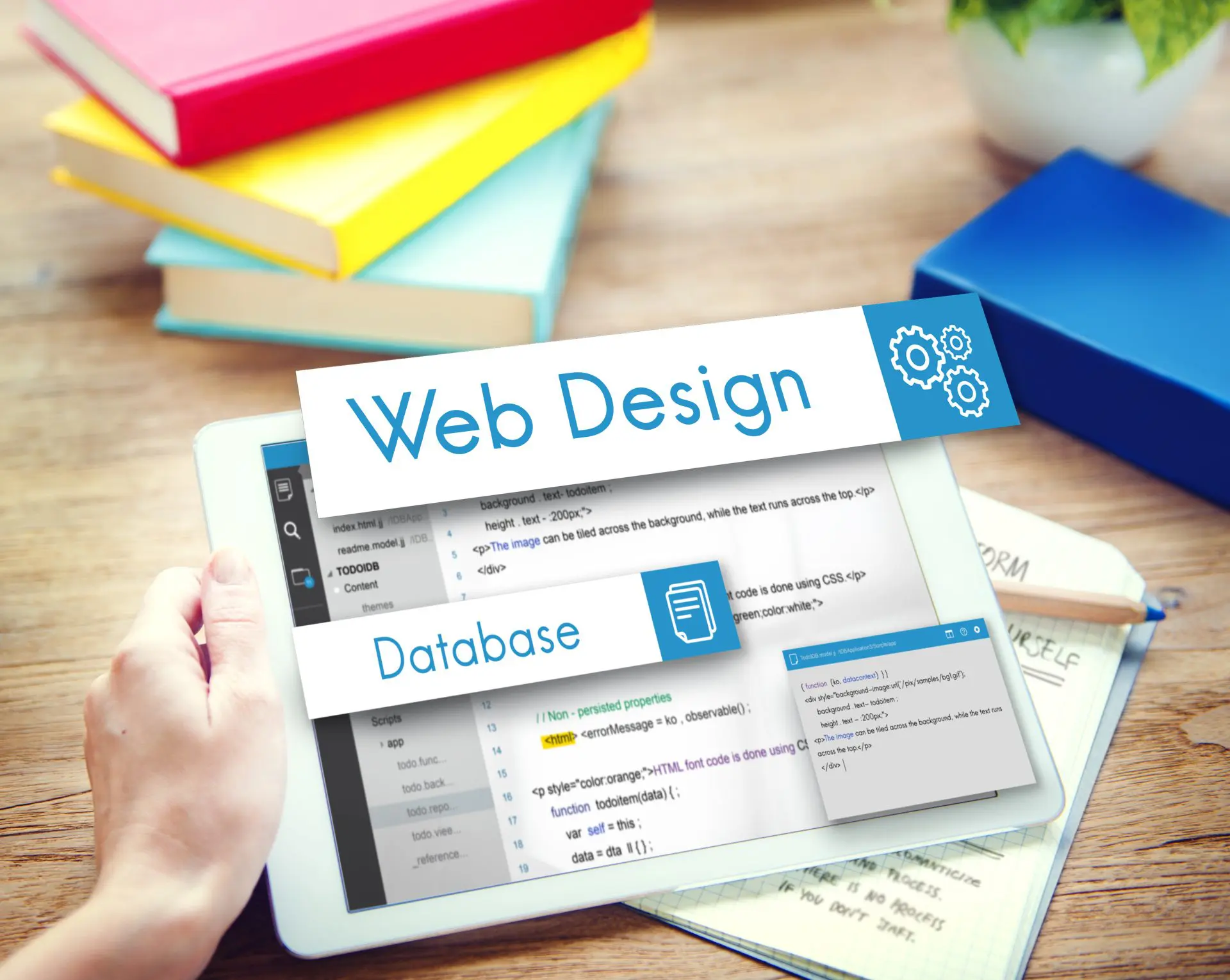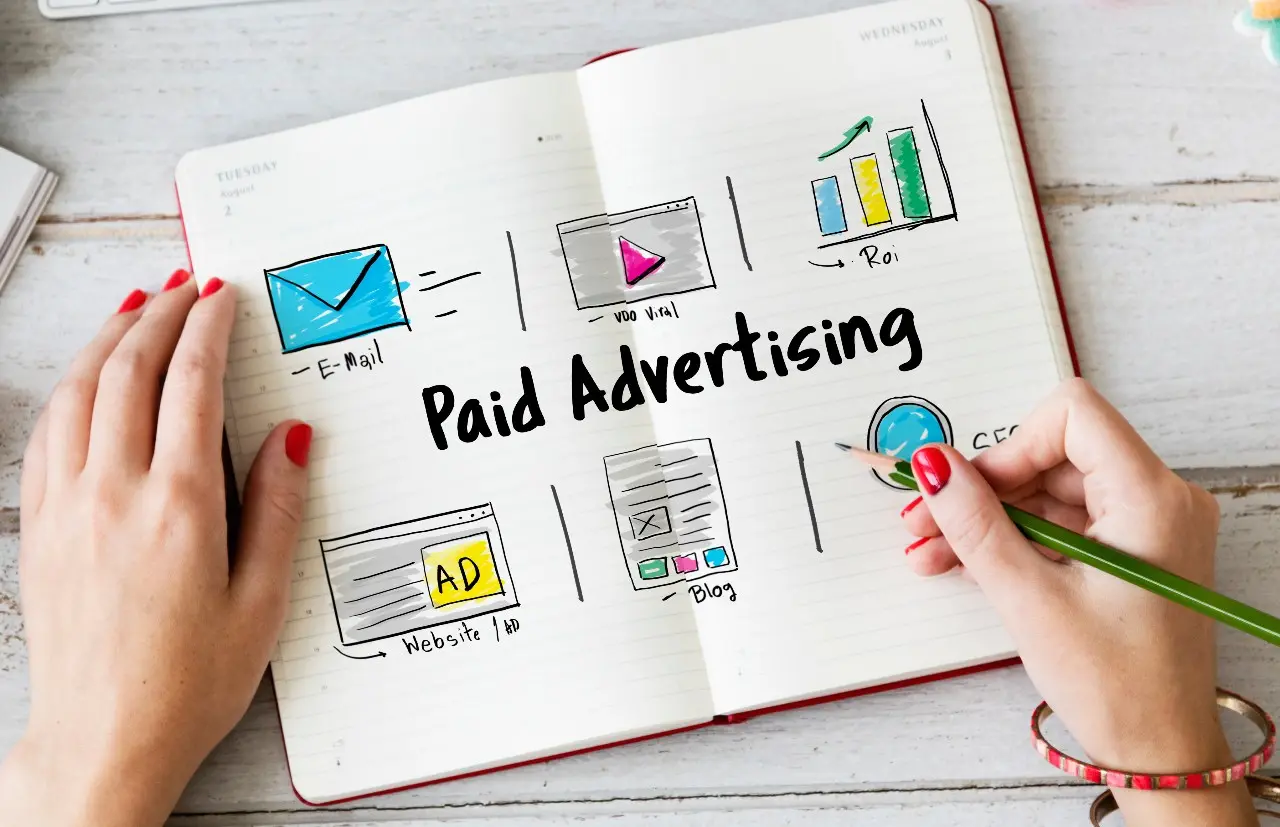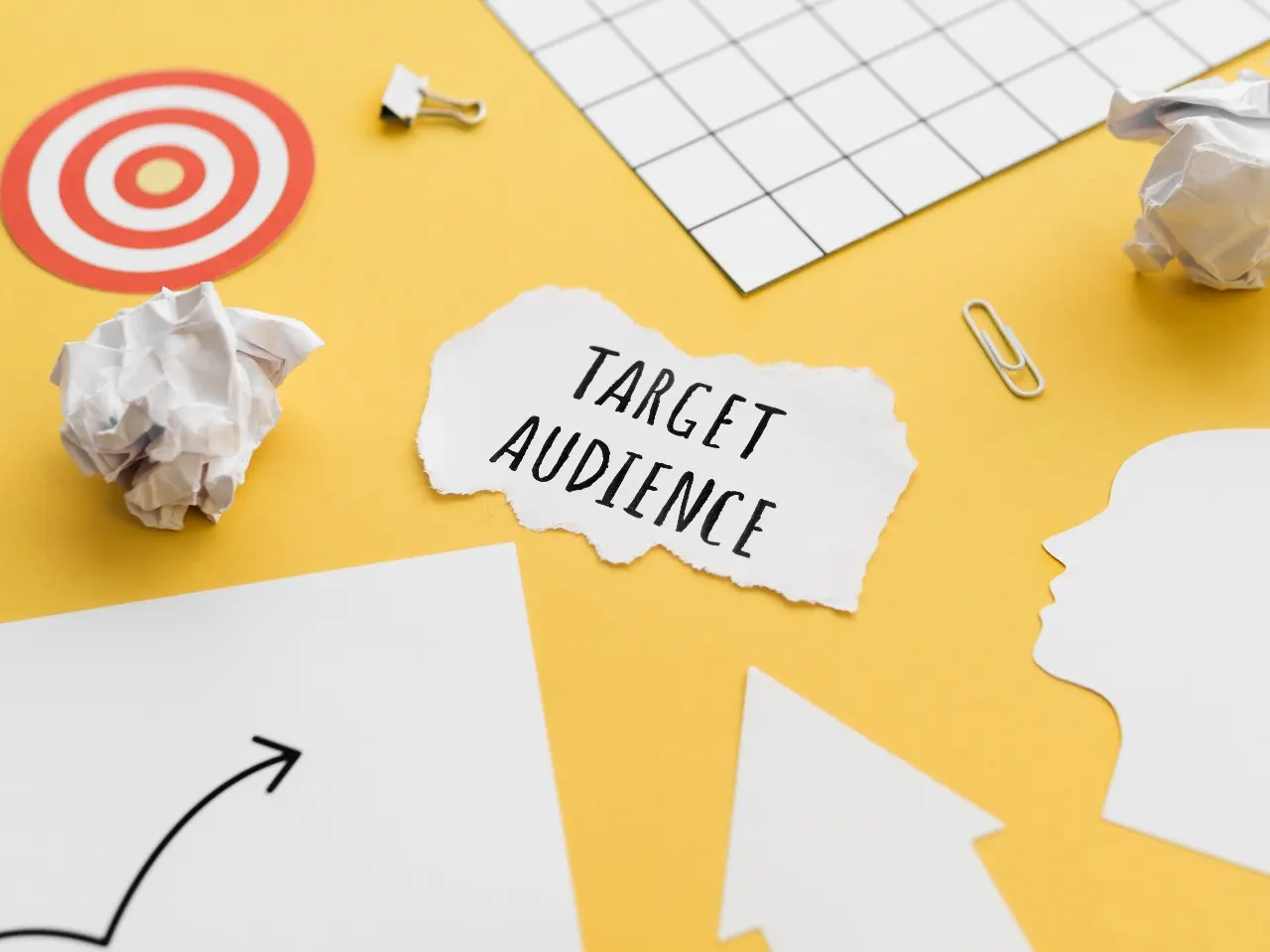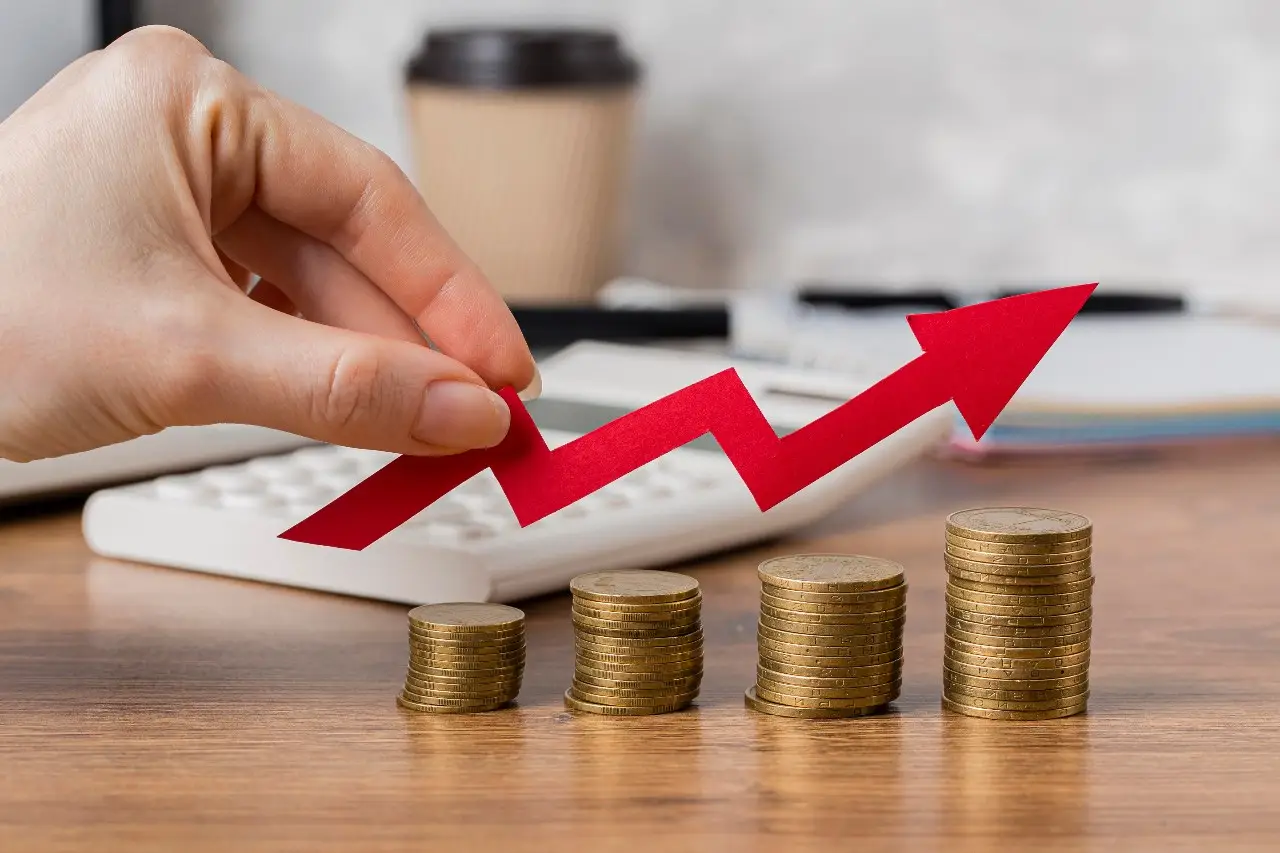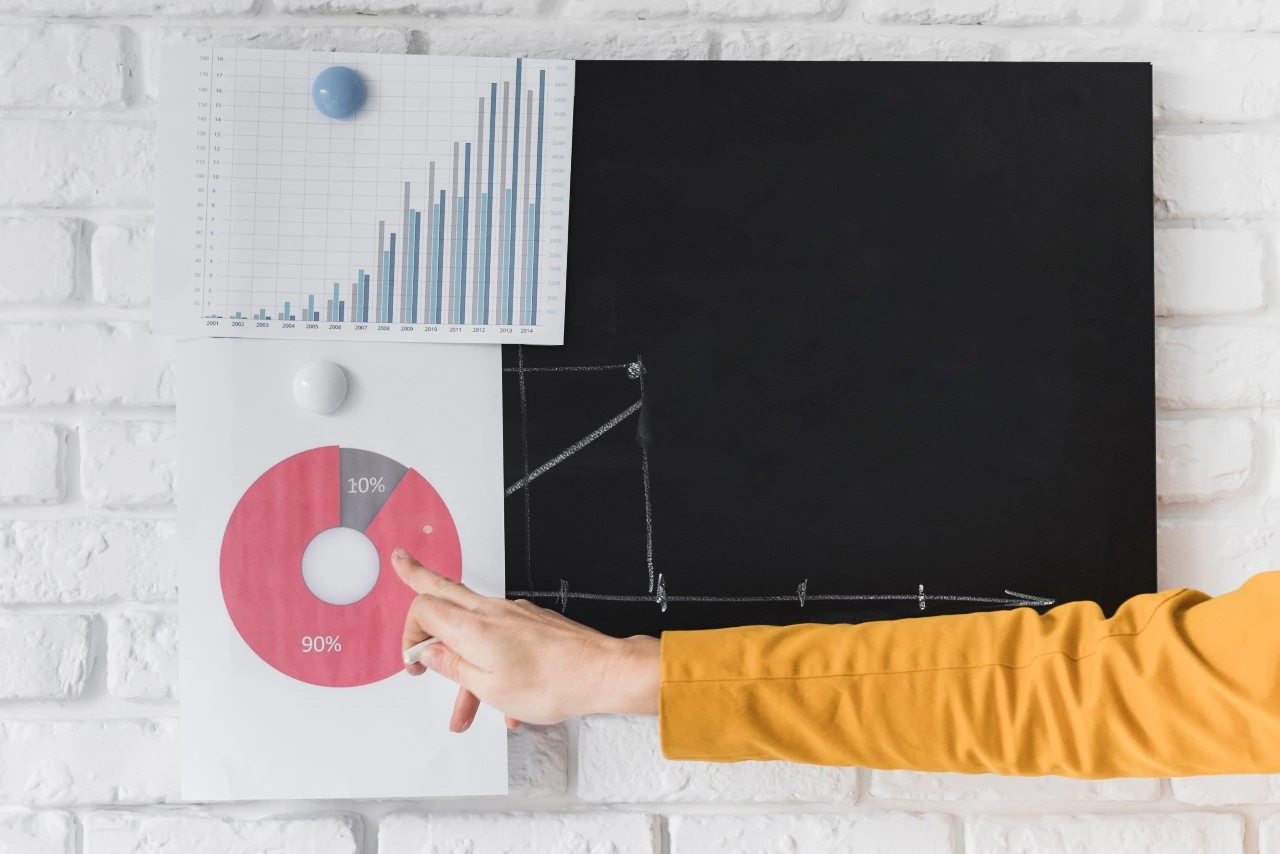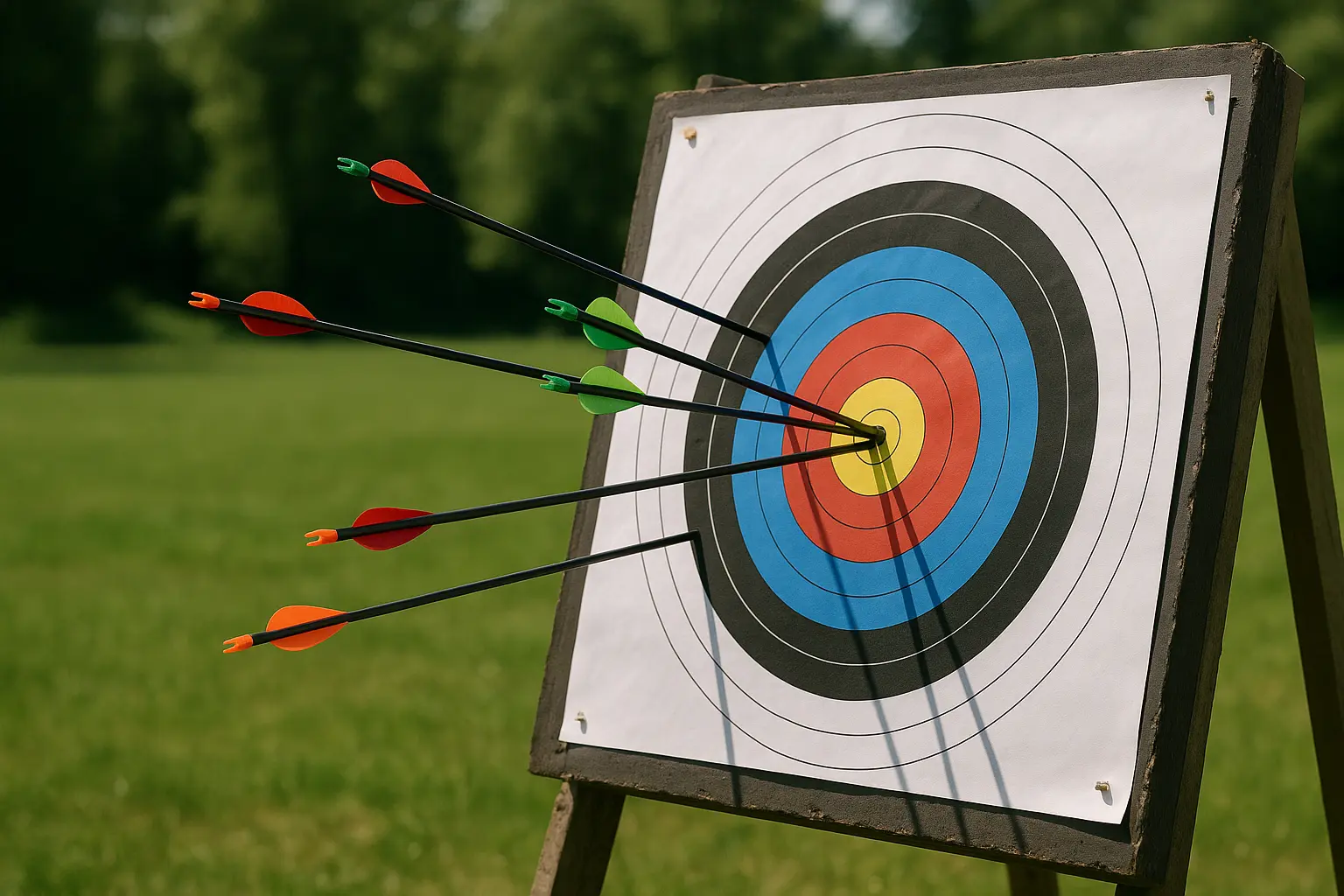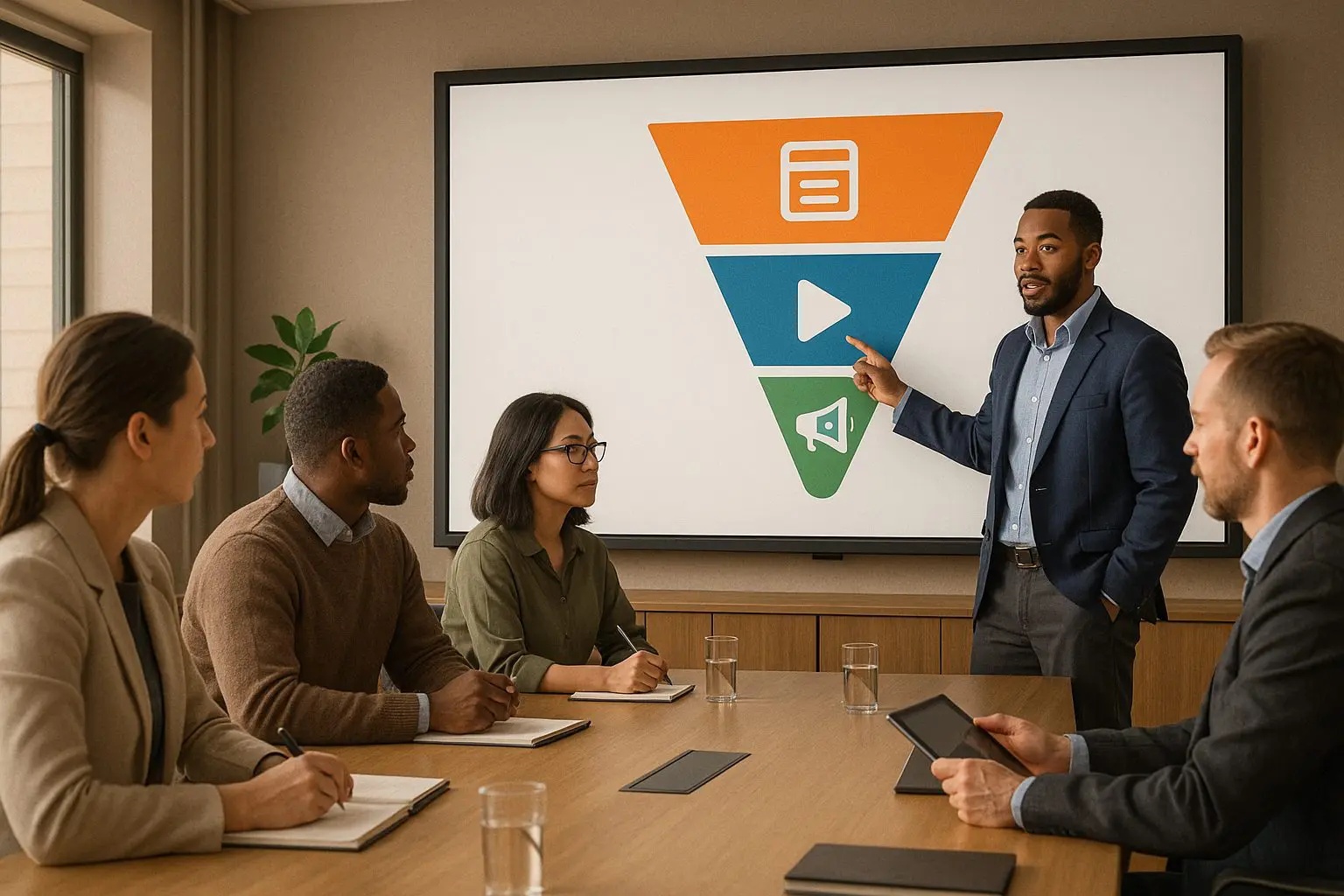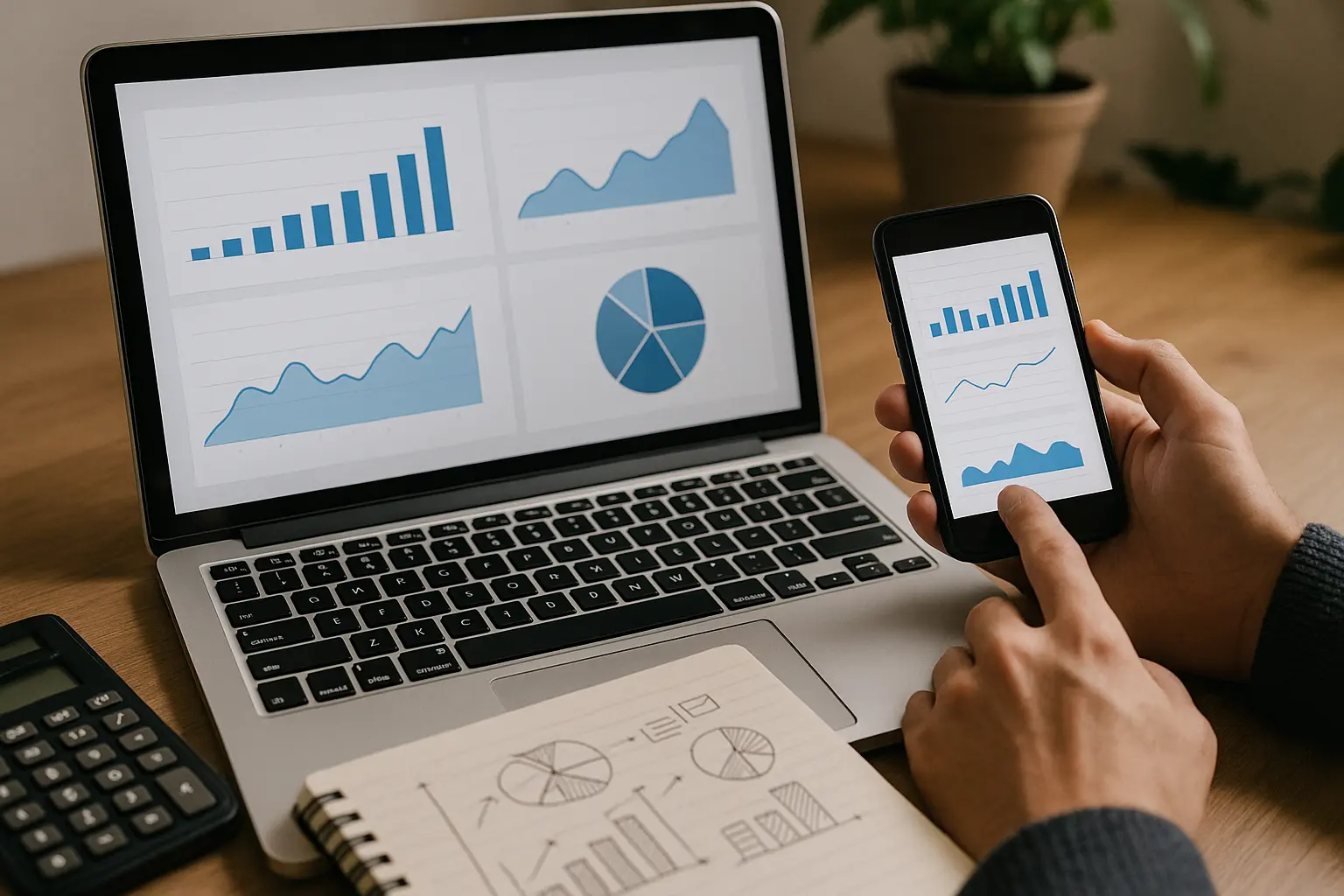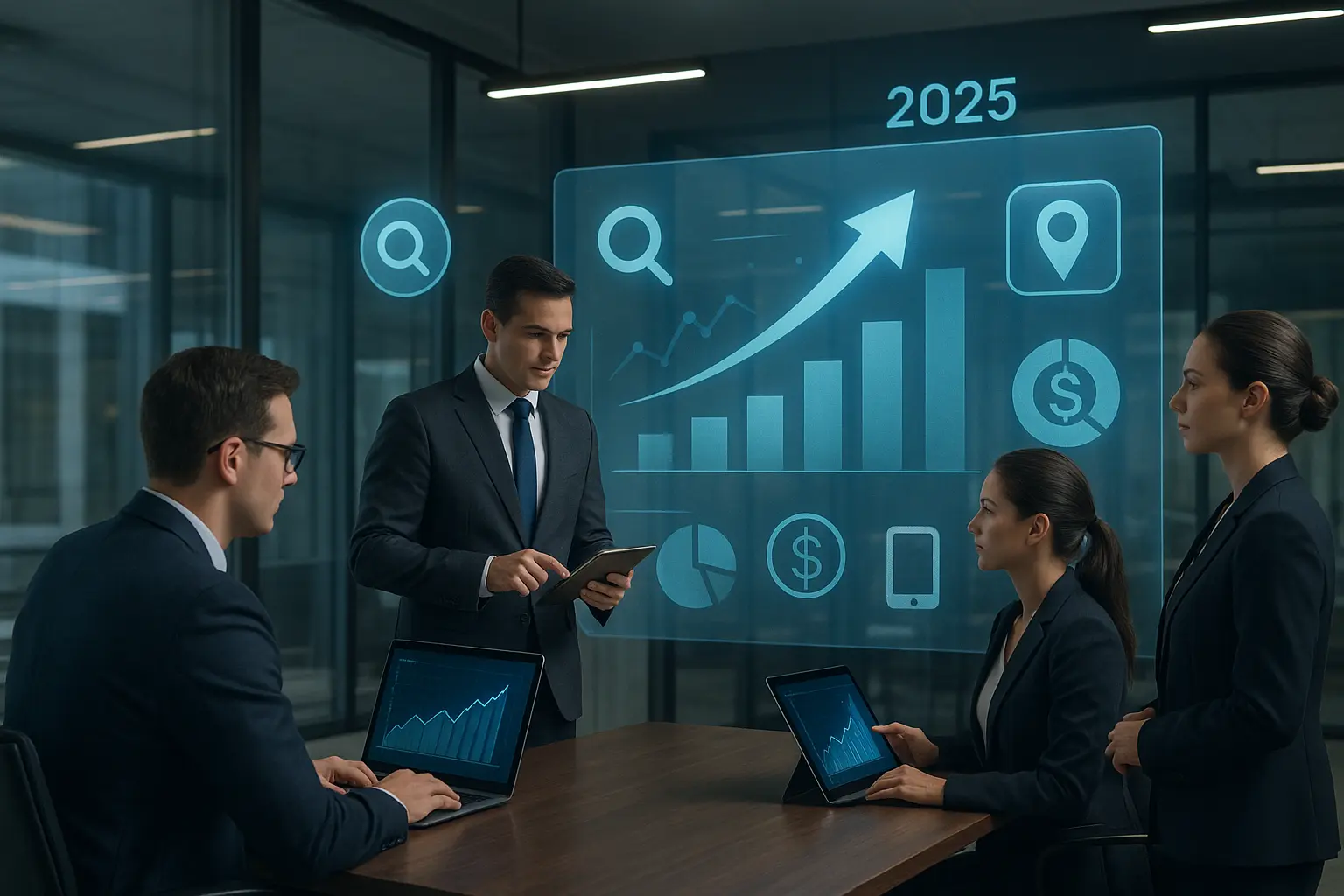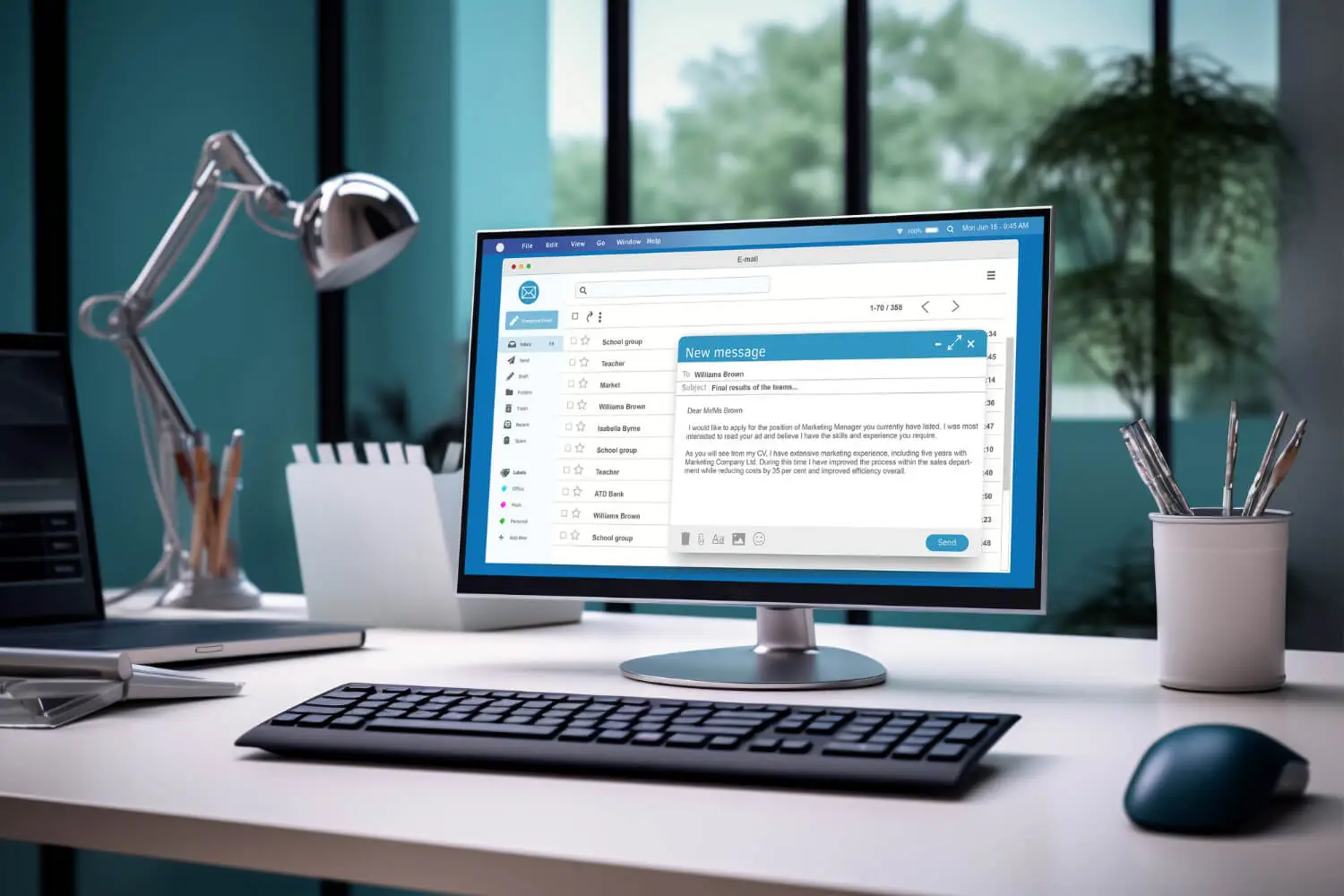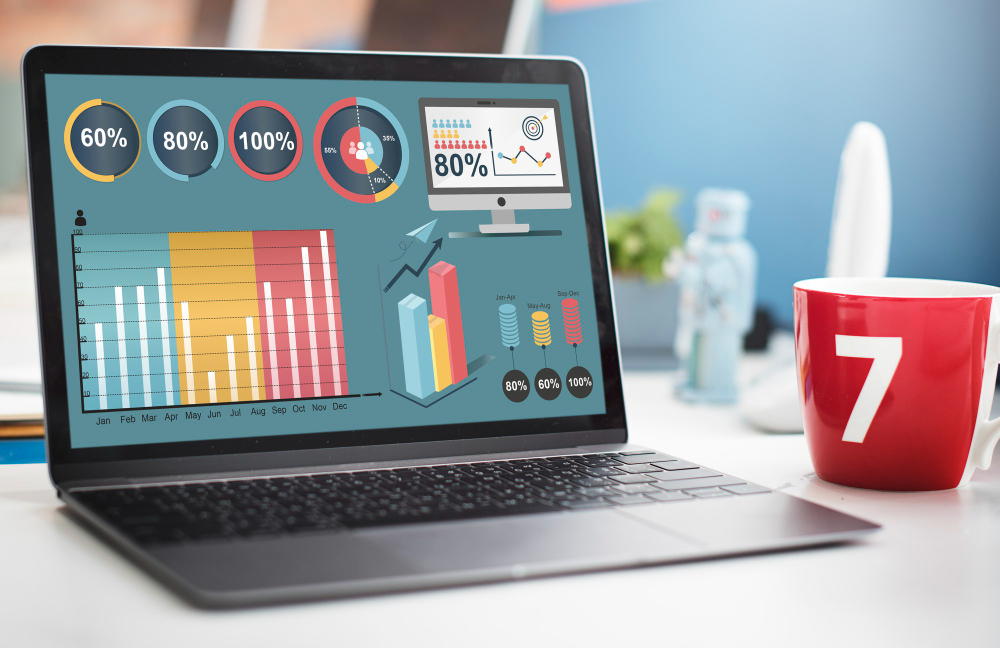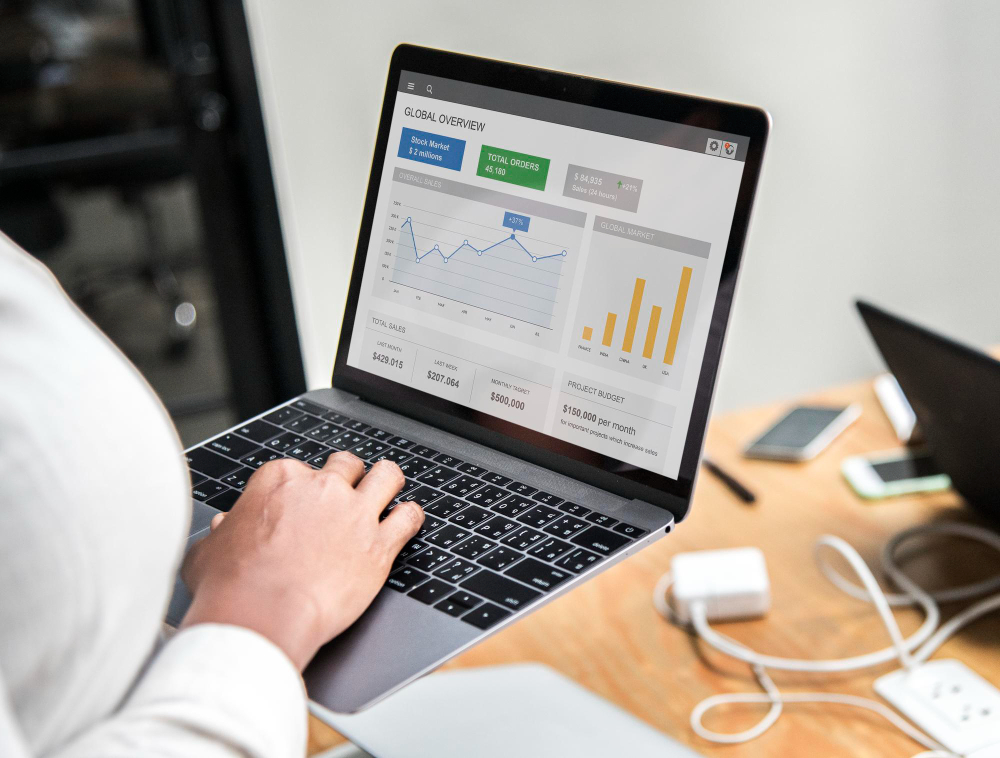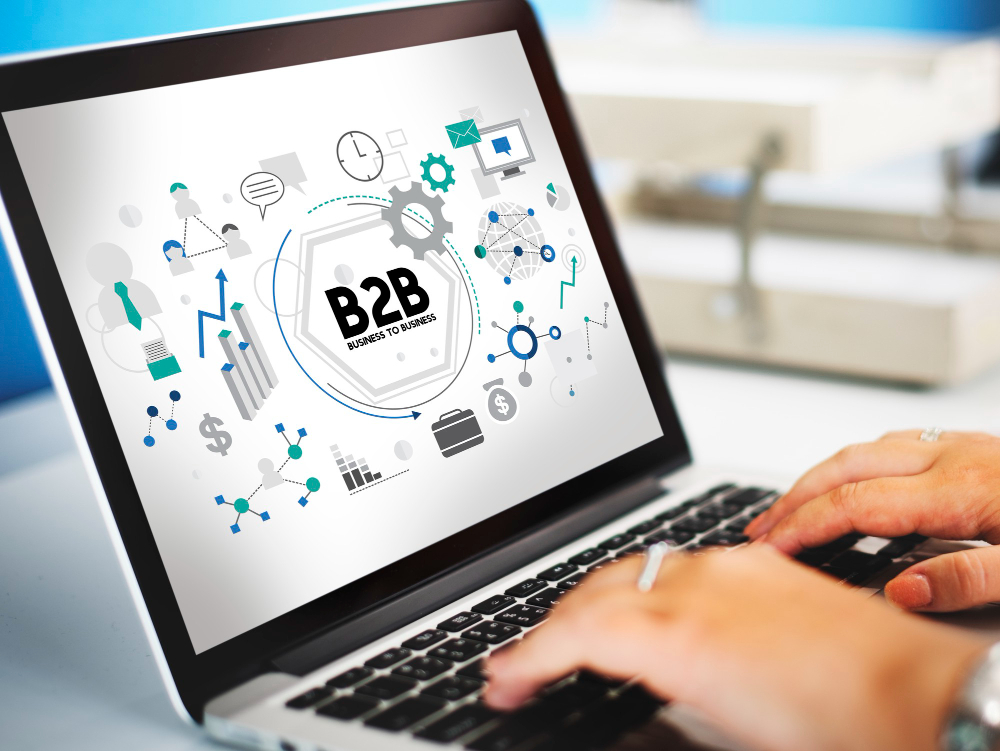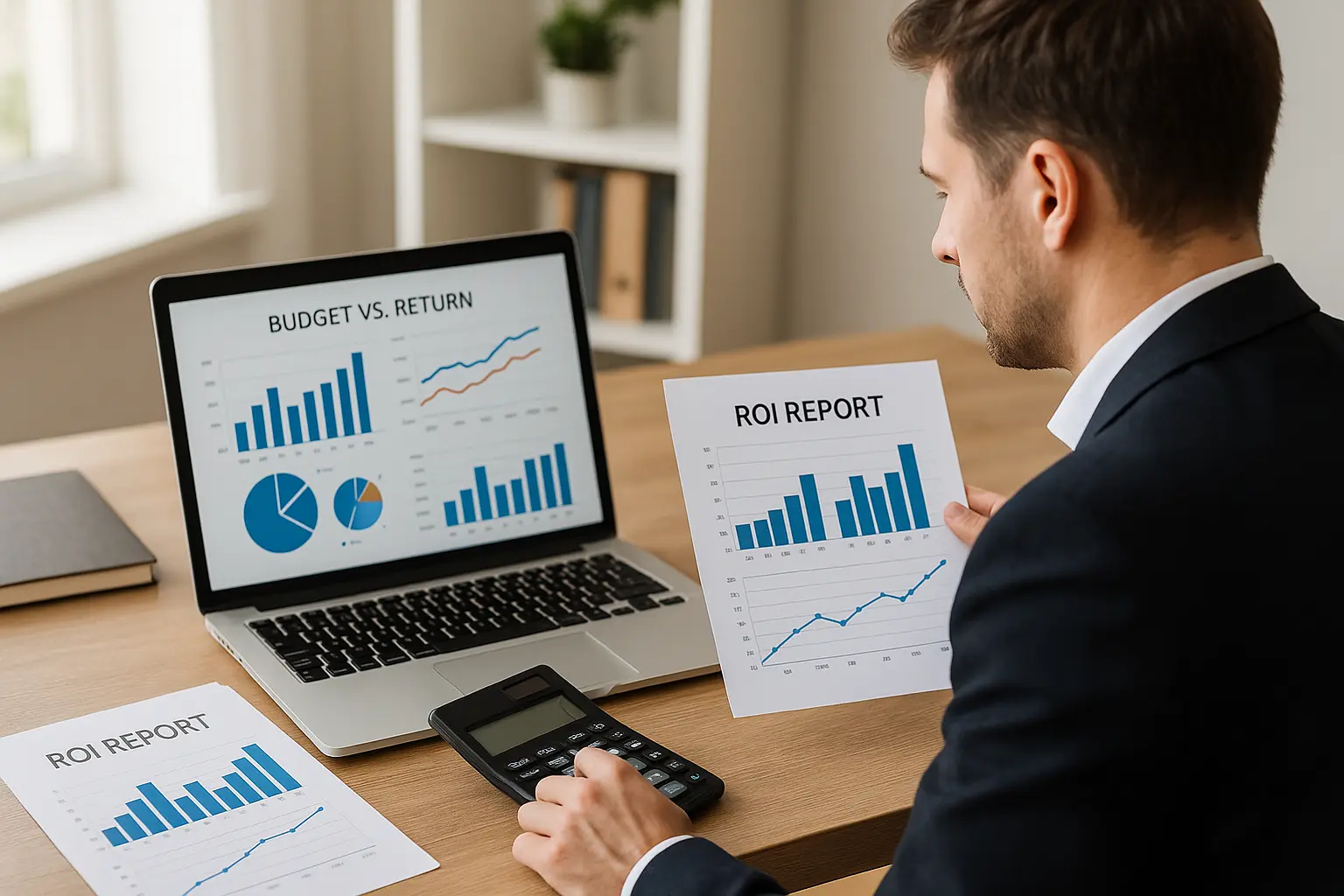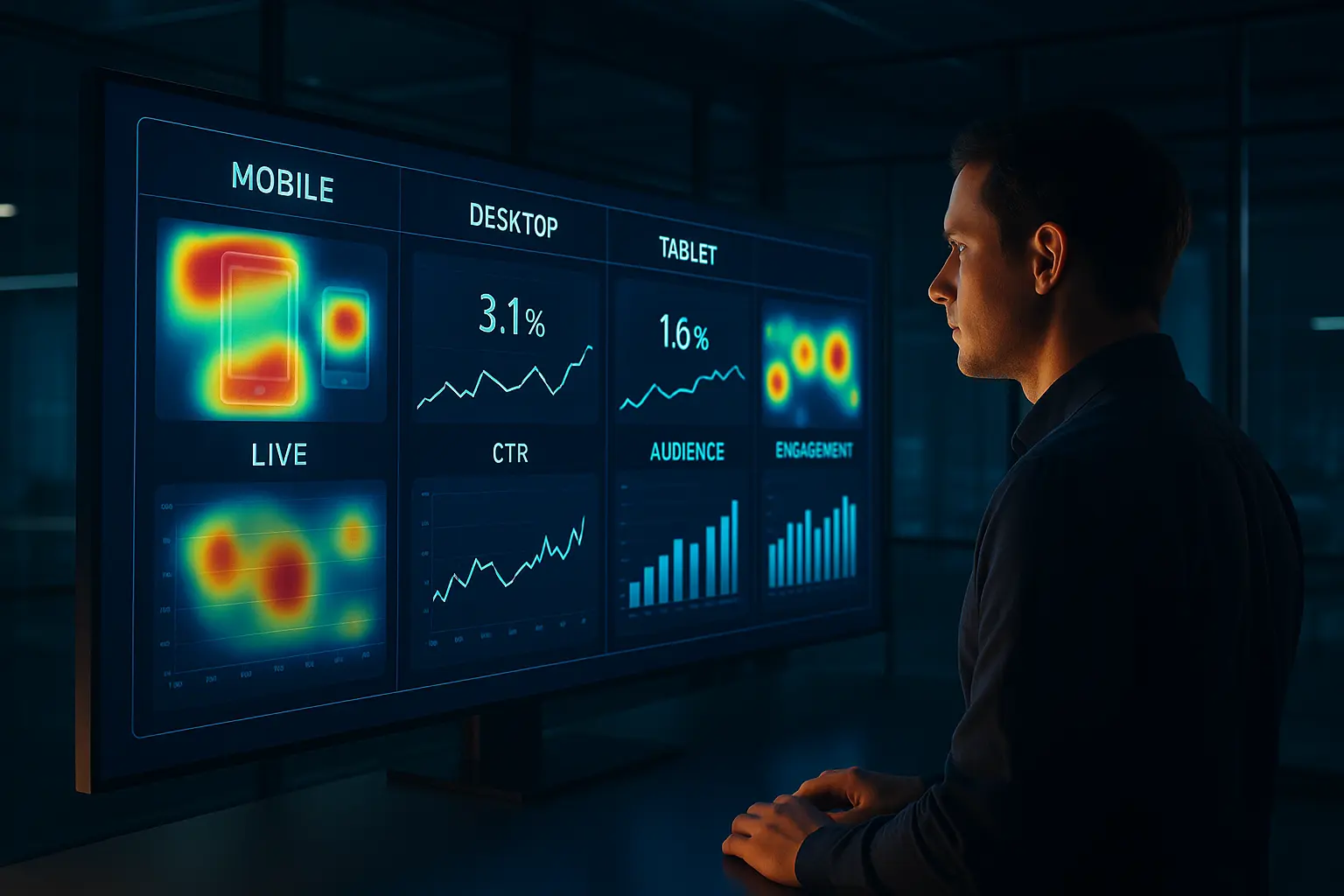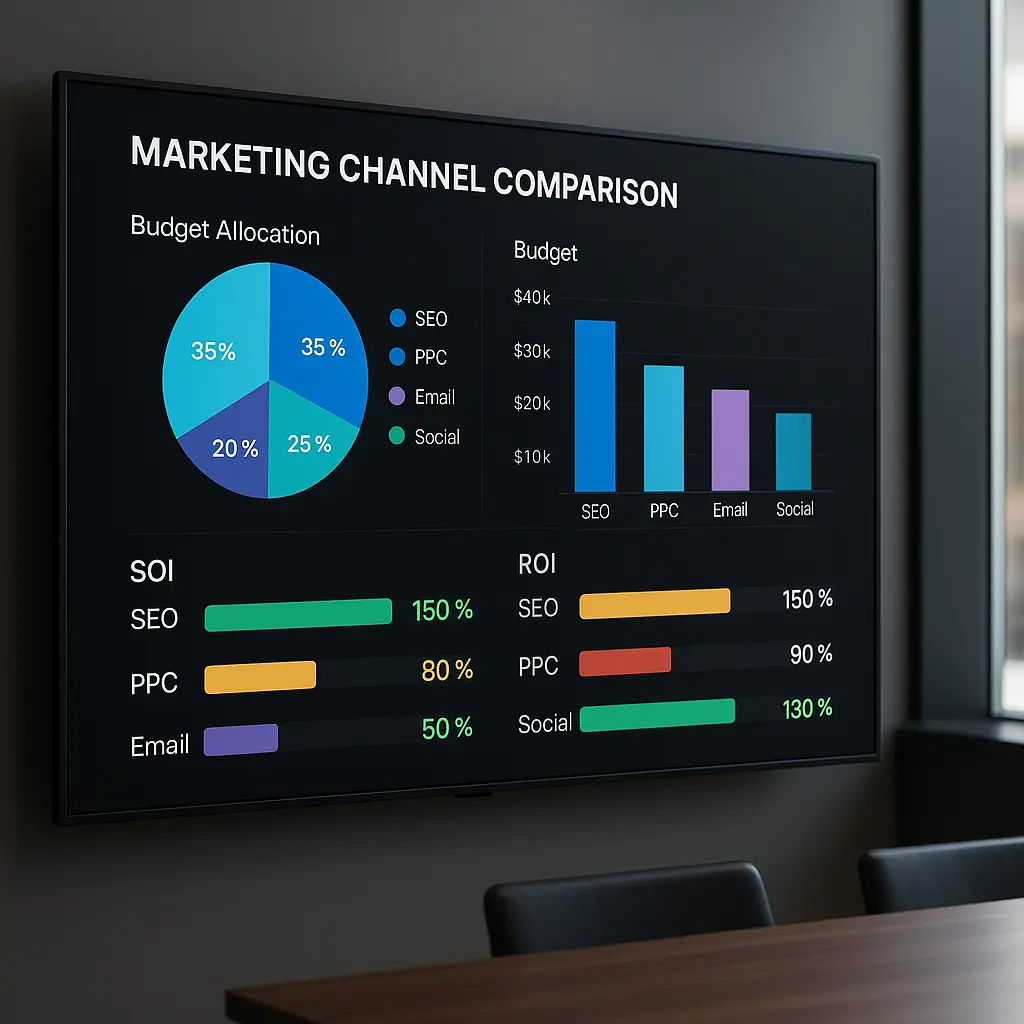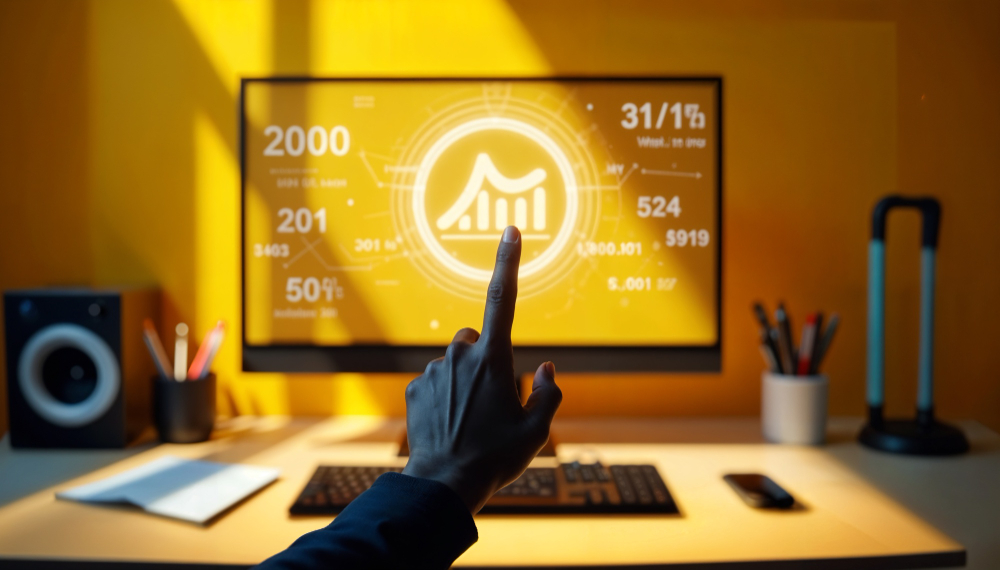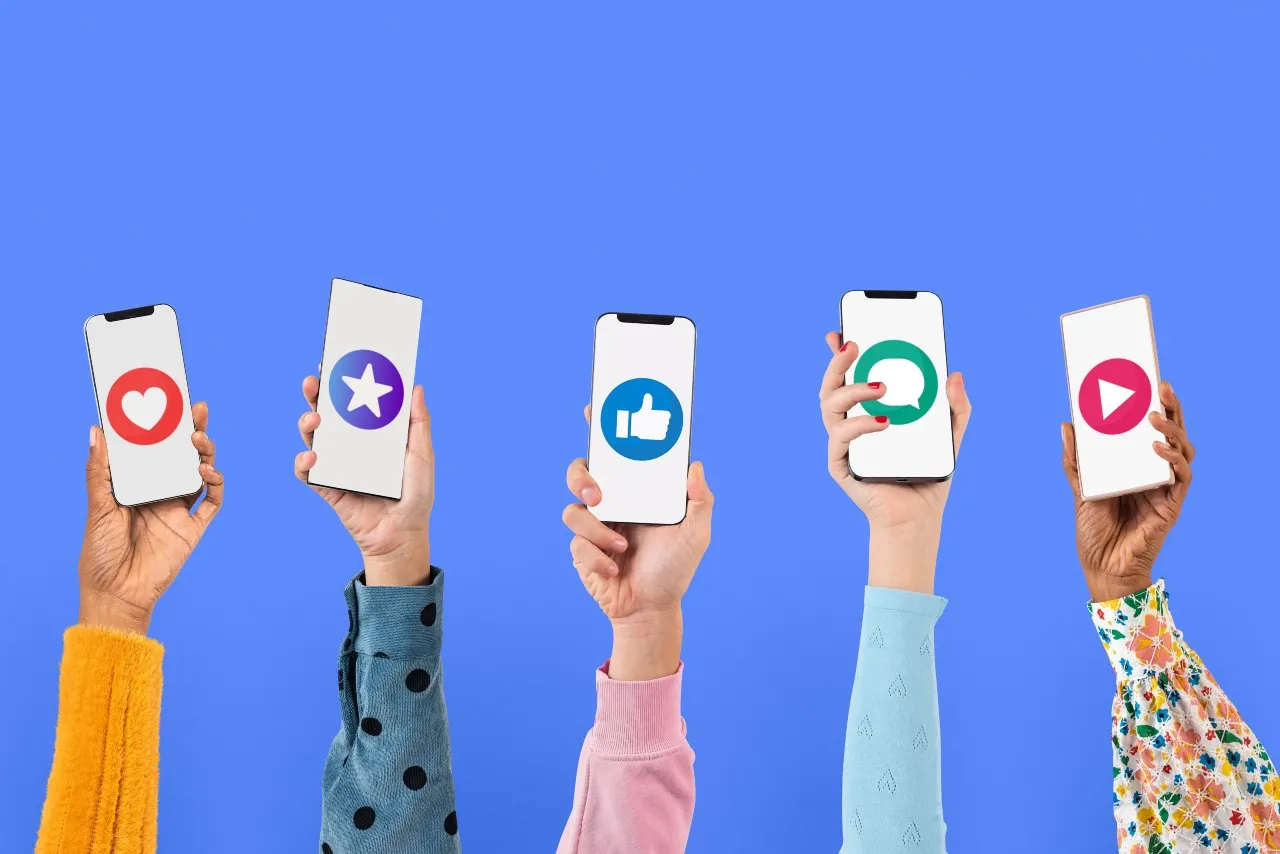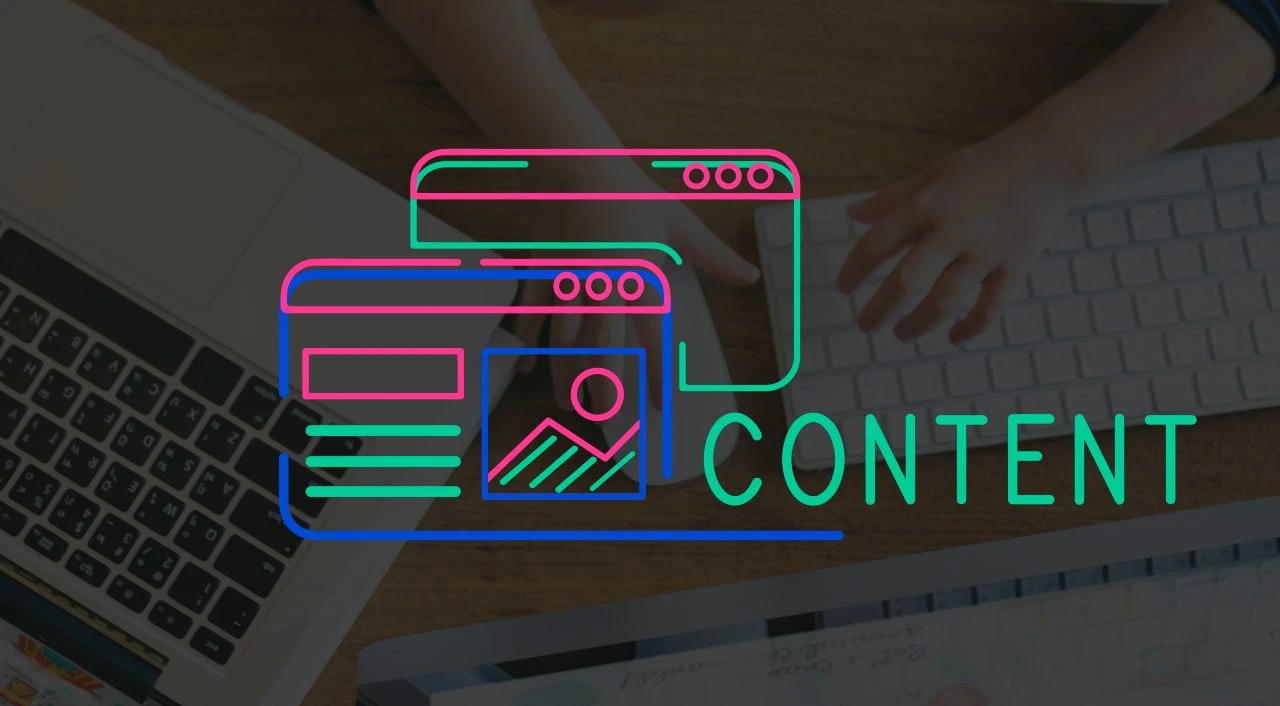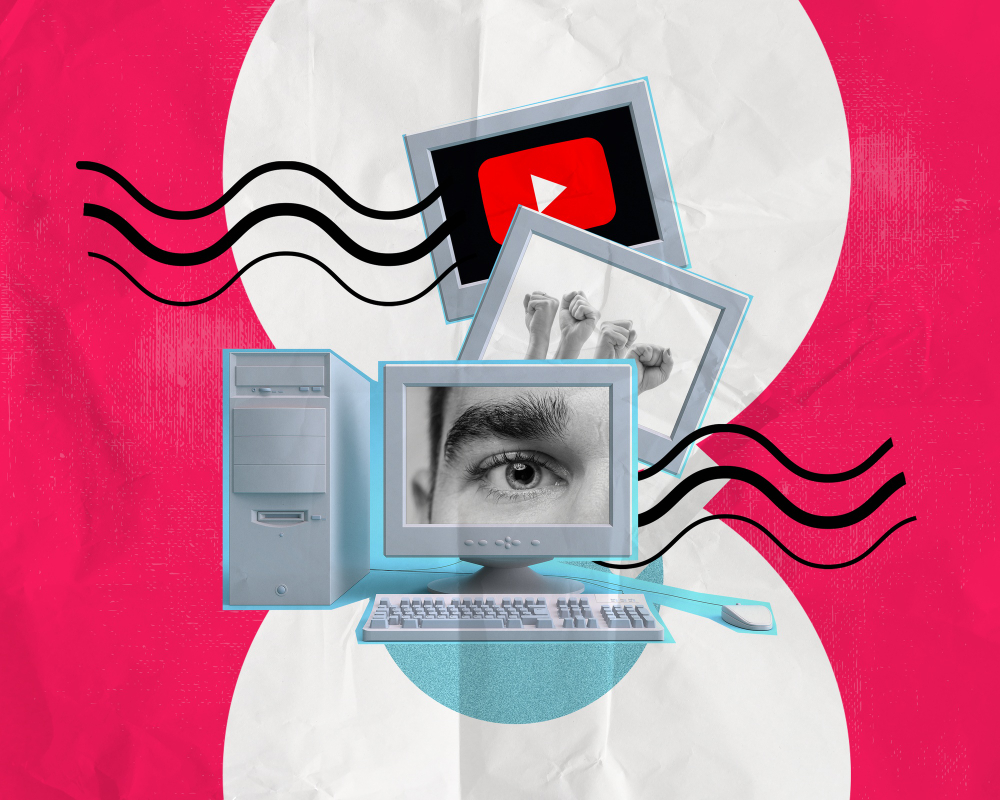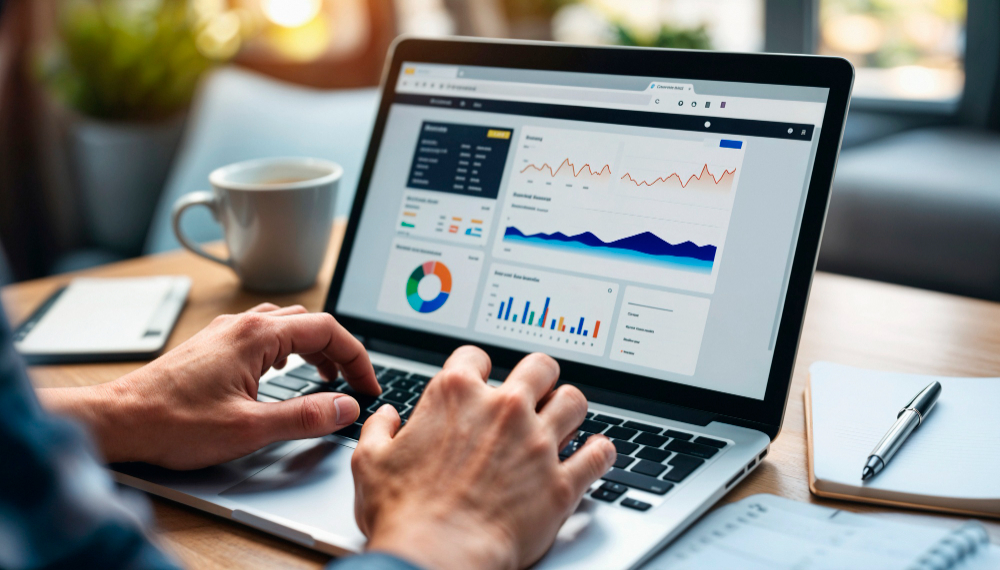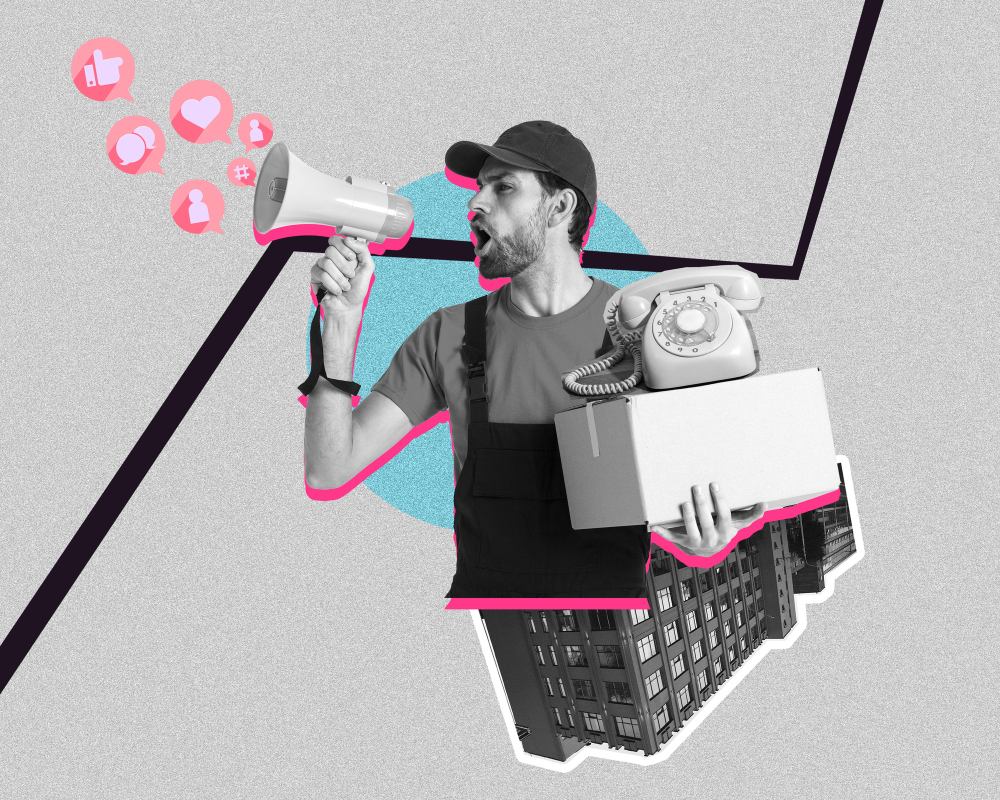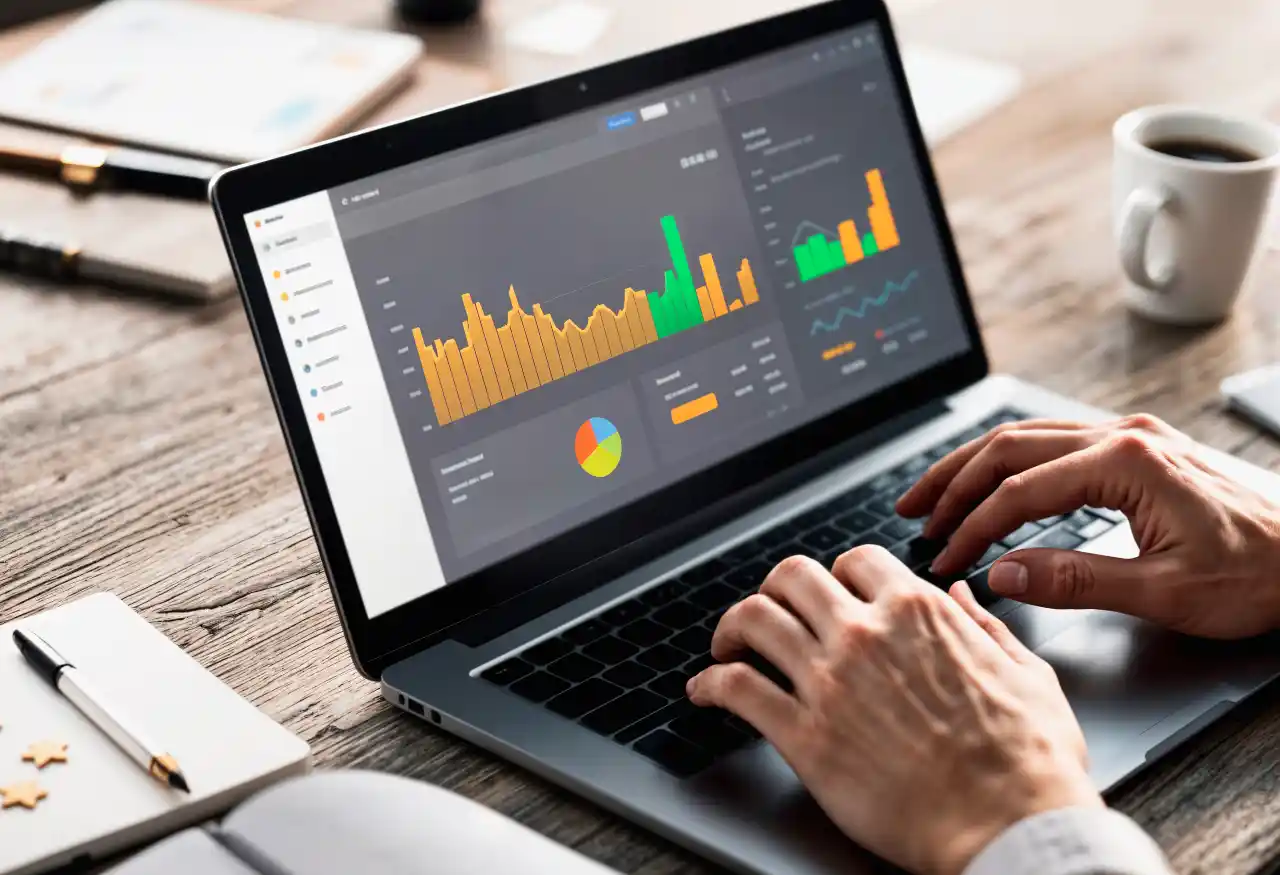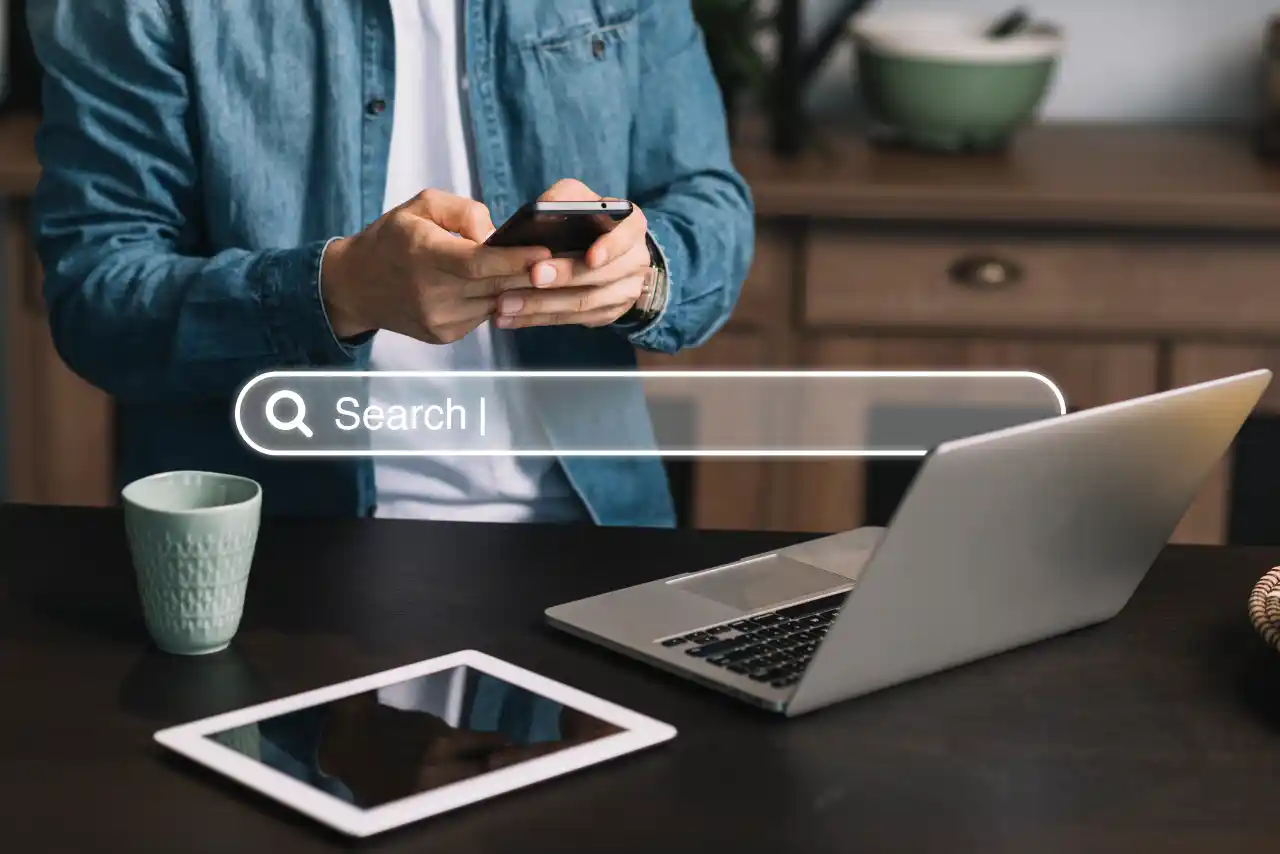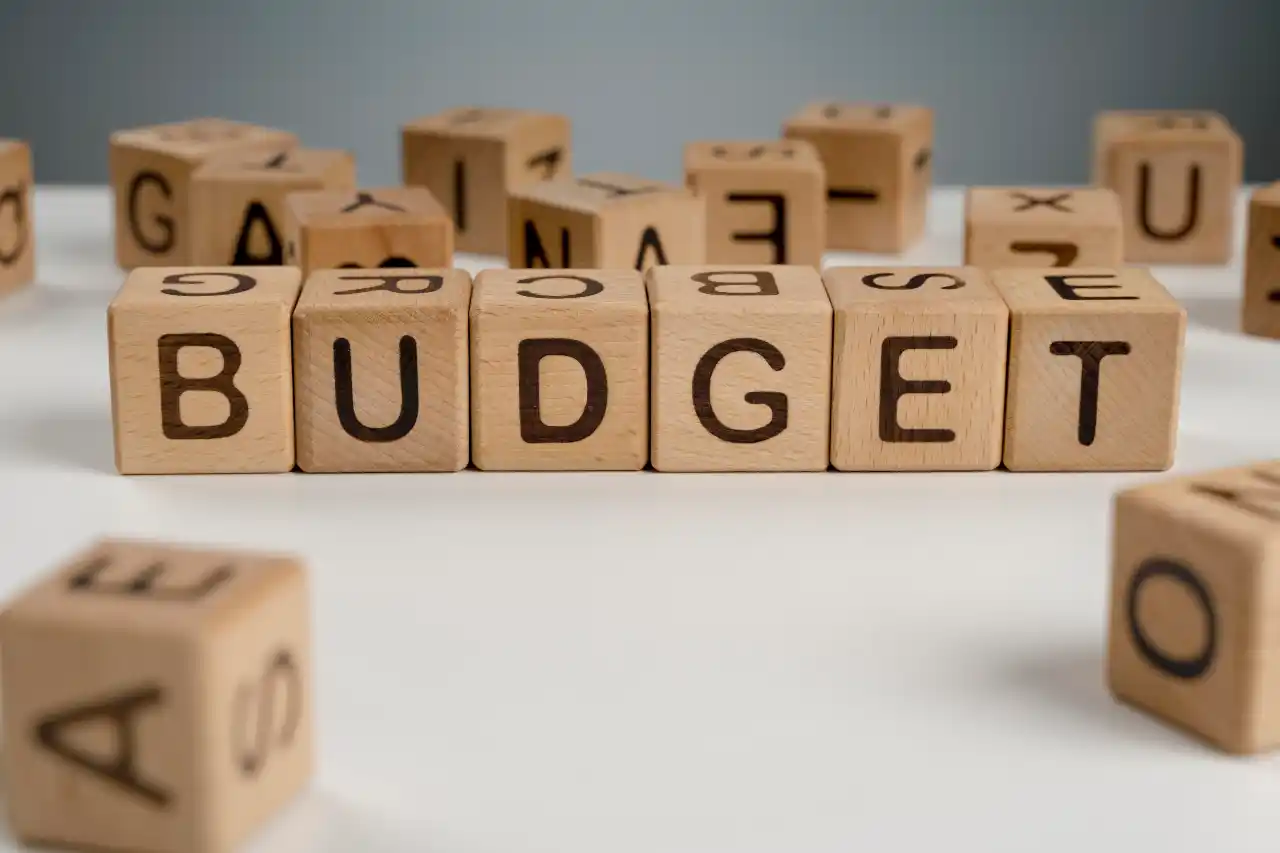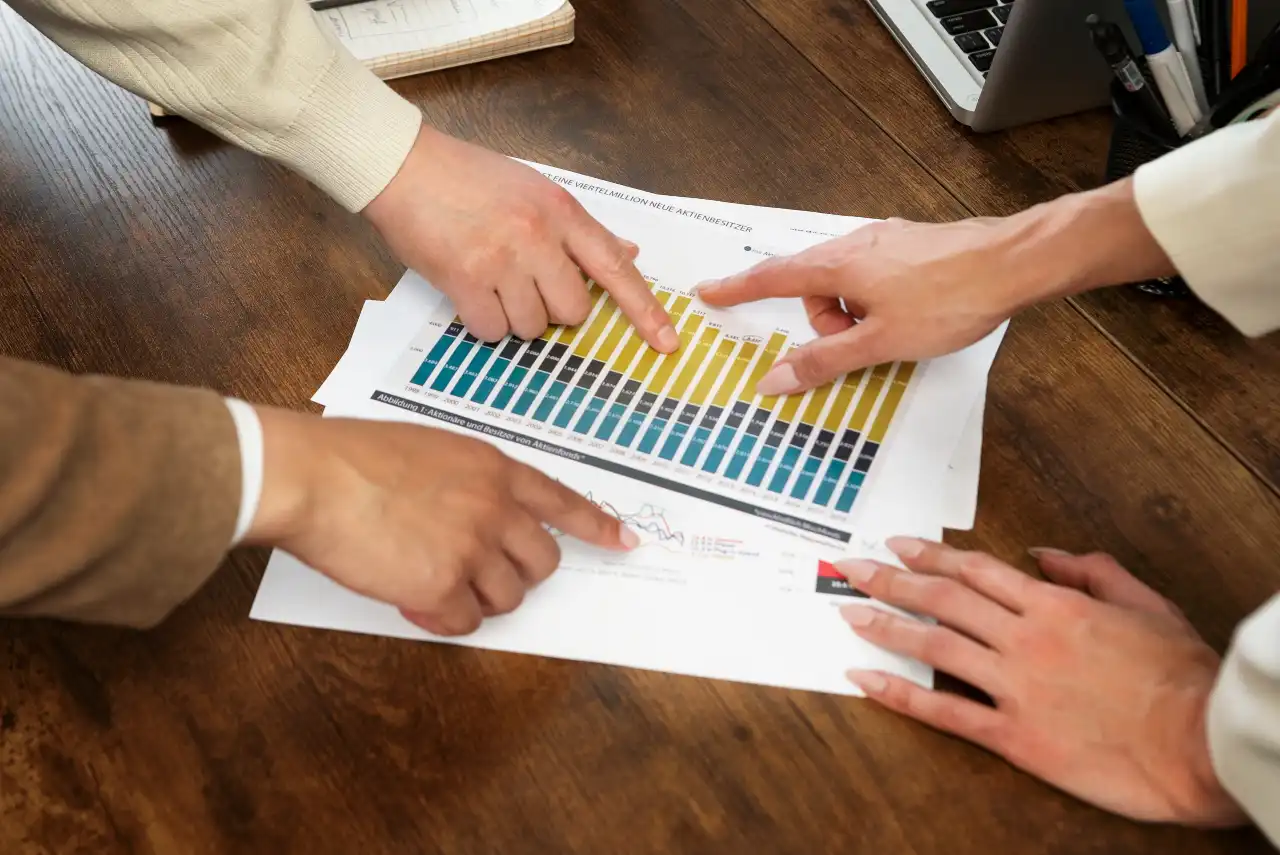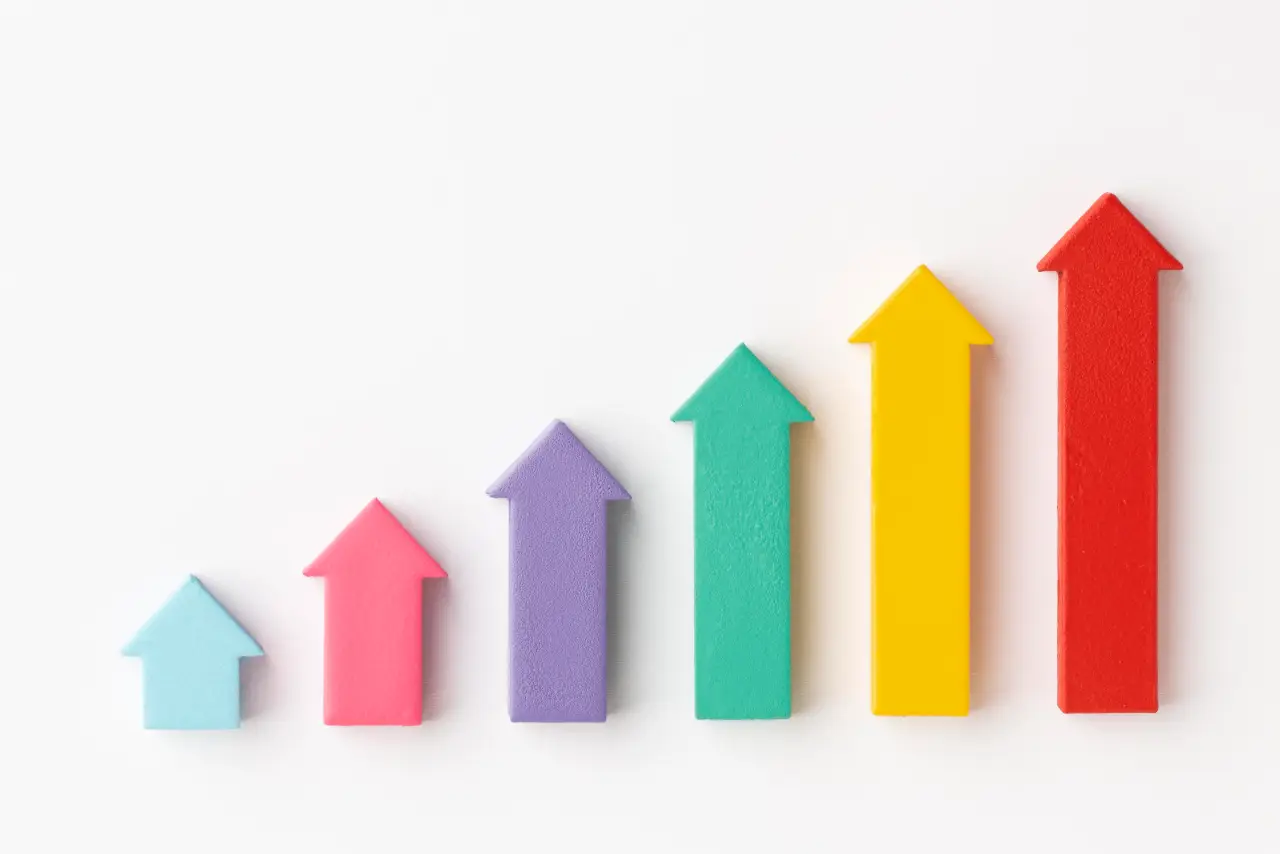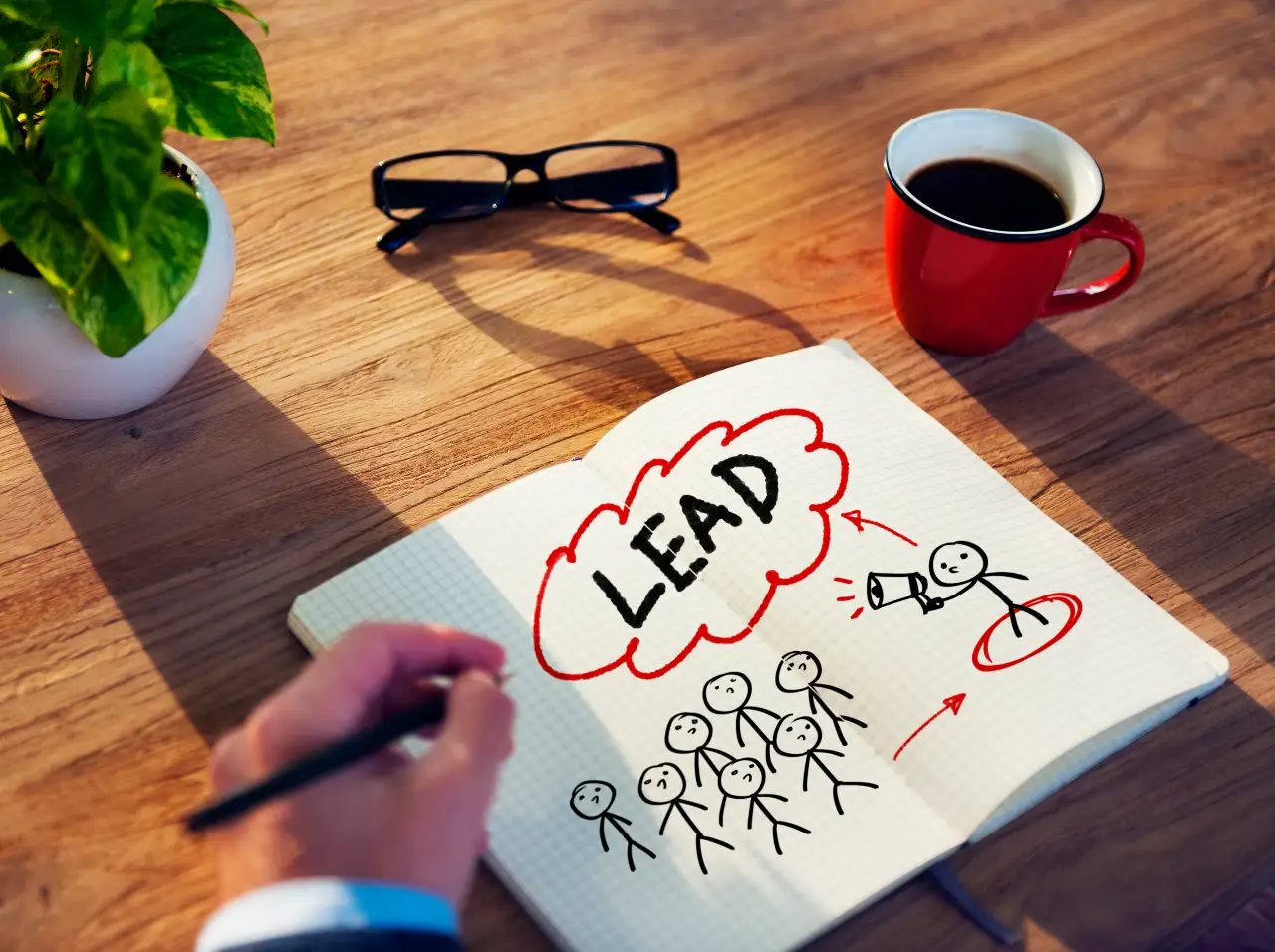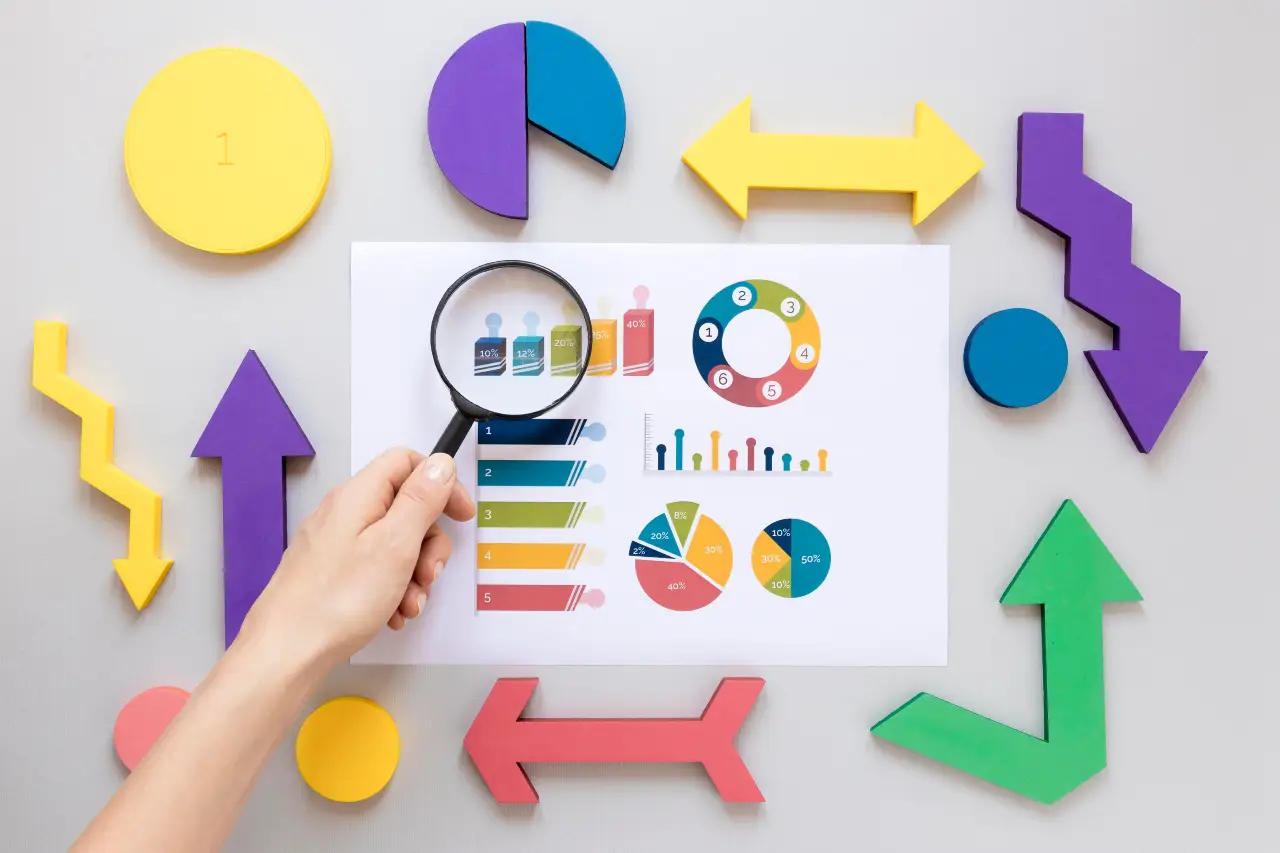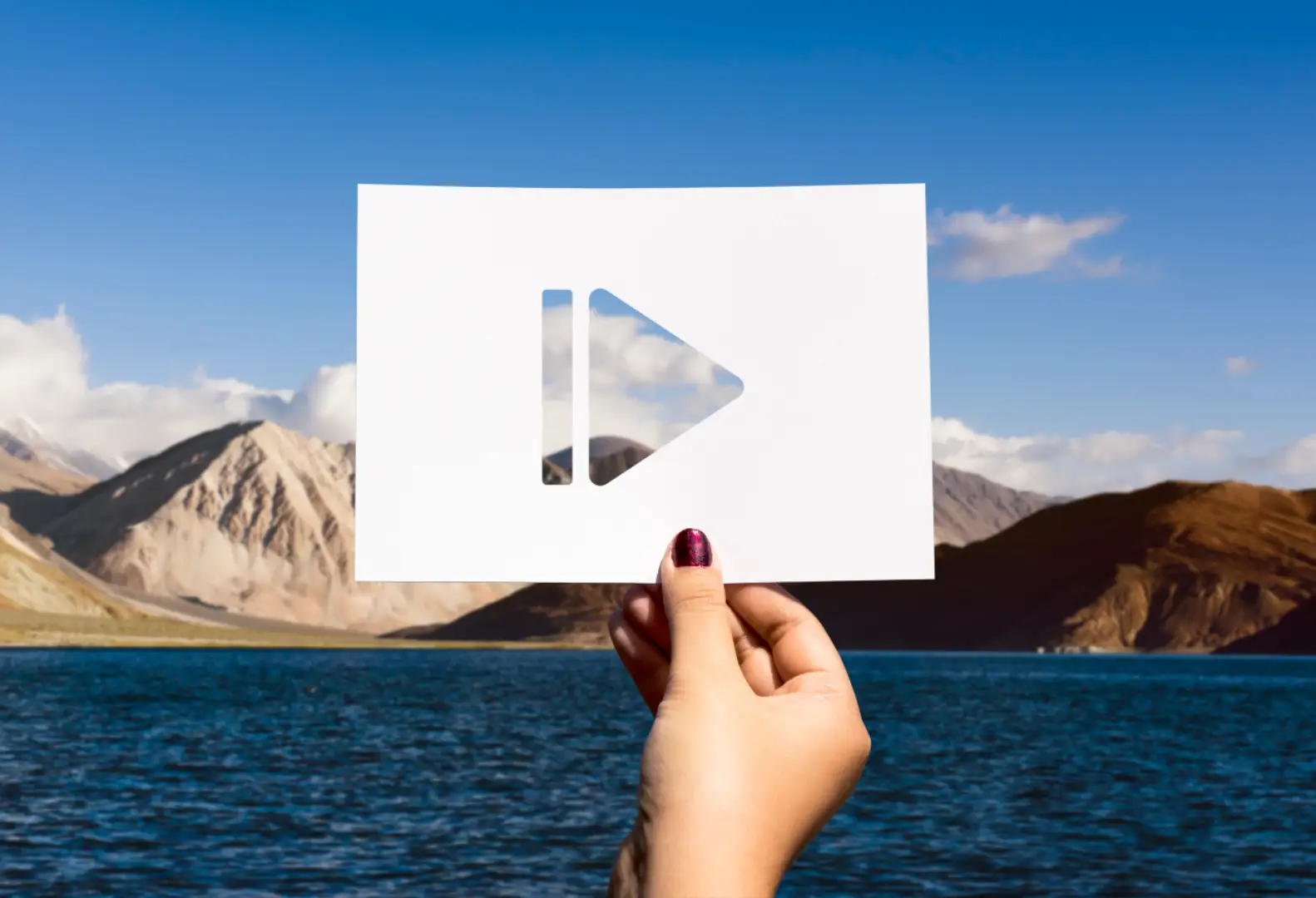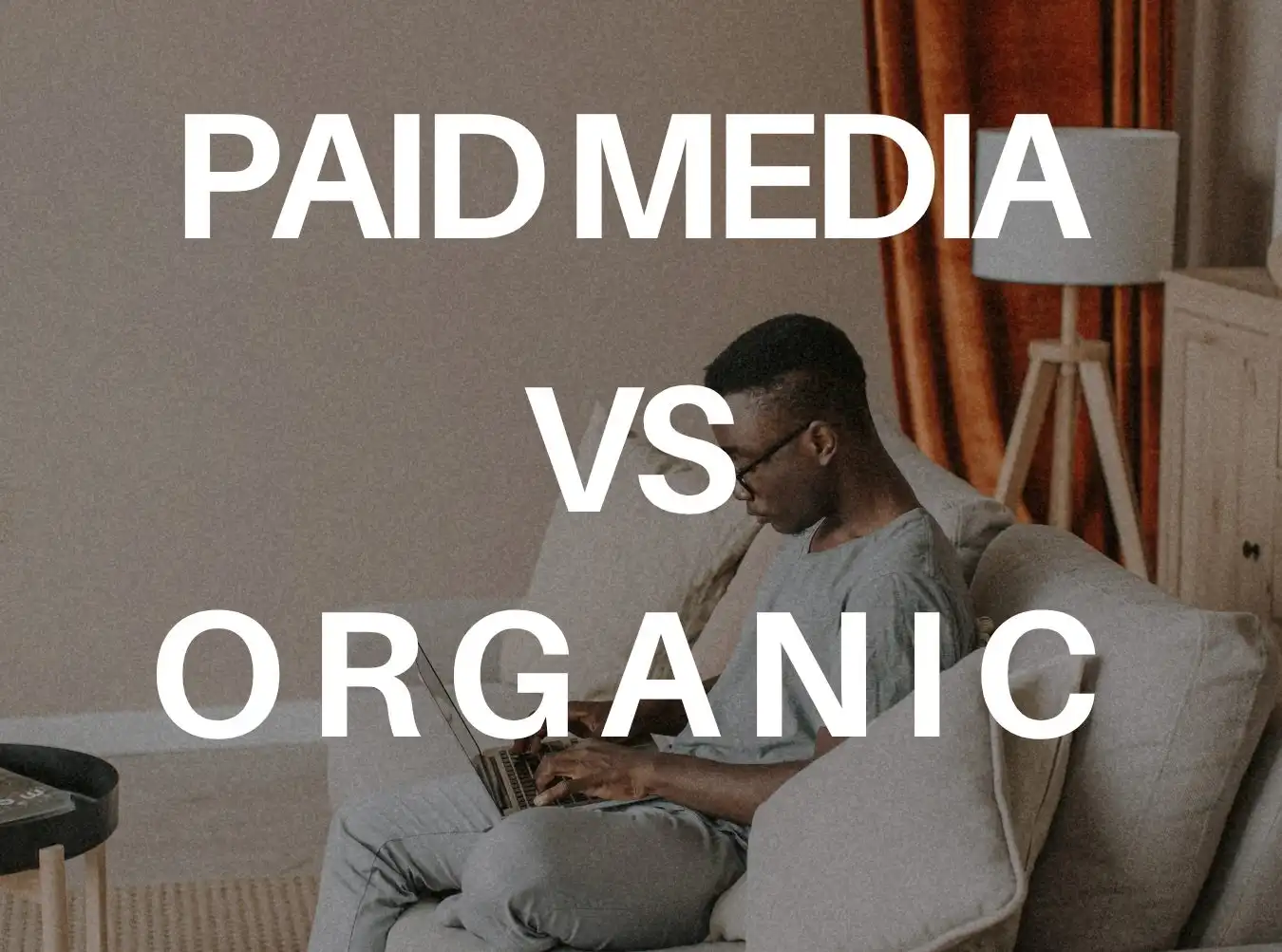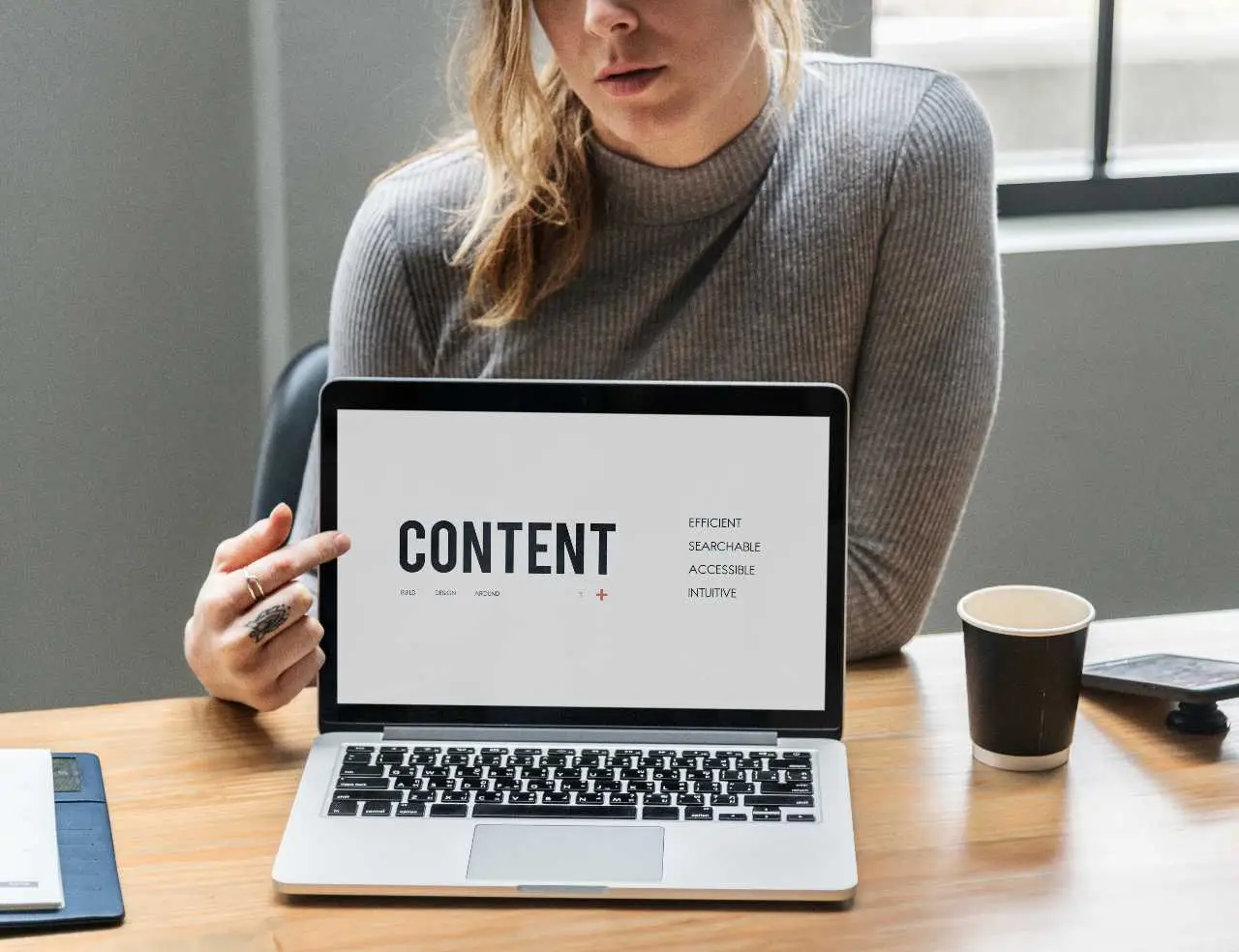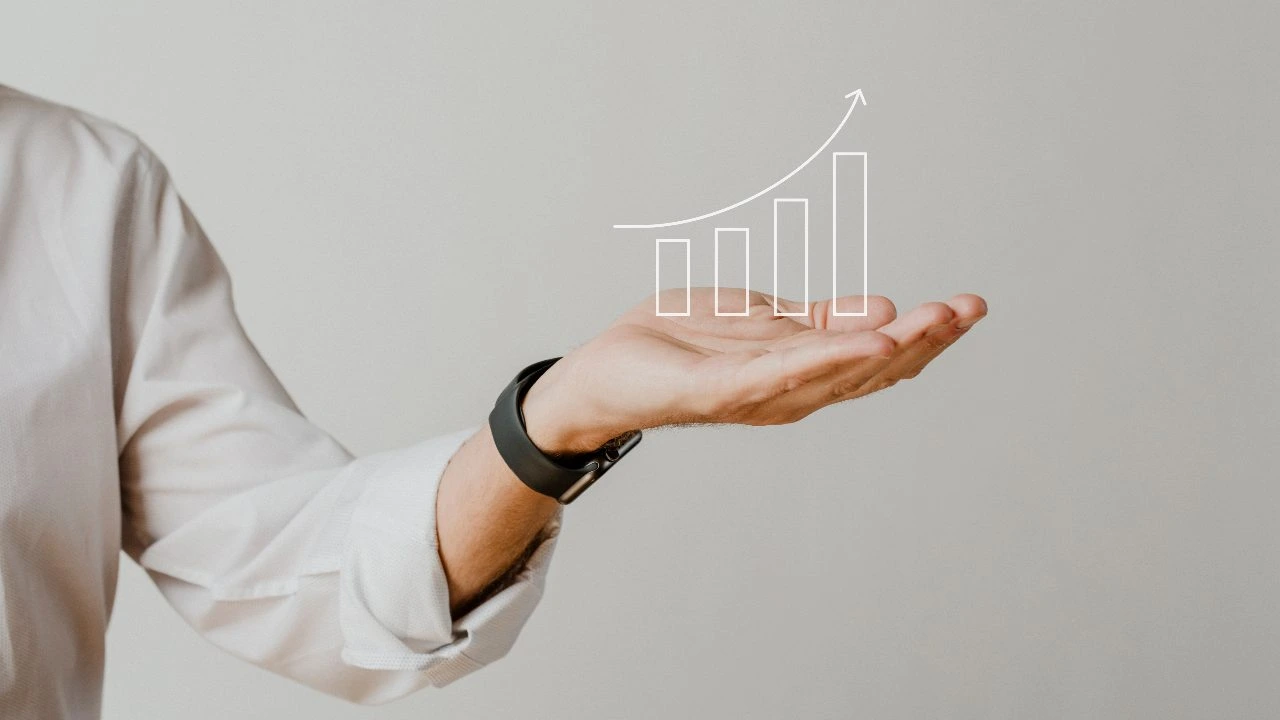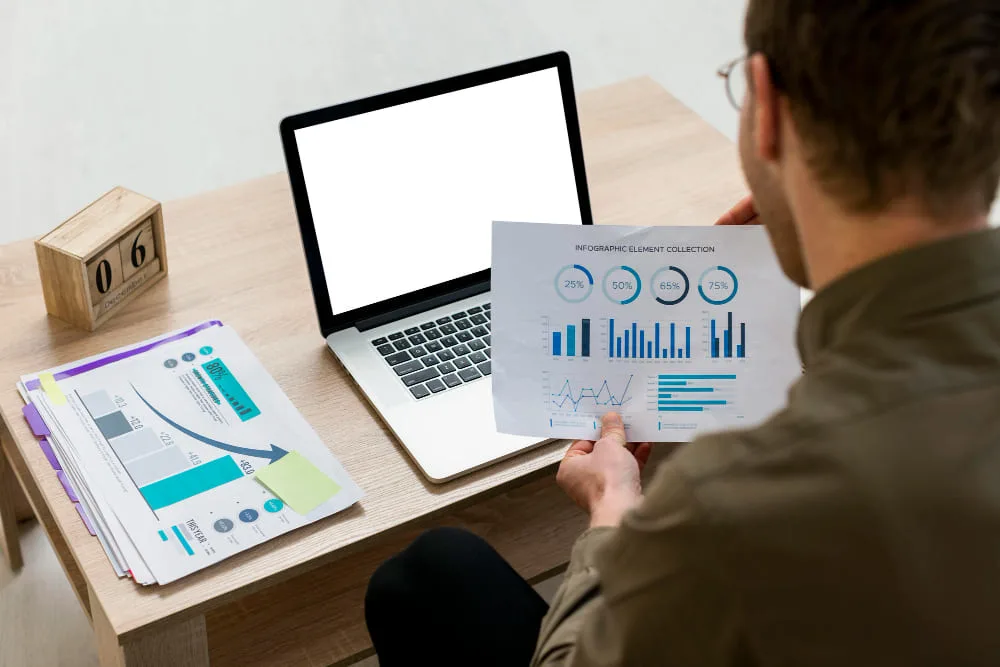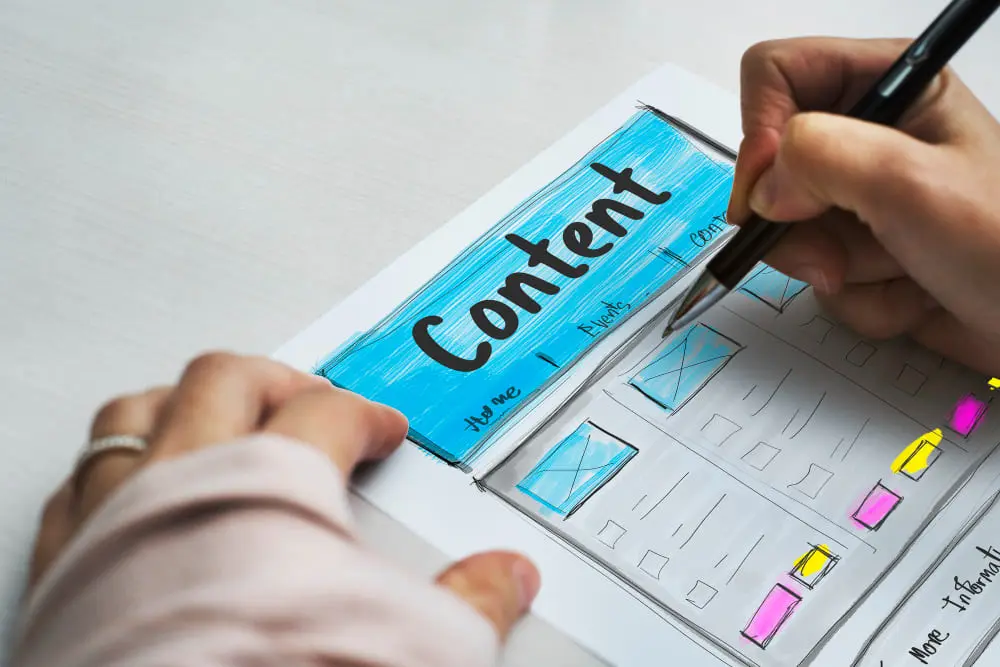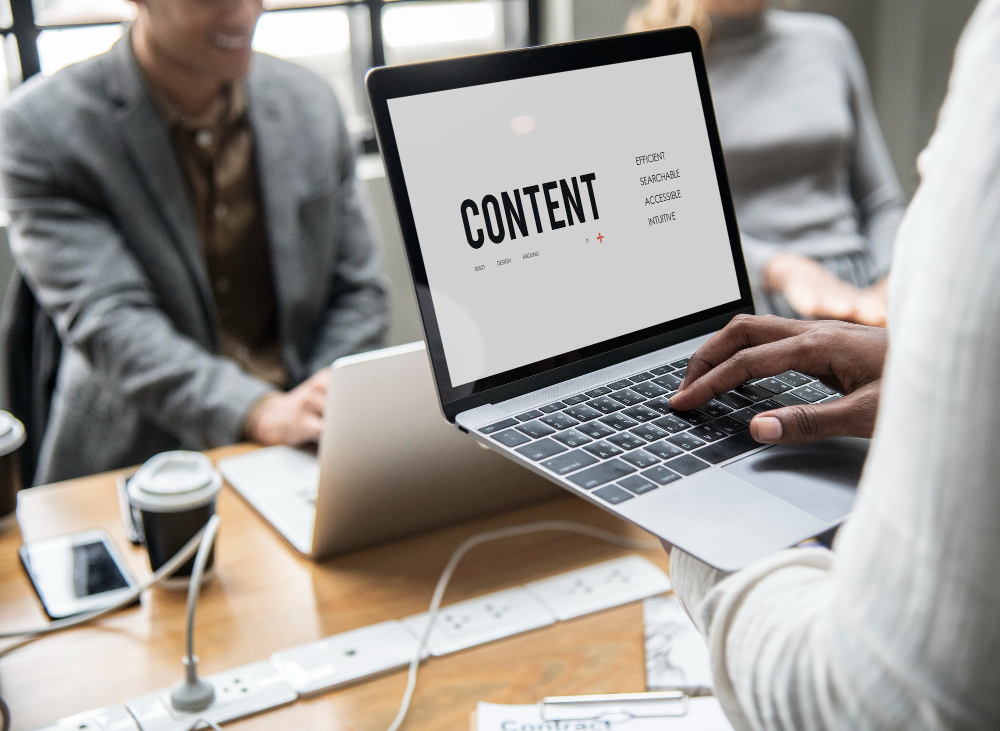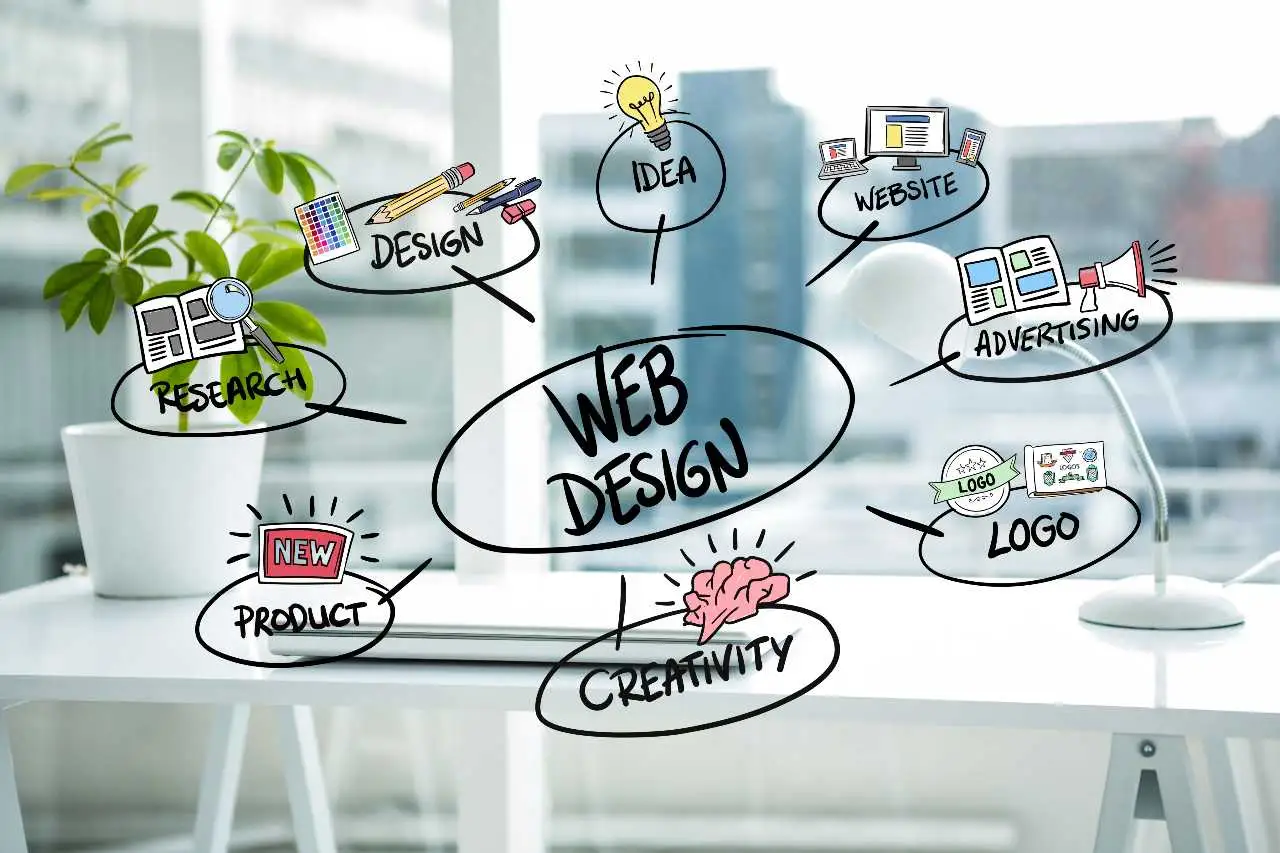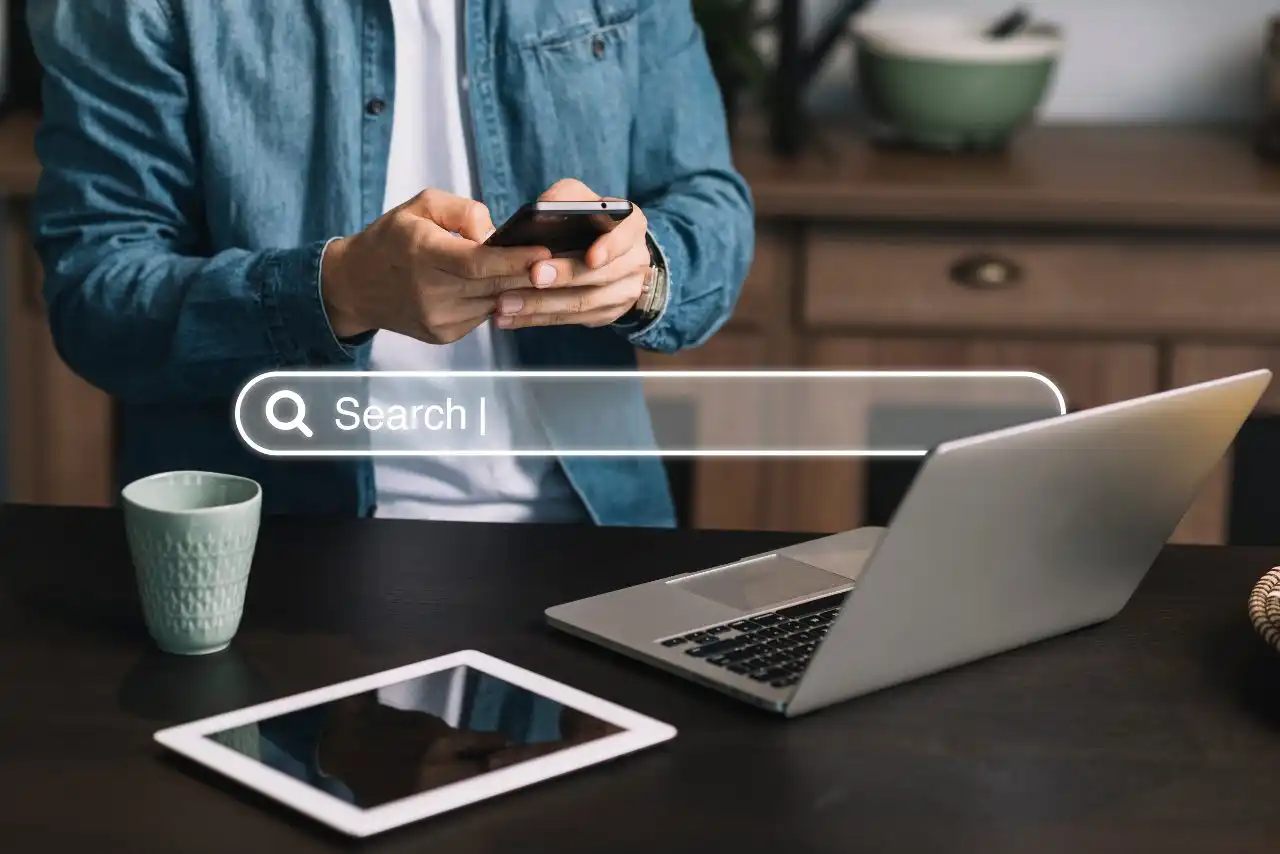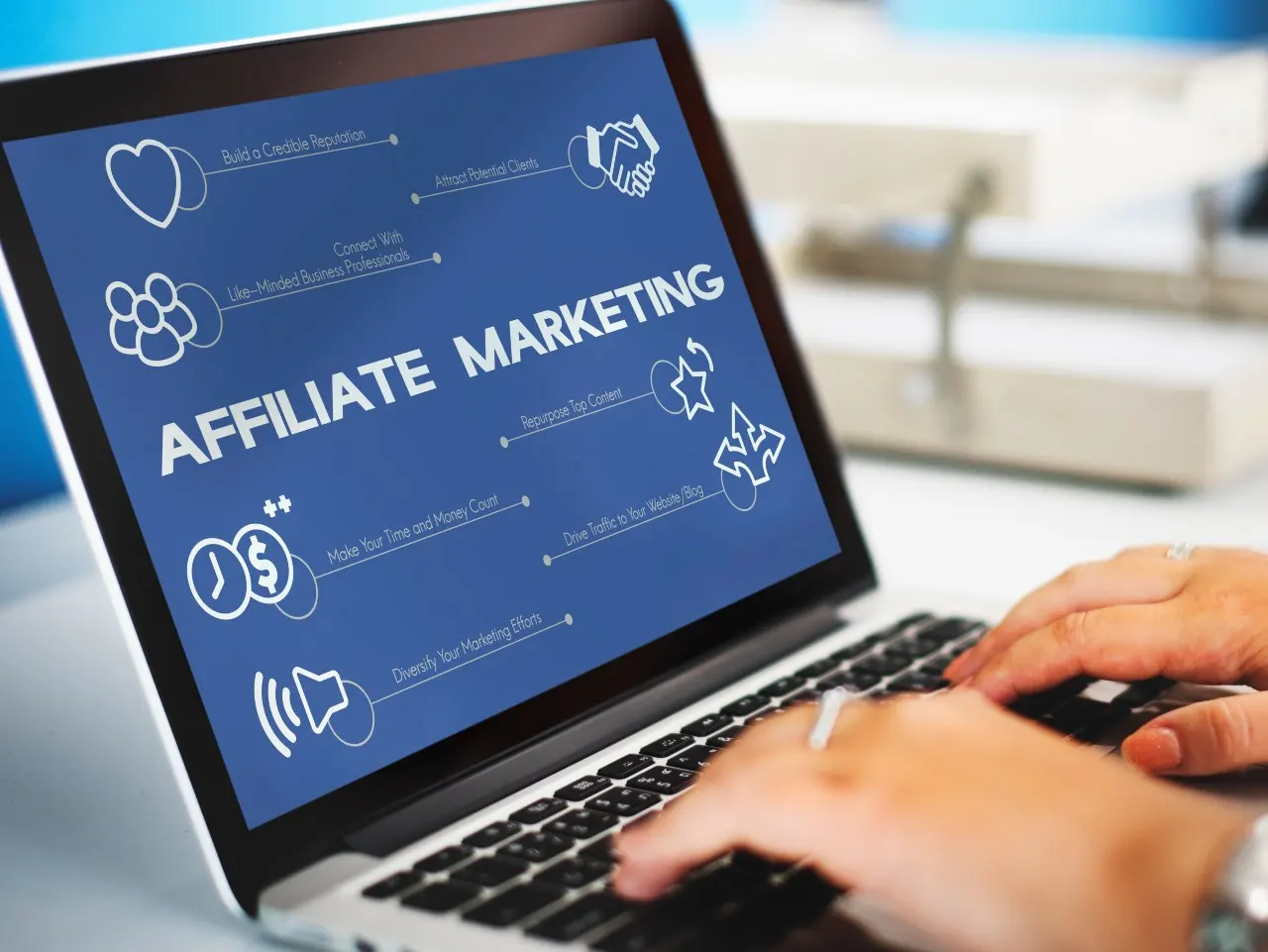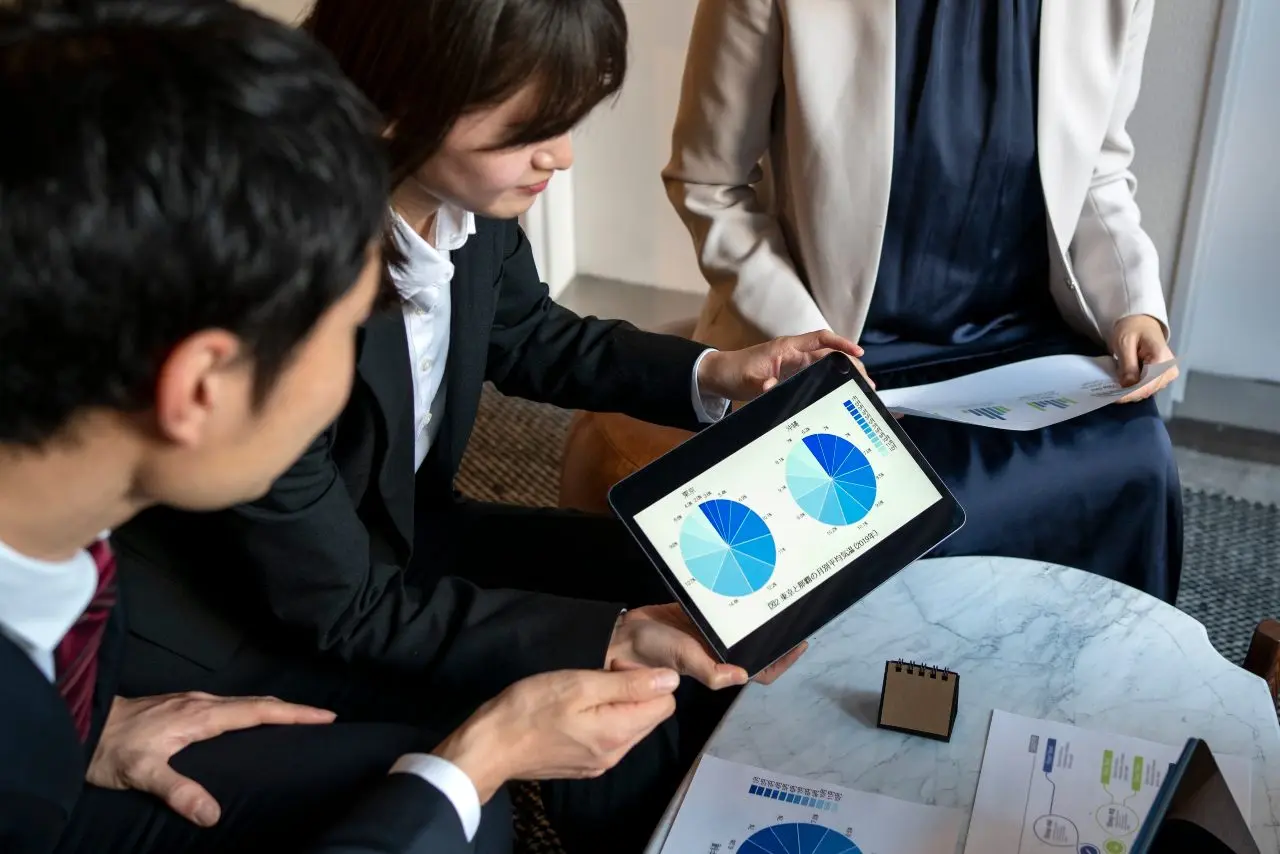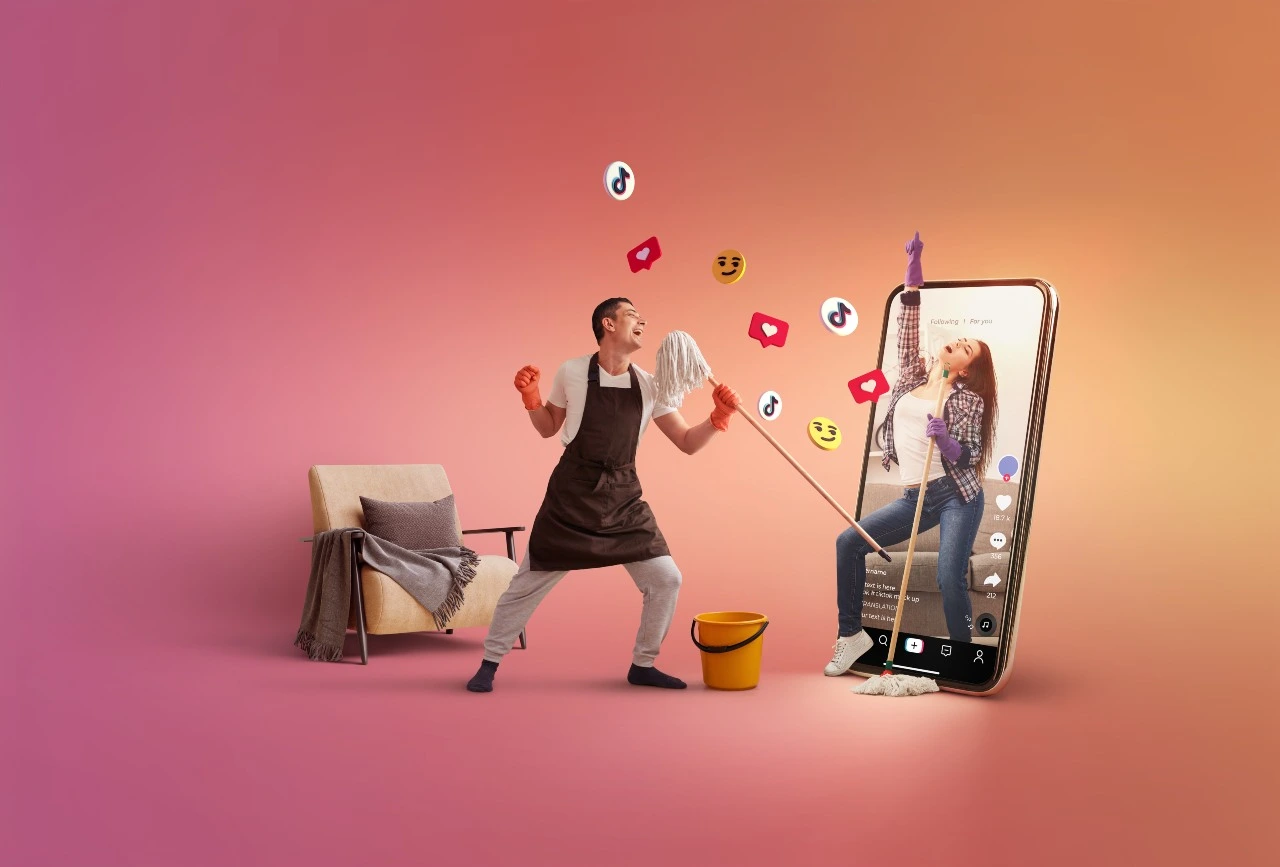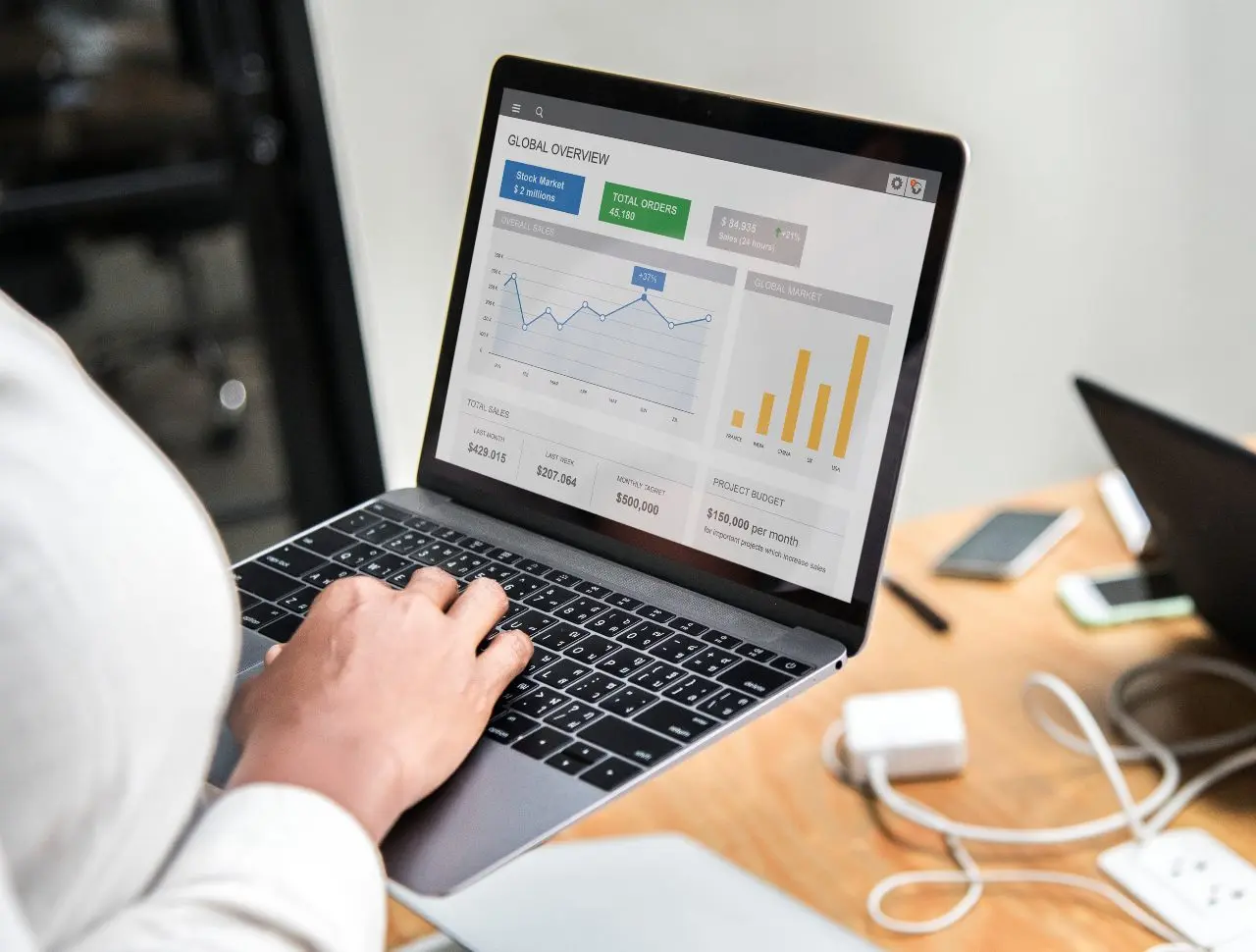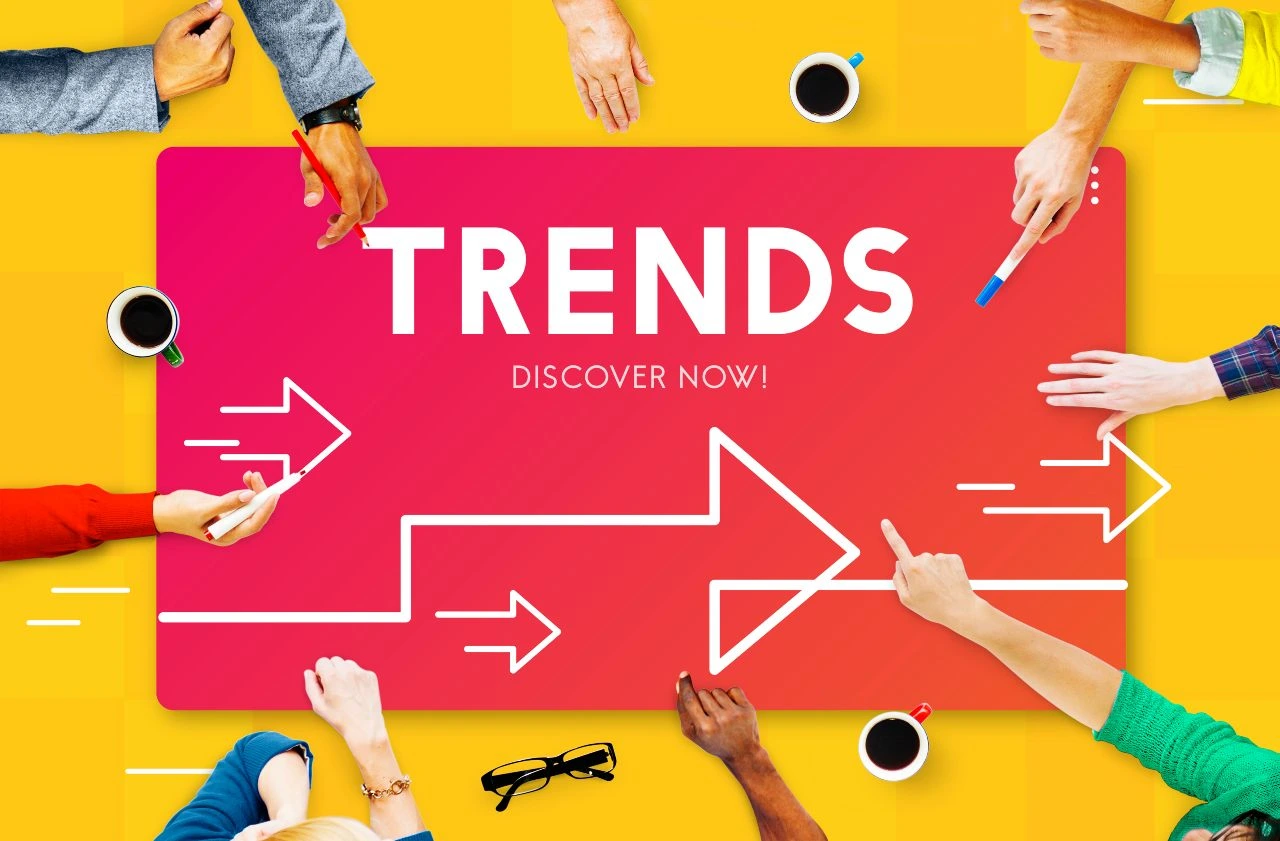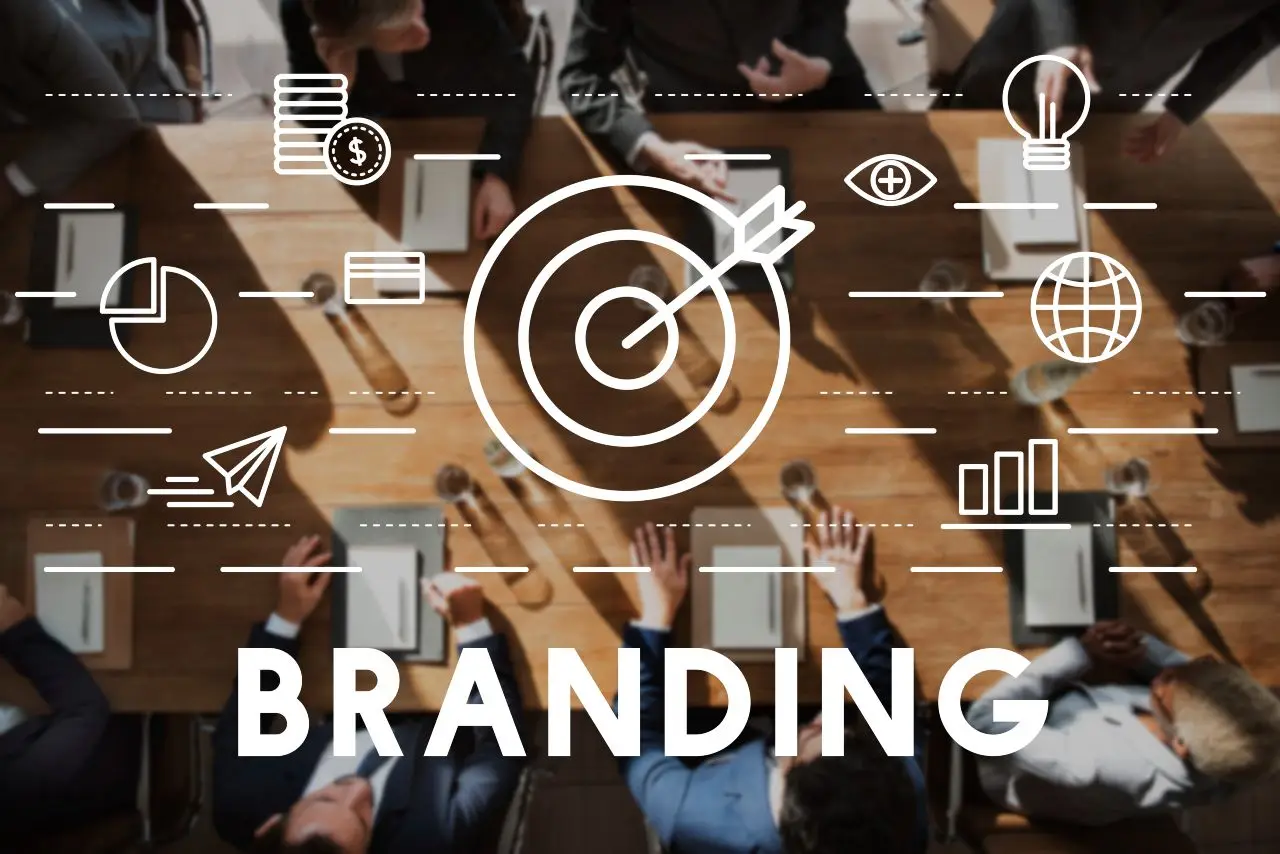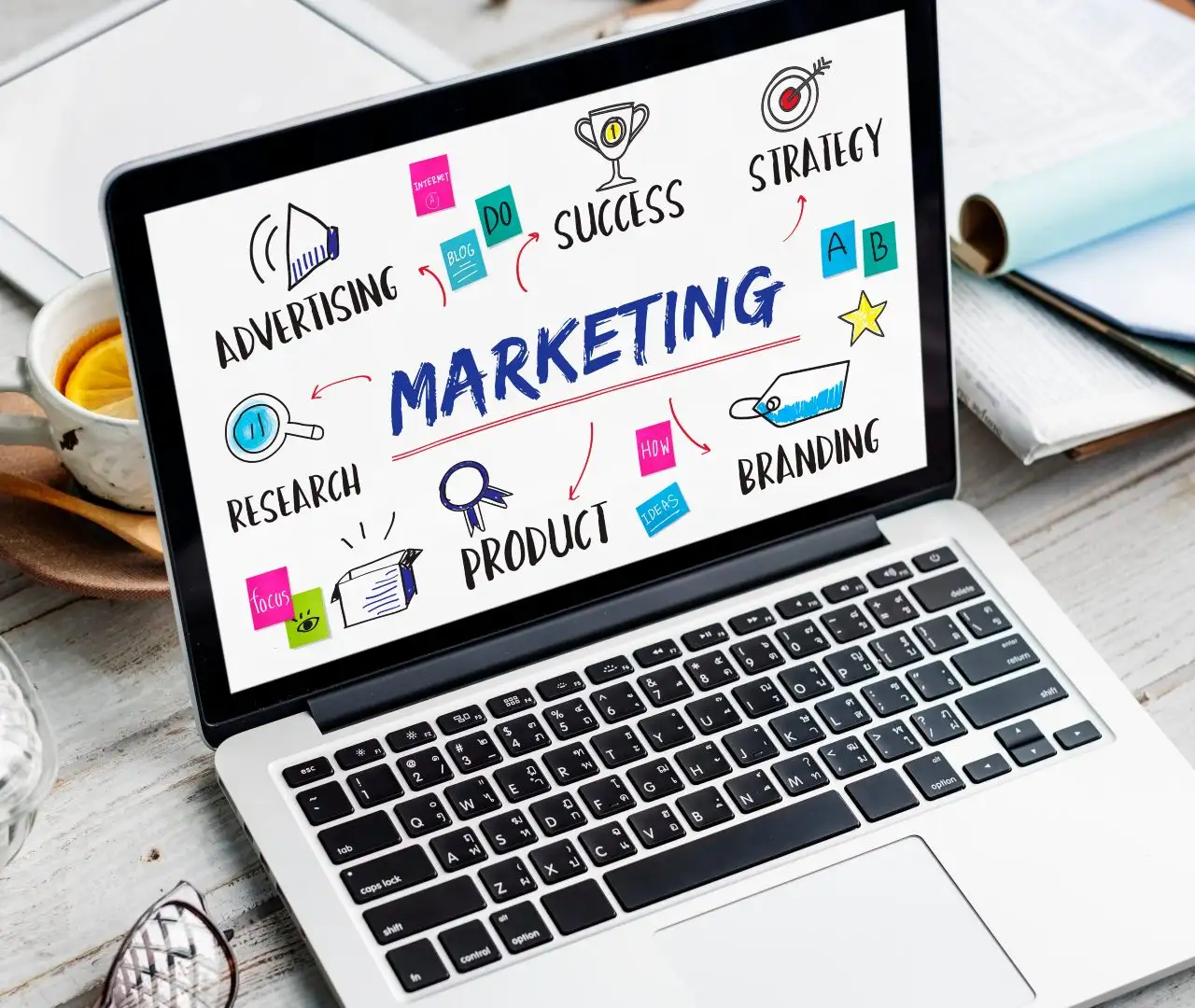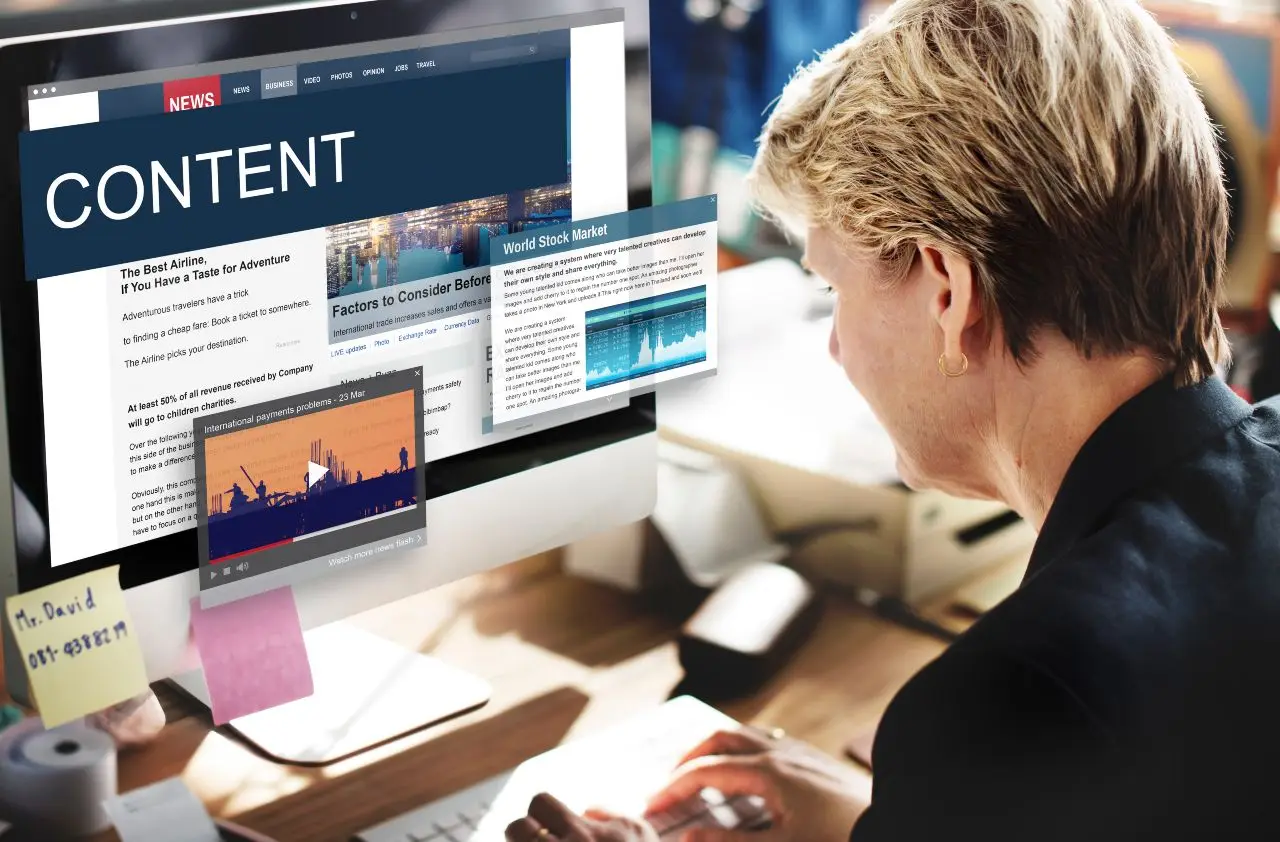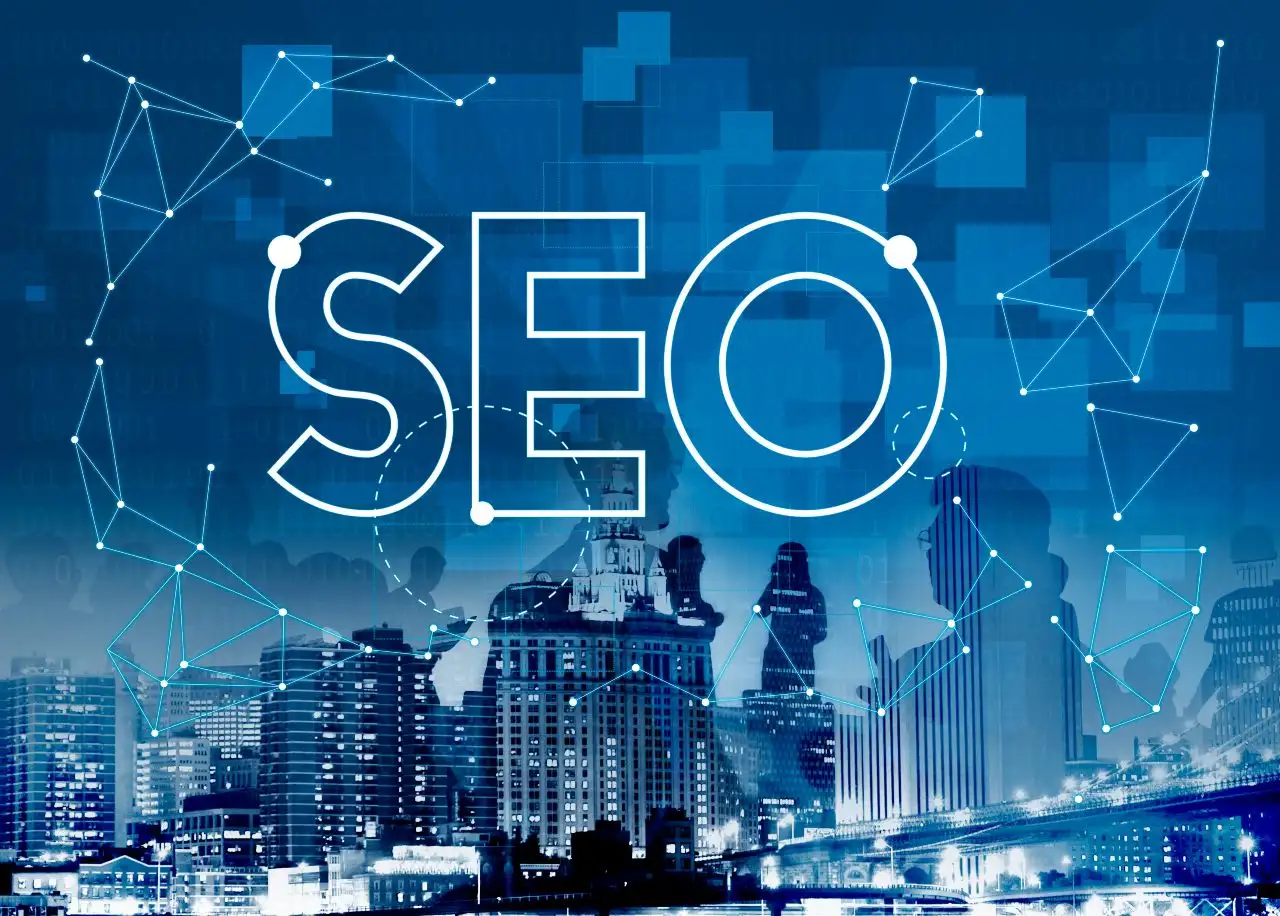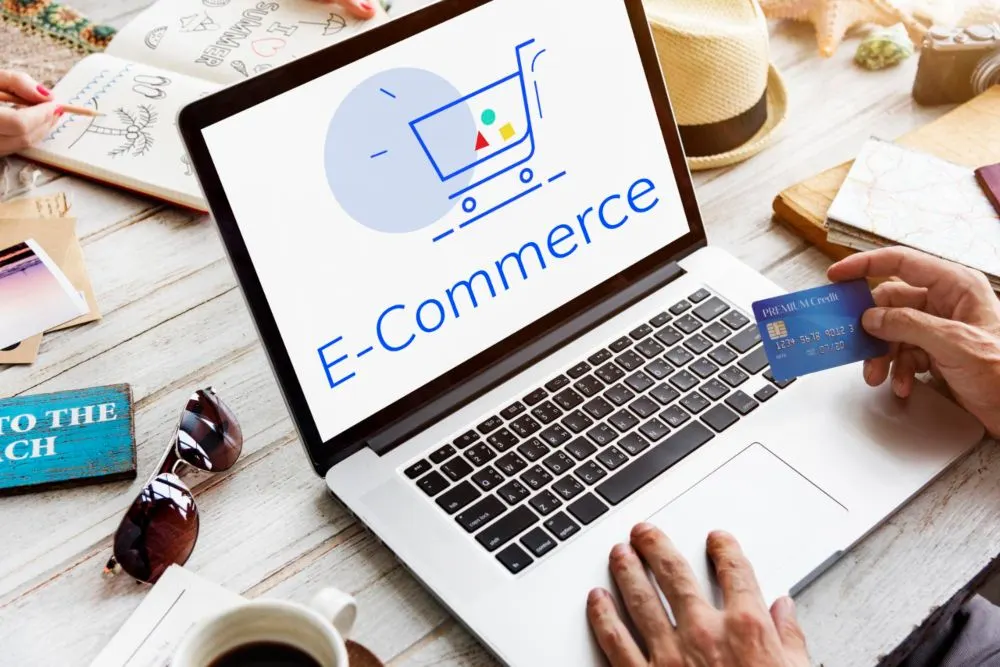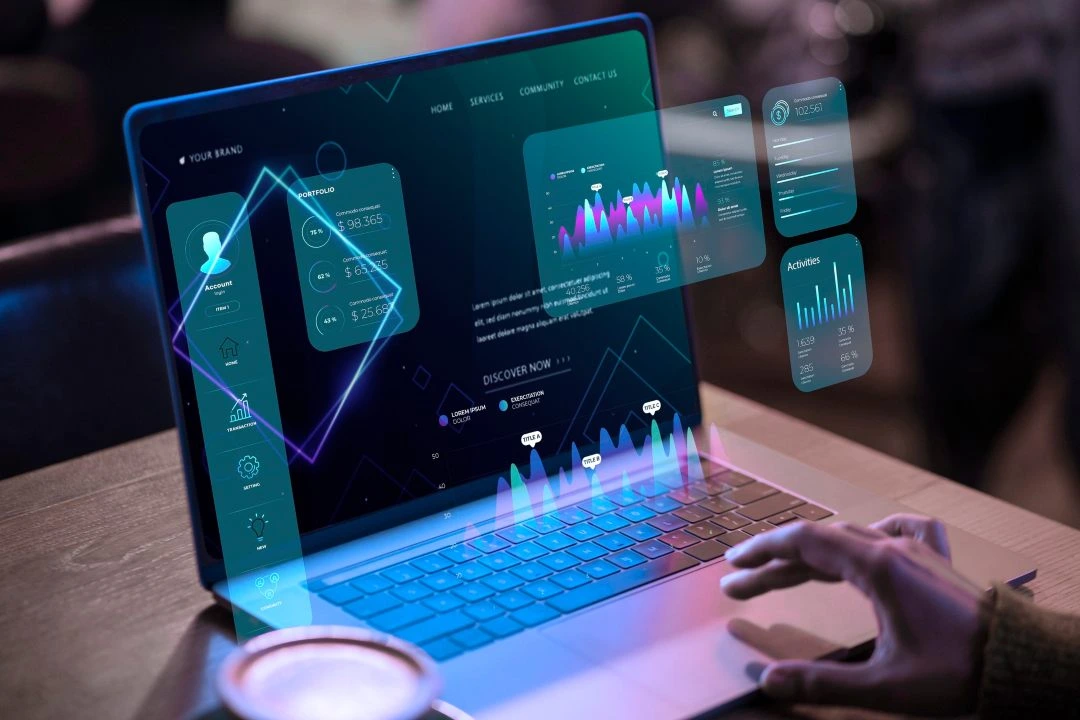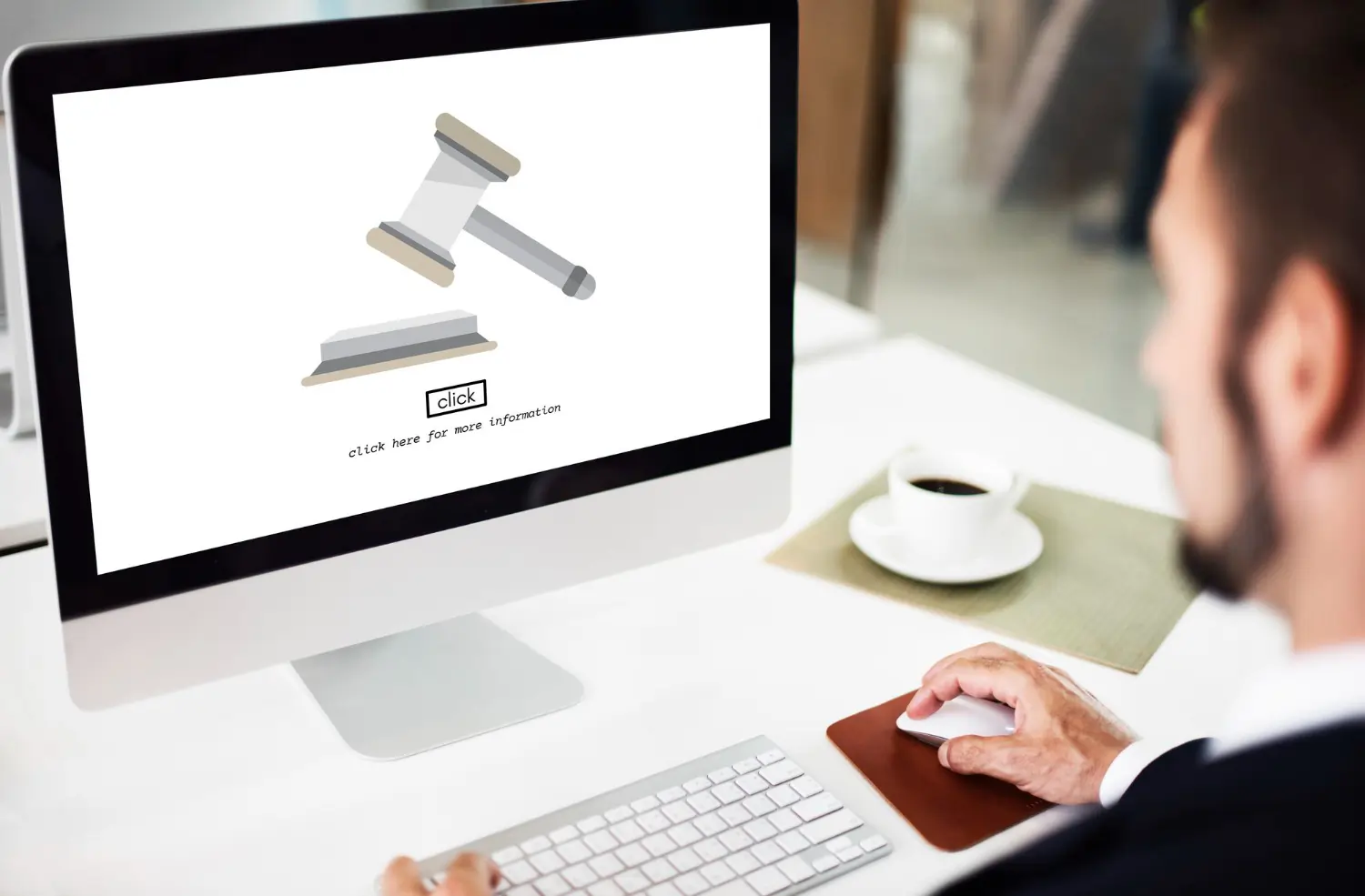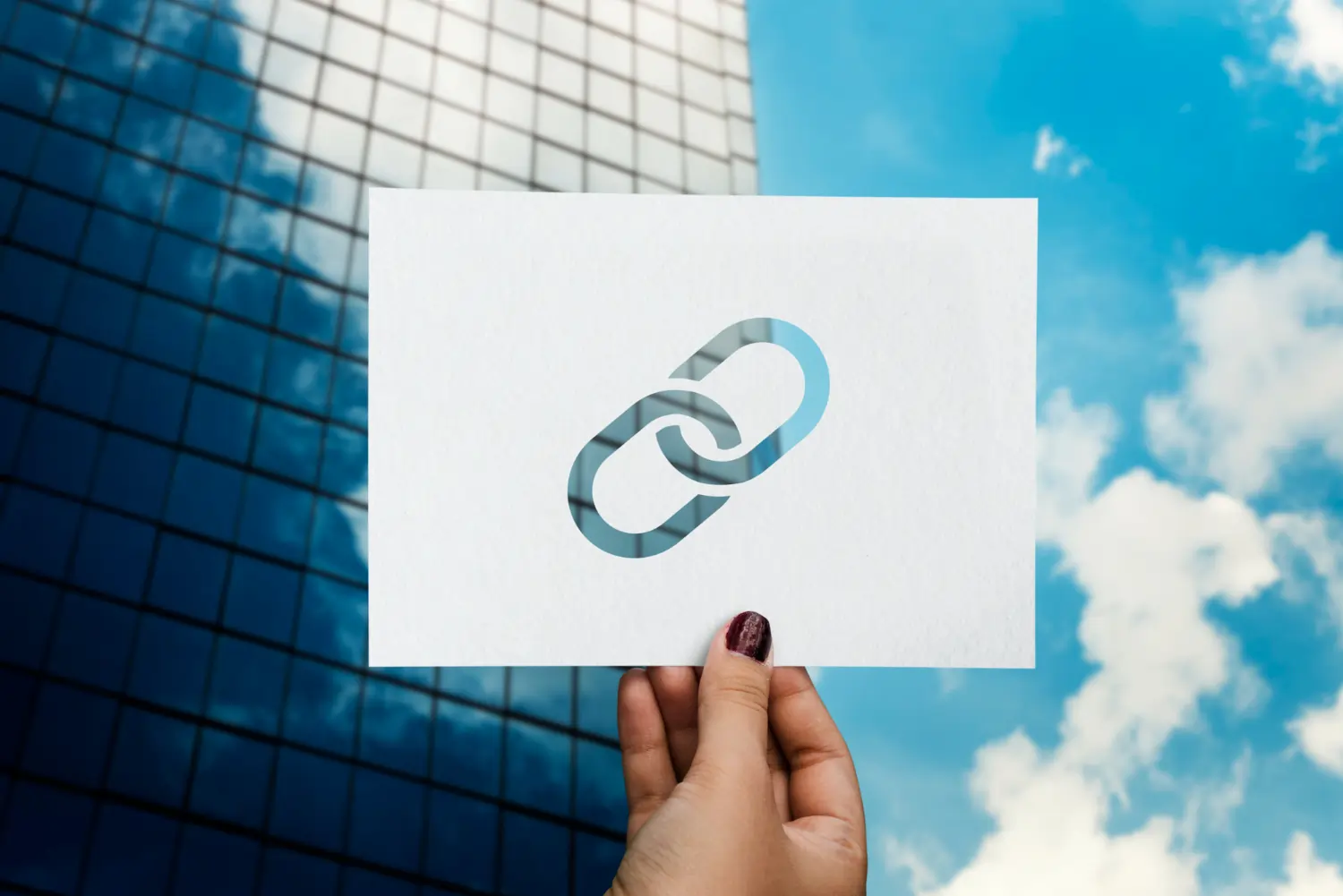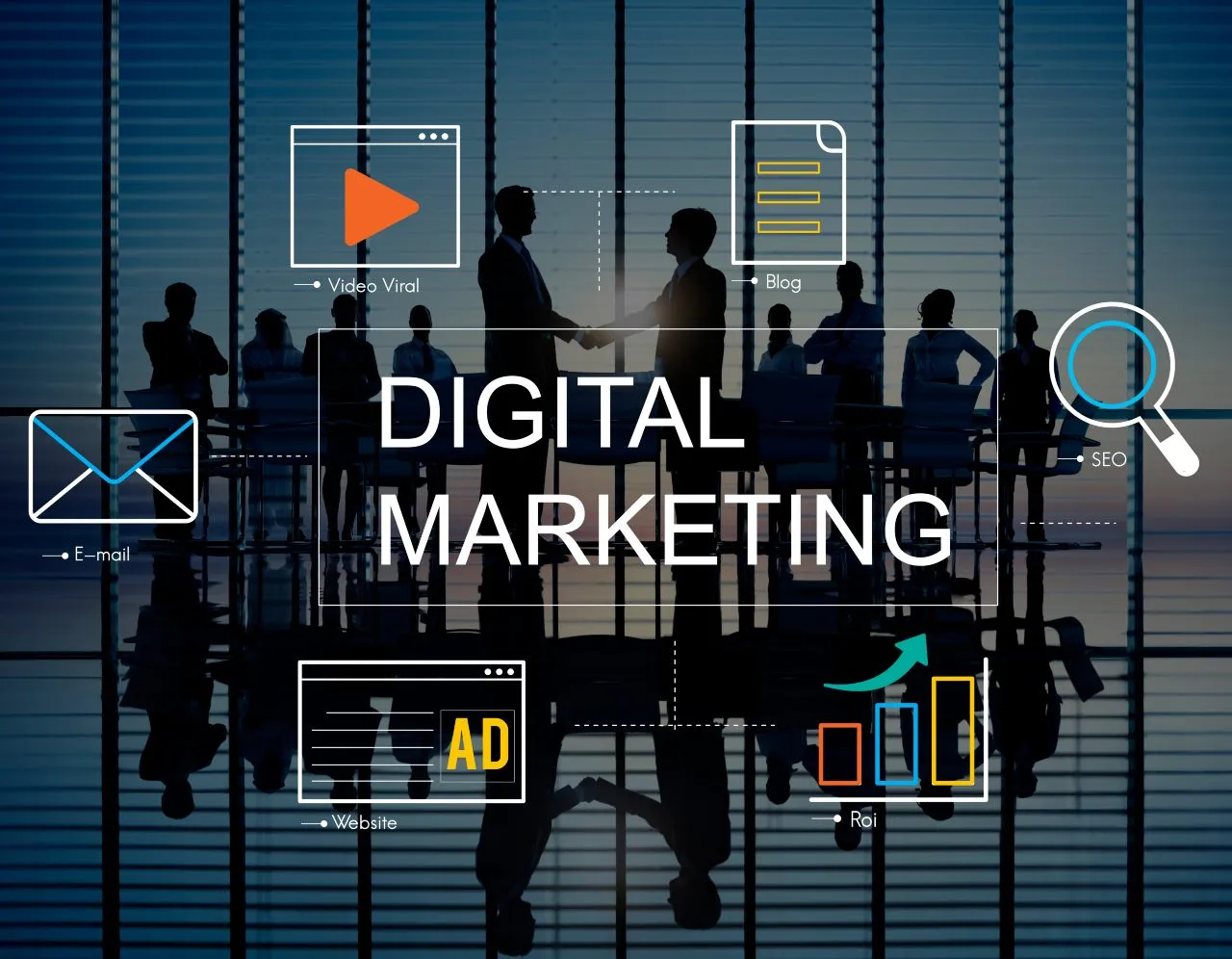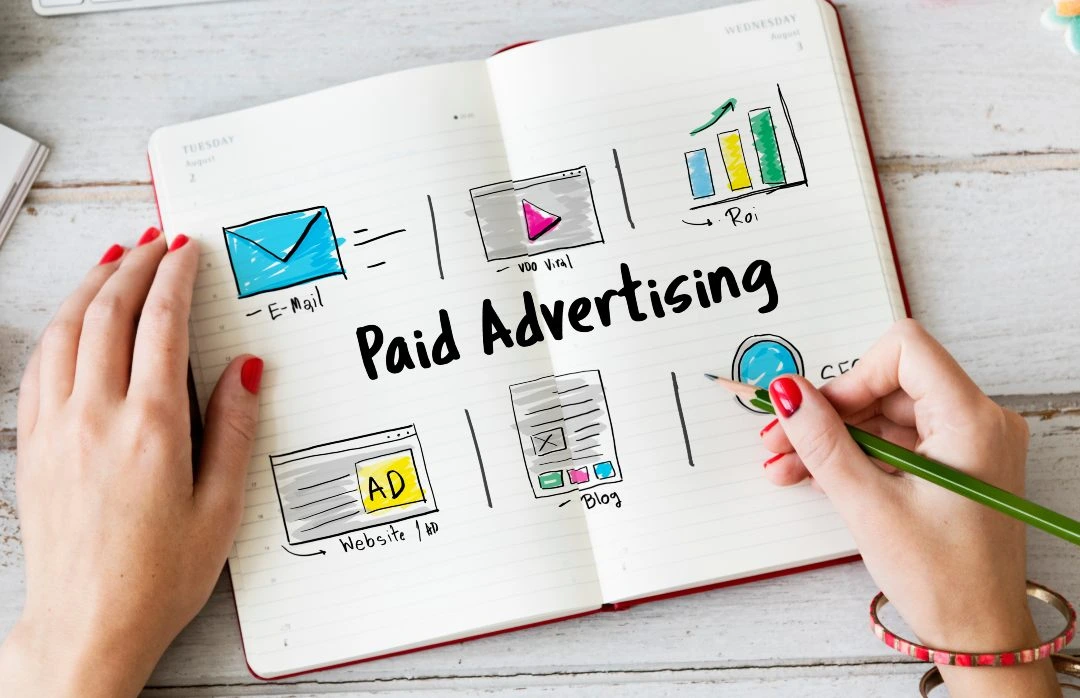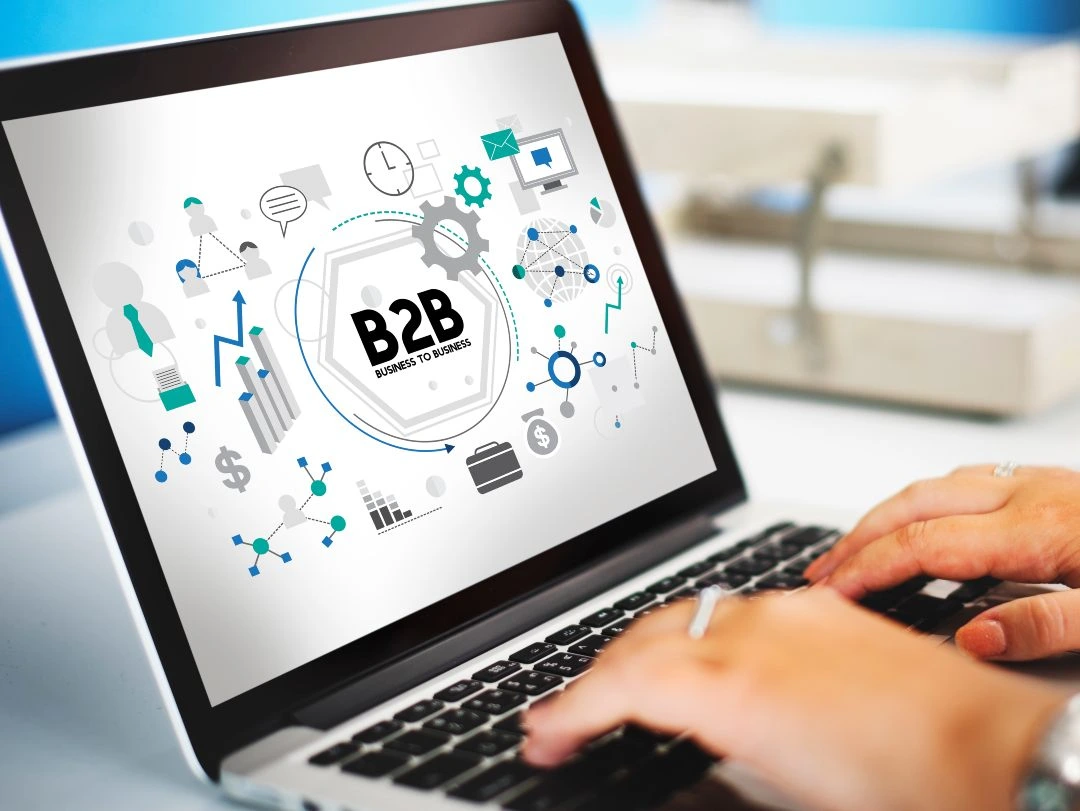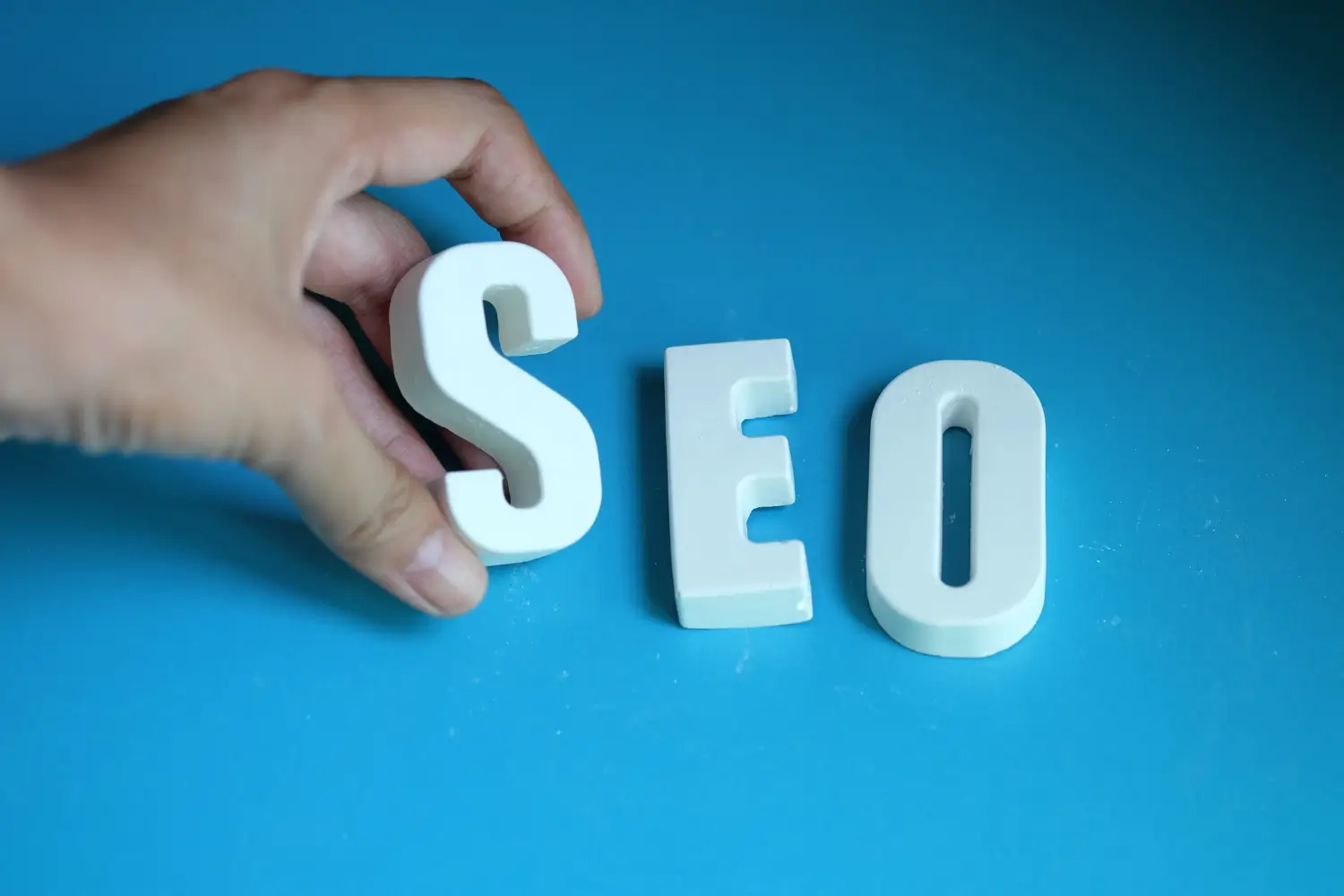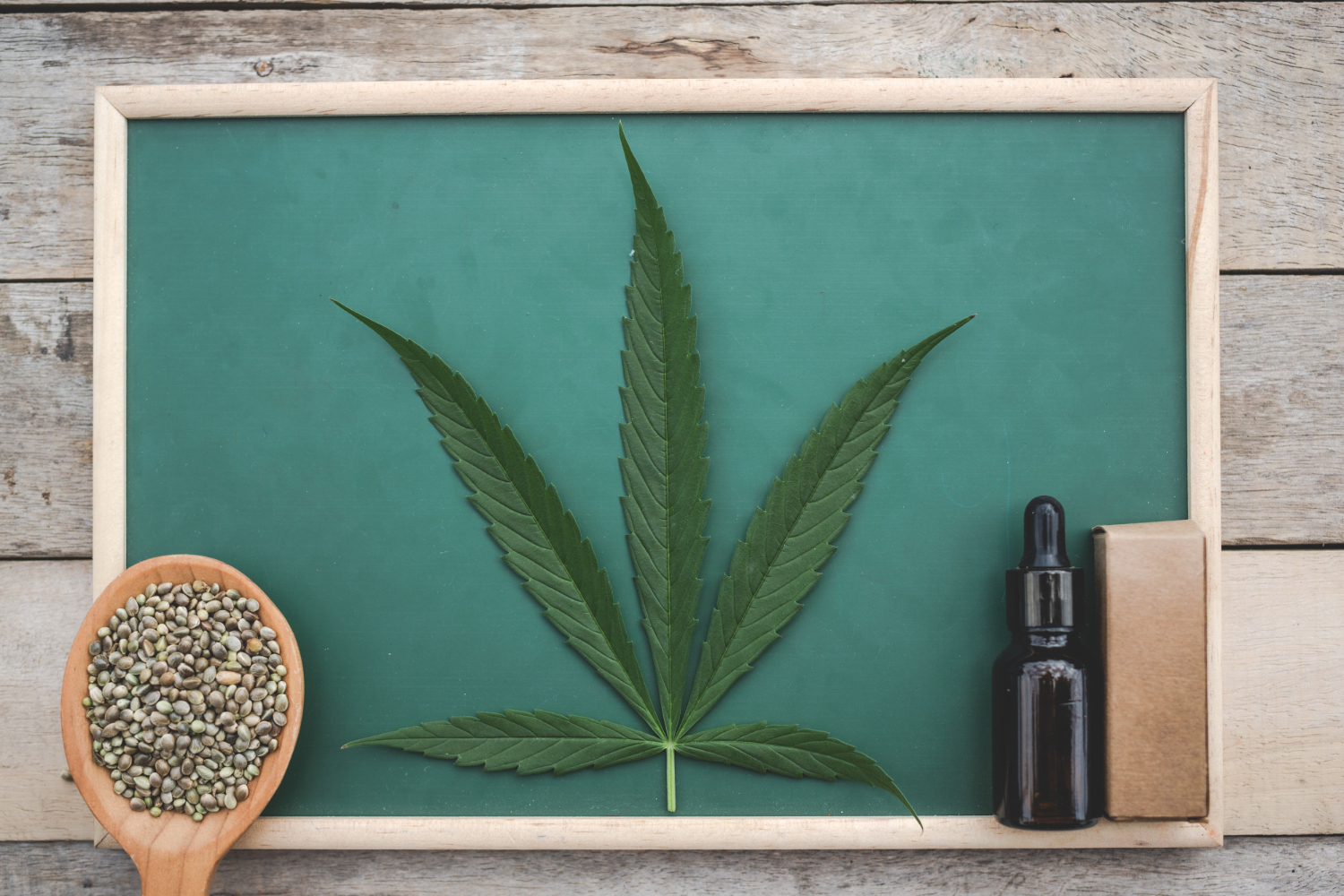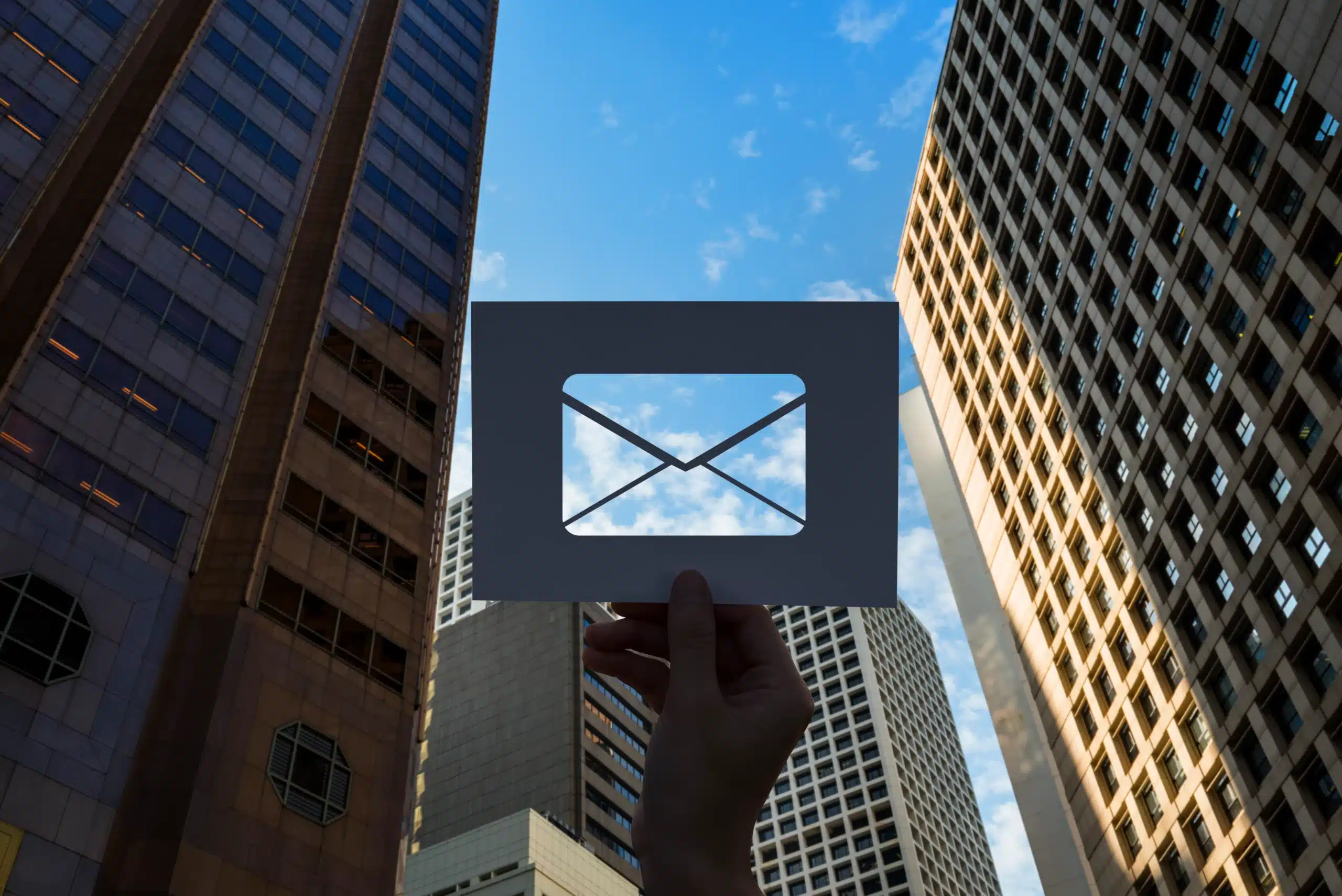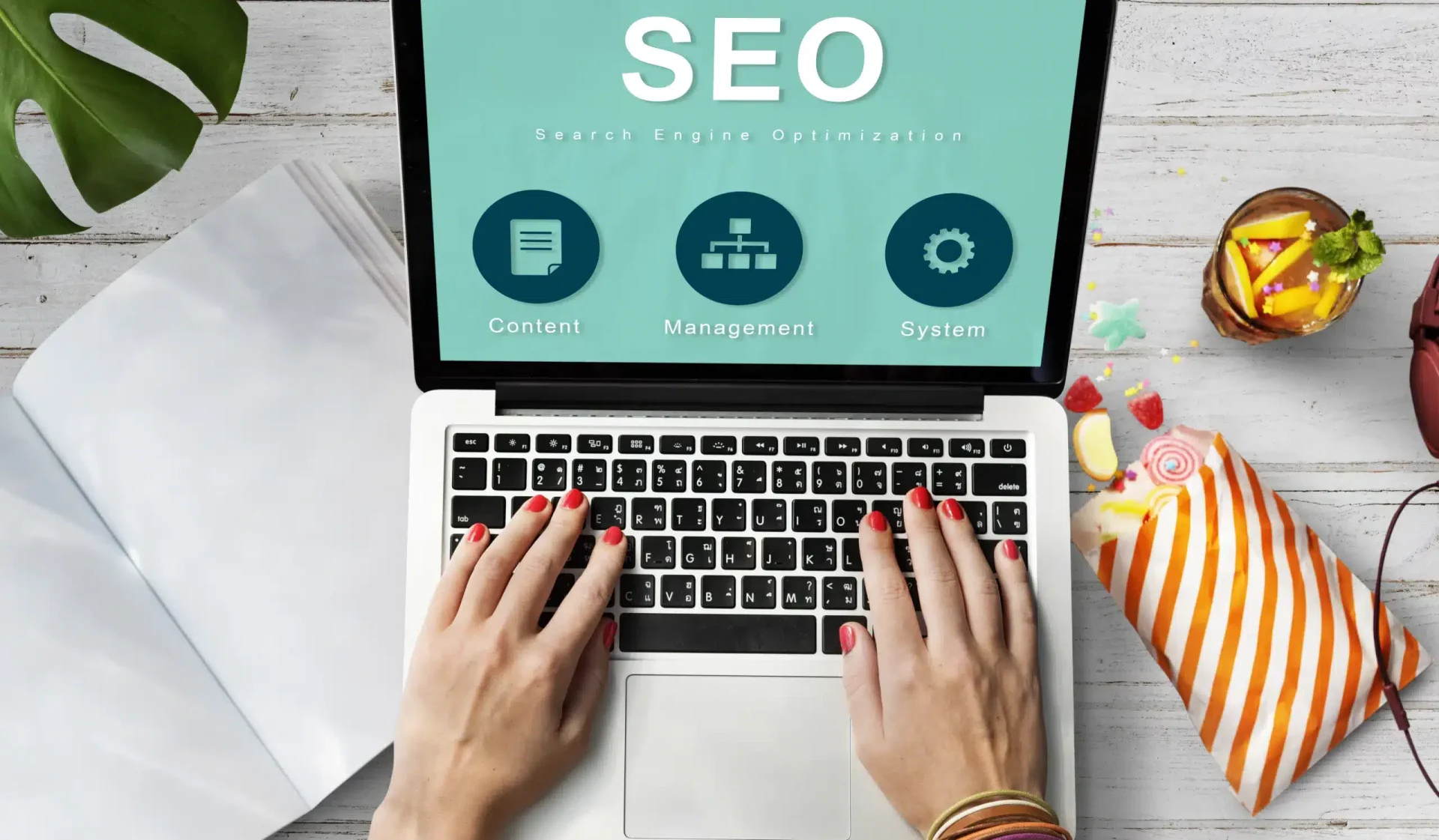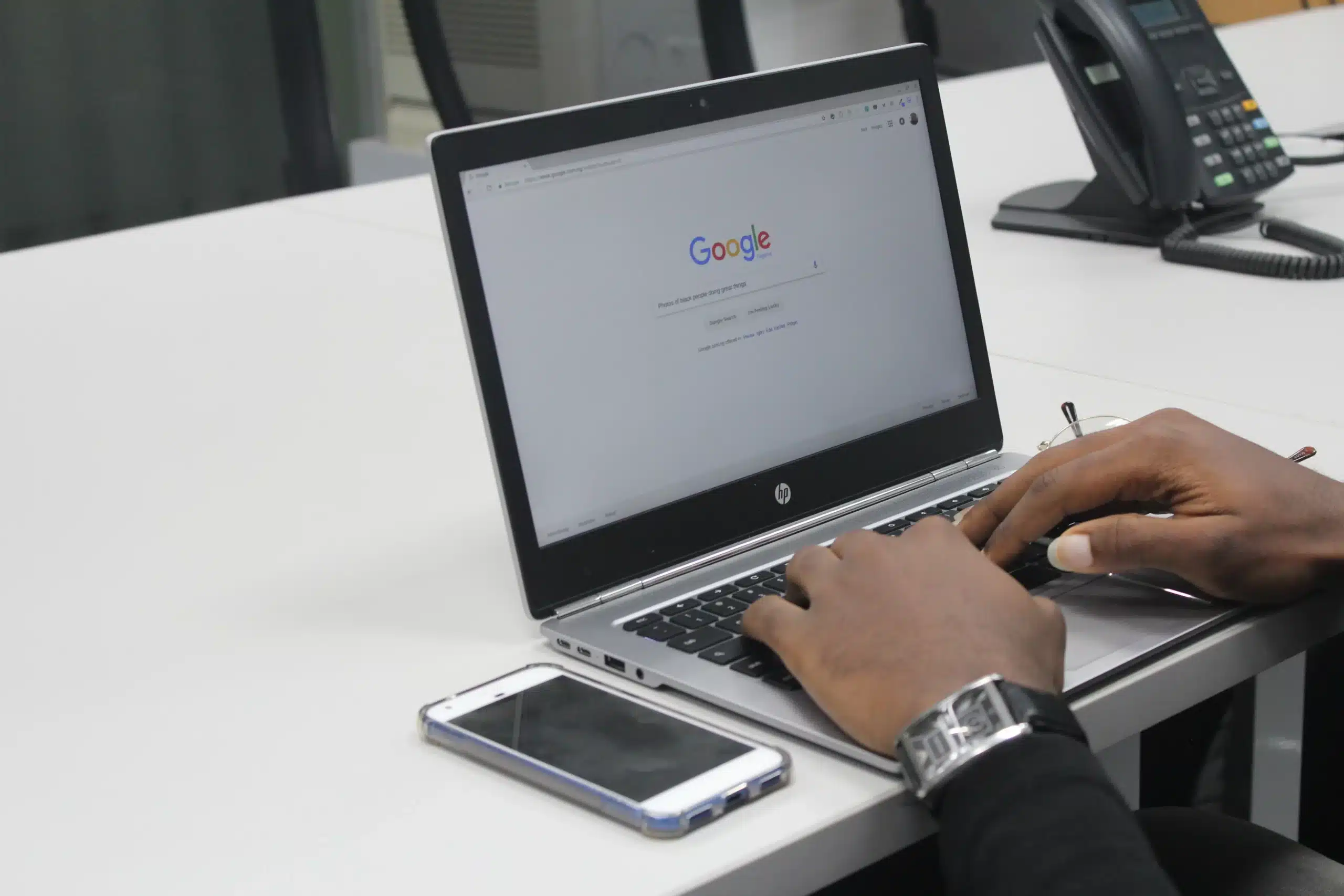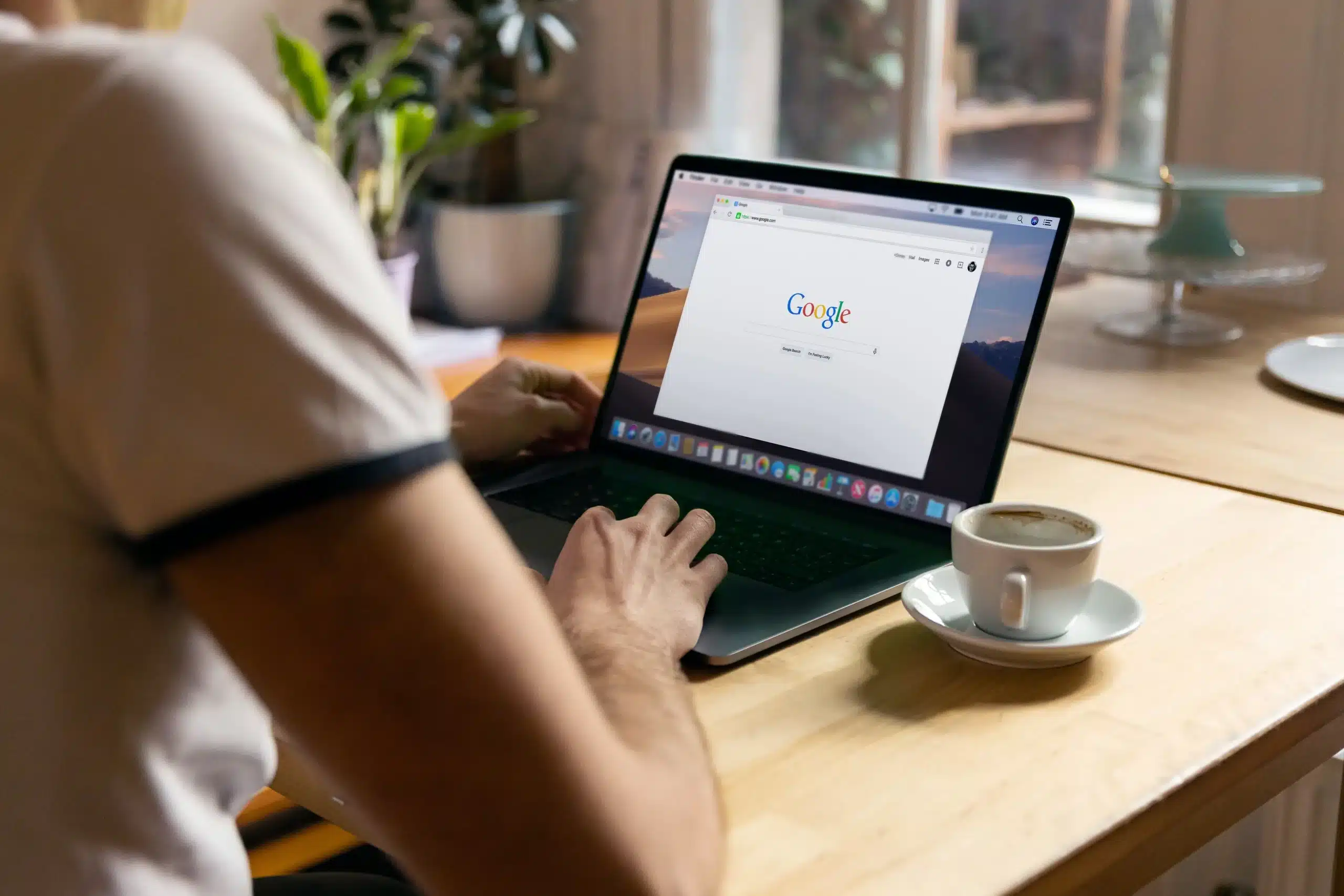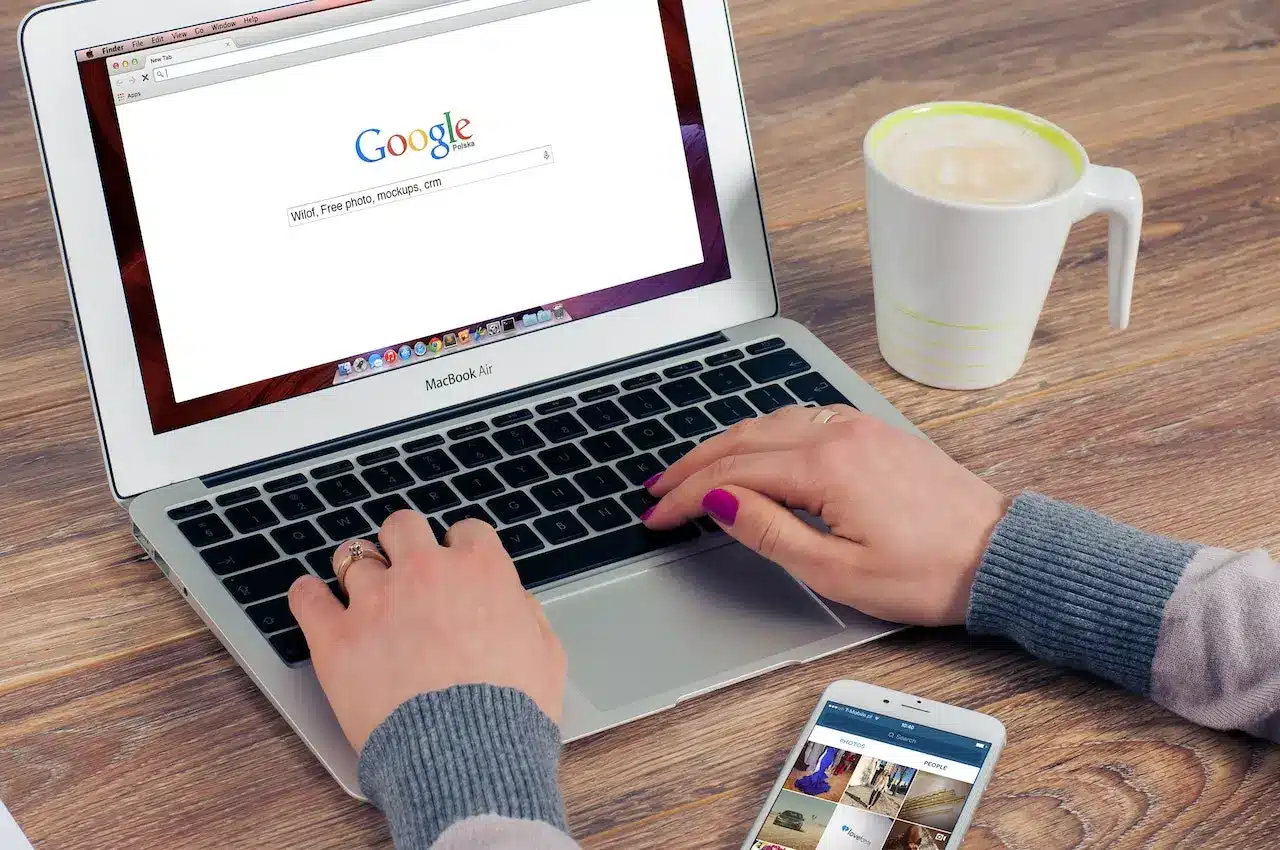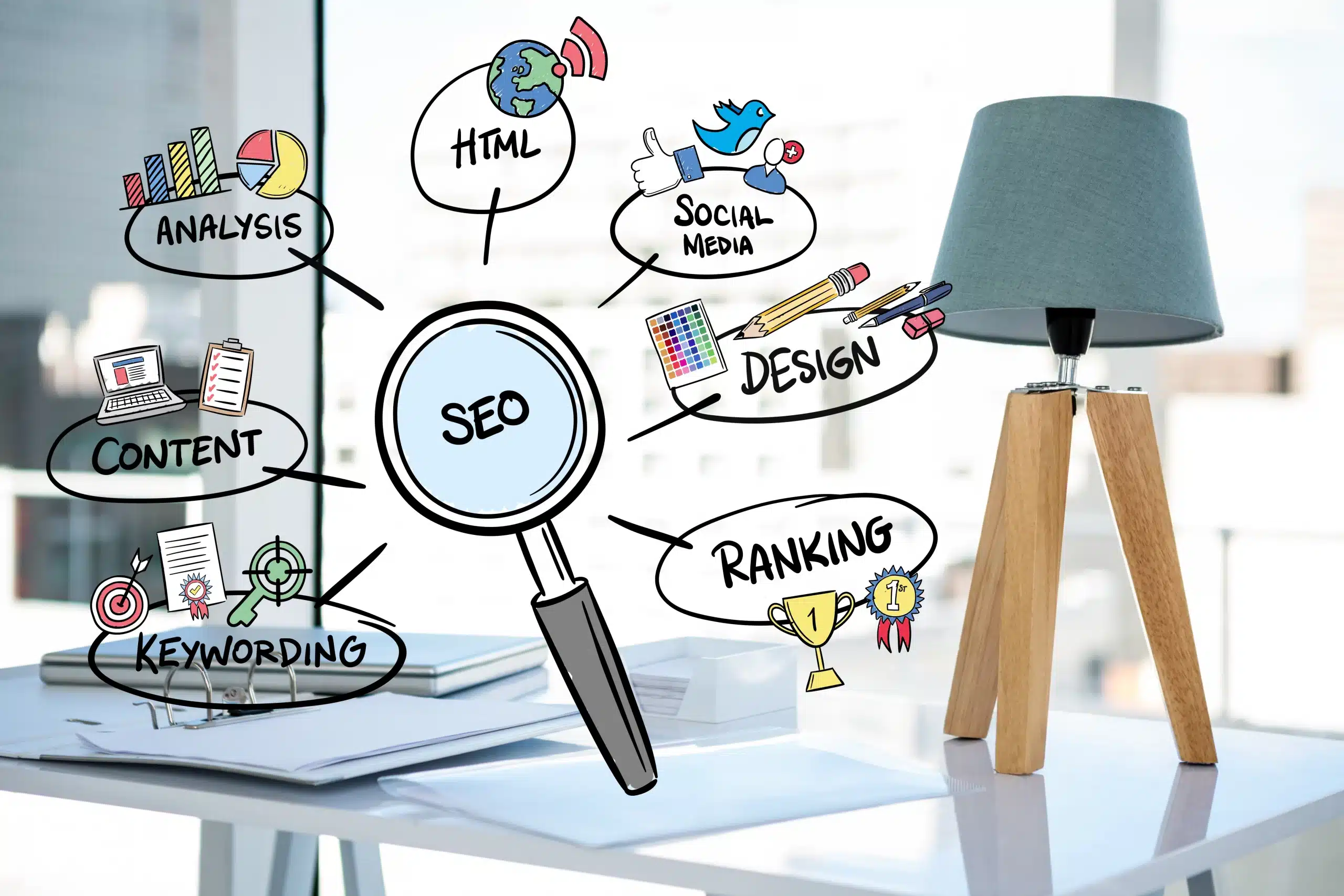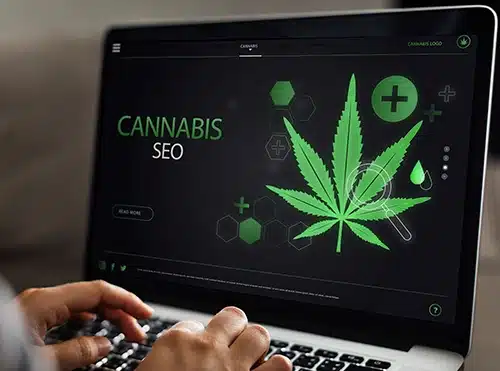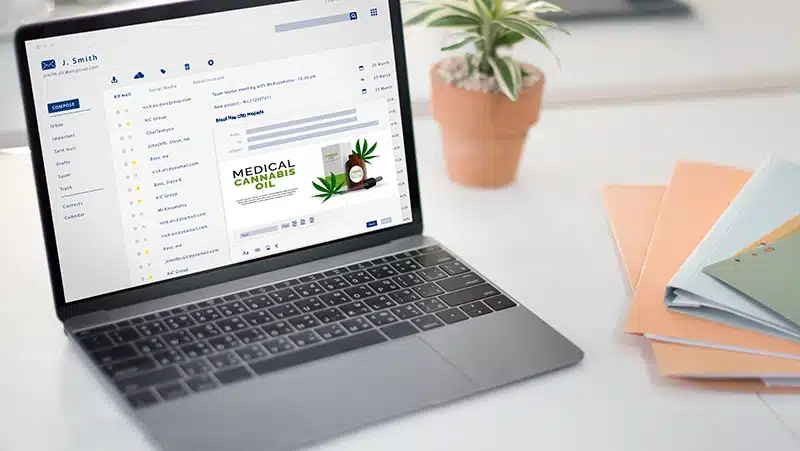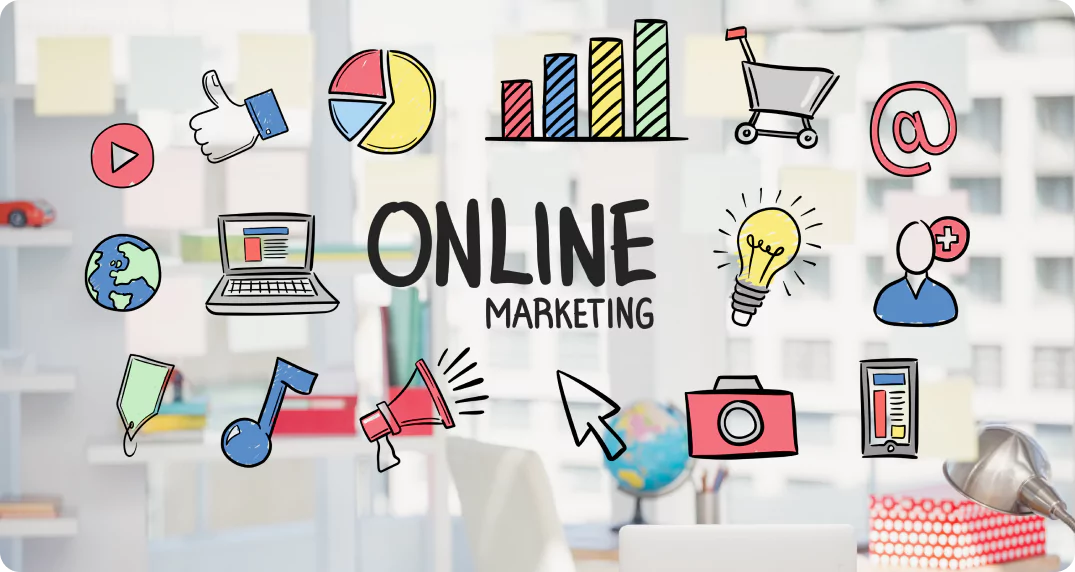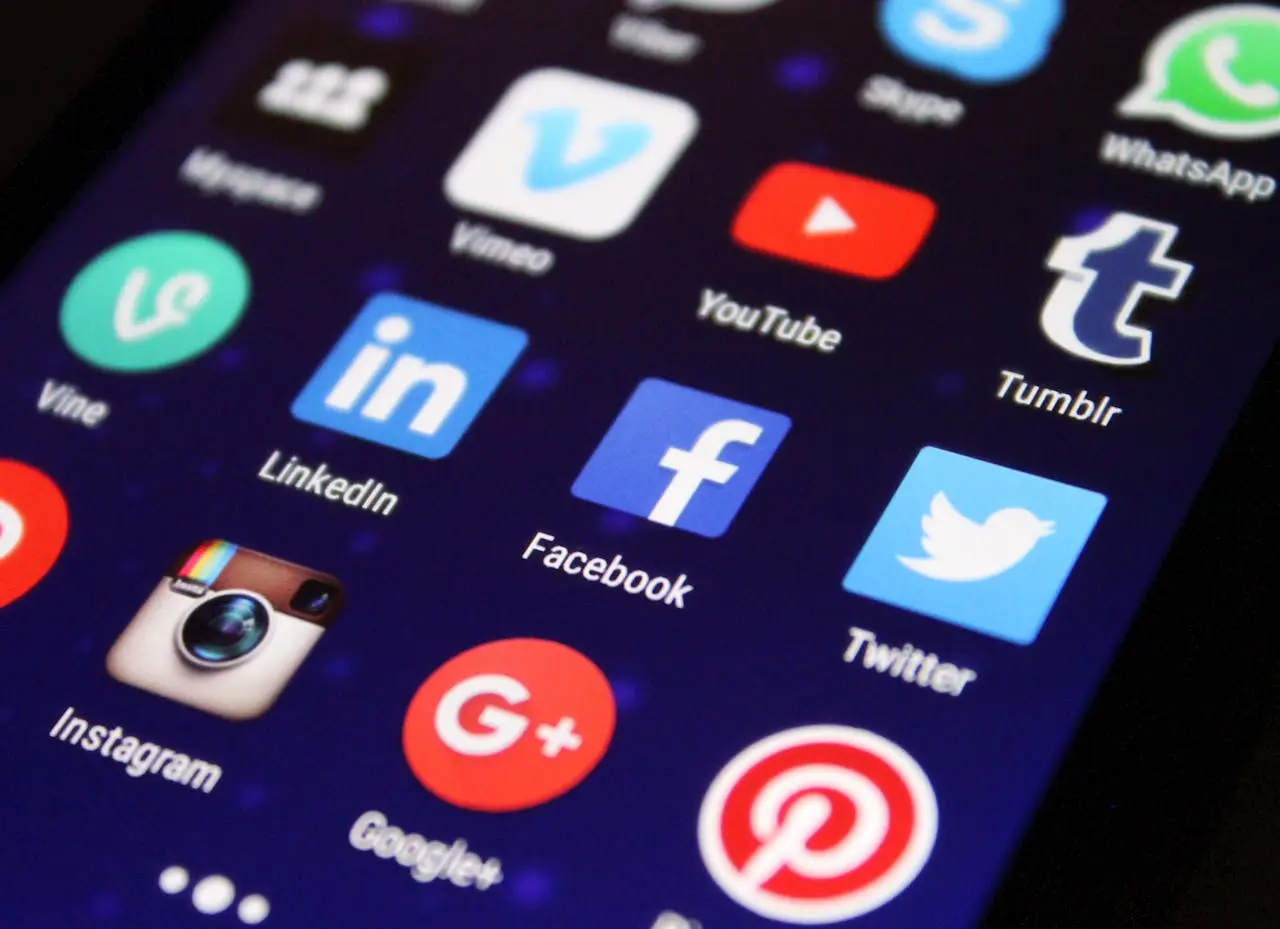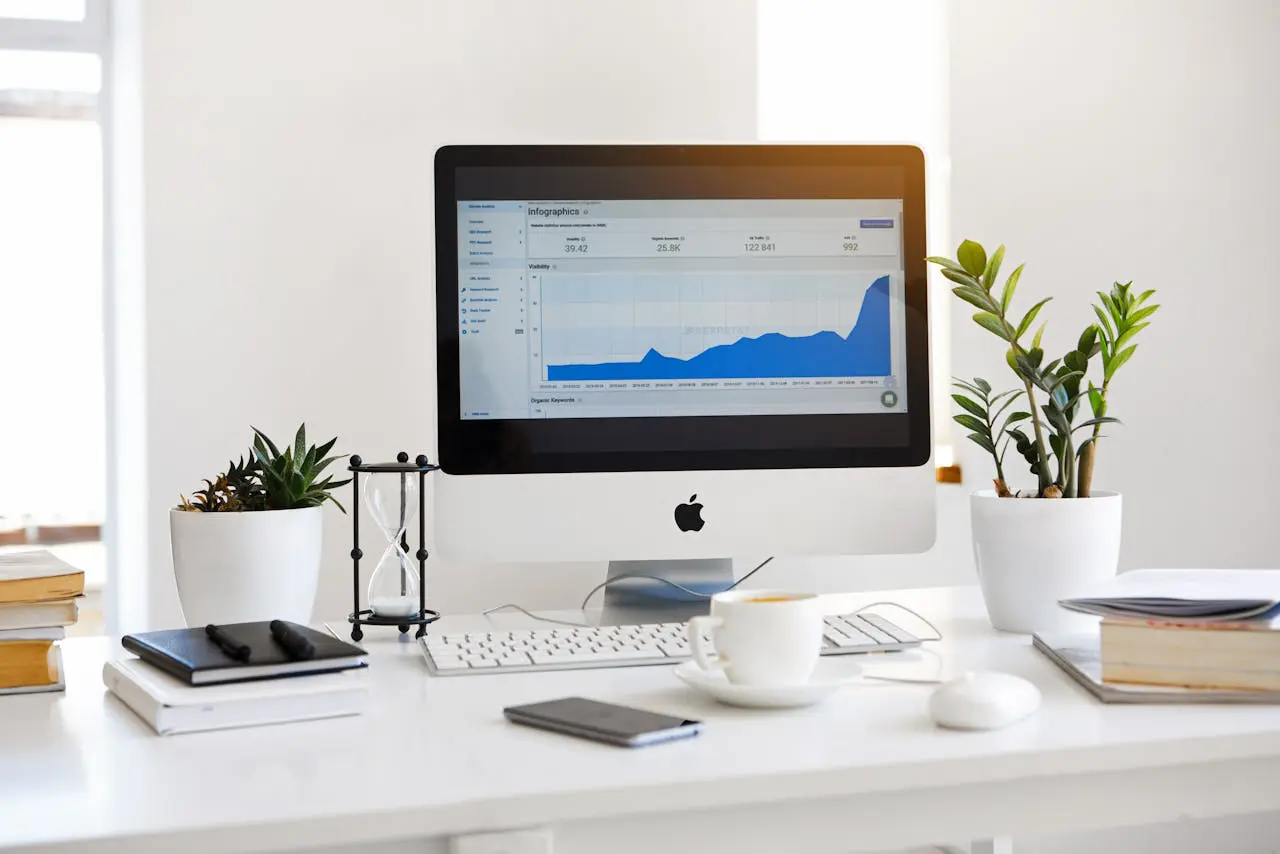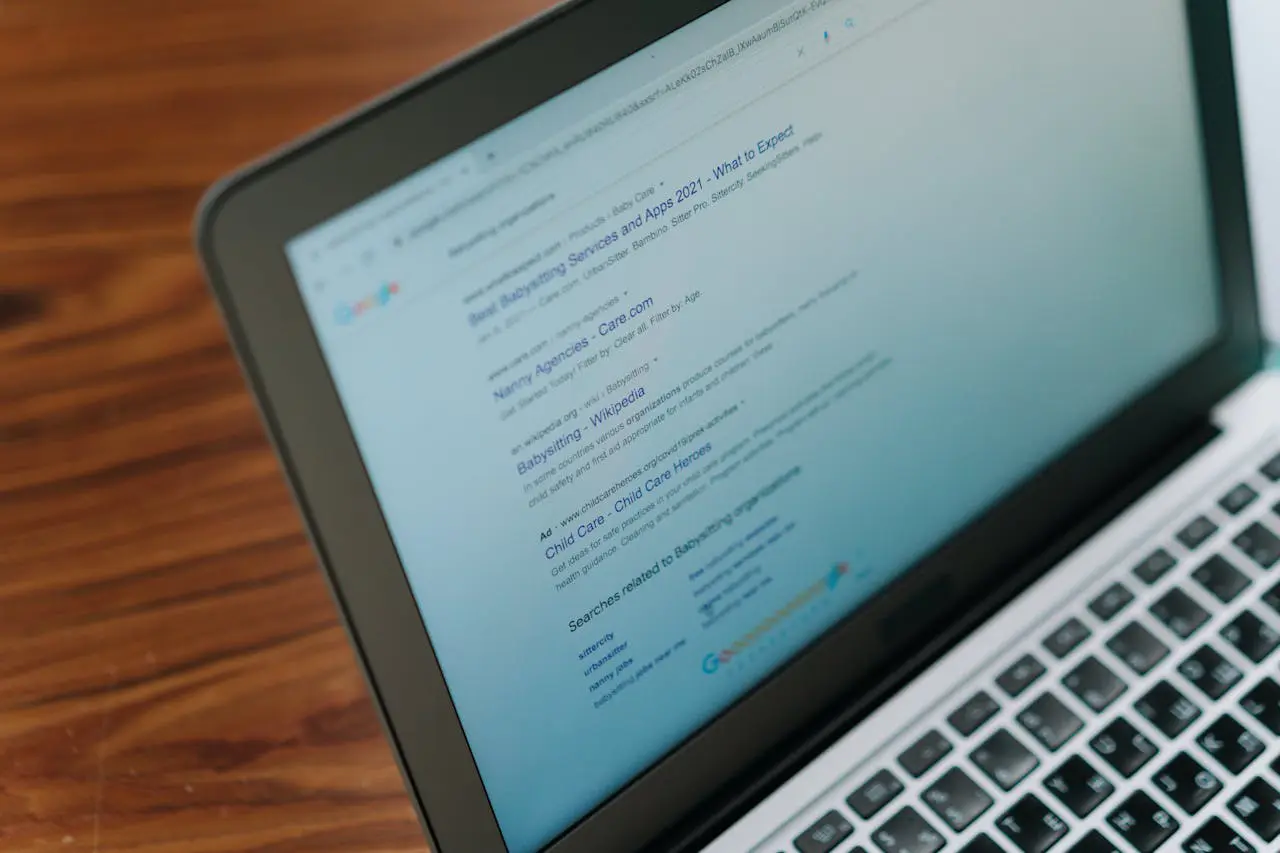Listen to article
In today’s dynamic marketing landscape, staying ahead requires a deep understanding of current trends and benchmarks. Pay-per-click (PPC) advertising remains a cornerstone of digital strategy, but how do you ensure your campaigns are truly effective?
As investment in PPC continues to grow, it’s essential to examine where budgets are allocated, which channels are prioritized, and what returns you can realistically expect. Are you leveraging the latest AI-powered automation tools to maximize your ad relevance? And how do your costs compare across different platforms and industries?
This article dives into the most important PPC benchmarks shaping marketer priorities today. From AI-driven optimization and budget allocation to cost-per-click comparisons and the impact of ad placement, we’ll explore the key trends and insights you need to refine your PPC strategy and drive meaningful results.
AI-Driven Evolution: Smarter Strategies, Faster Results
The pace of change in PPC has reached new heights thanks to AI’s rapid integration into core ad platforms. No longer just a buzzword, artificial intelligence now empowers marketers to outperform the competition, automate tedious tasks, and uncover new growth opportunities. By adopting these advanced tools, advertisers can focus on high-level strategy while AI handles everything from bid optimization to asset creation—often in real time.
- Google Ads utilizes AI to optimize bids, create relevant ads, and target the right audience, with Performance Max campaigns using keywordless AI to identify new converting queries and generate ads that match user intent. Source
- Google Ads enables users to create and scale creative assets in seconds using generative AI. Source
- Microsoft Advertising offers generative AI ad features, including Conversational Ad experiences, Ads for Chat API, and Copilot. Source
What this shift means for digital marketers goes beyond efficiency gains: AI-powered automation is opening doors to campaign strategies and creative possibilities that simply weren’t feasible before. From keywordless campaign management to instantly customized visuals and copy, the barrier to sophisticated PPC has dropped dramatically—making agility and experimentation more accessible to teams of any size.
Pro Tip:
Start small by testing AI-driven features on select campaigns. Monitor performance closely and iterate, gradually scaling up your adoption as you learn what best drives results for your business. Remember, staying curious and letting the data guide your strategy will ensure you’re always capitalizing on the latest AI advancements in paid search.
How Marketers Are Shaping Their Budgets and Business Outcomes with PPC
In an environment where every marketing dollar is scrutinized, paid search remains a top contender for budget allocation, reflecting both confidence and pressure to deliver measurable results. As brands fight for digital visibility, PPC’s role is expanding—not just as a traffic driver, but as a strategic lever for growth and competitive advantage.
- Global spend on search advertising is expected to reach $190.5 billion in 2024, cementing PPC’s role as a cornerstone of digital marketing investments. Source
- Back in 2019, worldwide PPC ad investments stood at $104.8 billion, underscoring how rapidly the channel has scaled. Source
- A robust 62% of marketing teams have increased their PPC budgets in the past year, signaling a collective shift toward greater paid media emphasis. Source
- 79% of marketers report that PPC delivers significant benefits for their organization, reinforcing the channel’s reputation for driving measurable impact. Source
While digital advertising costs and competition both trend upward, the appetite for PPC shows no sign of waning—if anything, it’s intensifying. Marketers aren’t just spending more; they’re doubling down on data-driven value, seeking sharper targeting and faster wins. For brands serious about growth, that means shifting from a “set and forget” mentality to an ongoing optimization mindset.
Pro Tip:
Schedule regular performance audits and automate alerts for KPI fluctuations. This not only ensures your PPC spend remains efficient but also helps you spot new opportunities and address issues before they eat into your ROI.
For businesses looking to combine PPC efforts with other growth-focused tactics, building a B2B website strategy can amplify results. By optimizing your website to align with paid ads, you create a seamless user experience that drives conversions and enhances your ROI.
How B2B Marketers Are Allocating Paid Media Budgets—and Why LinkedIn and PPC Dominate
B2B demand generation has become a data-driven balancing act between maximizing reach and capturing high-intent leads. Marketers are not just investing in more paid channels; they’re fine-tuning where every dollar goes, blending search, social, and SEO to address both brand awareness and sales pipeline goals. The numbers below reveal how modern B2B teams are recalibrating their paid strategies to prioritize platforms and tactics that deliver measurable business impact.
- 84% of B2B marketers use paid channels, with social media advertising/promoted posts being the most popular (73%), followed by search engine marketing/pay-per-click (64%), digital display advertising (62%), and sponsorships (62%). Source
- 61% of B2B marketers find SEM/PPC to be the most effective paid channel for content marketing, followed by social media advertising/promoted posts (49%), sponsorships (48%), and digital display advertising (35%). Source
- B2B organizations allocate approximately 15% of their marketing budget to SEO, which is more than they invest in AI chatbots (12%) and video marketing (9%). Source
- LinkedIn is considered the best platform for content promotion by 92% of content marketers. Source
- A significant 73.79% of B2B SaaS companies utilize PPC advertising as a key component of their lead generation strategies. Source
- 65% of B2B companies have successfully acquired customers through LinkedIn ads. Source
These findings point to a clear shift: B2B marketers are doubling down on channels that offer robust targeting, strong buyer intent signals, and measurable ROI. Social platforms—especially LinkedIn—have evolved from simple networking hubs into precision tools for lead generation and content distribution. At the same time, SEM/PPC remains the gold standard for capturing prospects at the moment of highest intent. Notably, SEO continues to command significant budget, highlighting its ongoing role in strengthening brand visibility and organic pipeline growth.
Pro Tip:
Don’t just follow the crowd—refine your paid strategy based on your buyer journey. Layer LinkedIn and PPC campaigns with tailored content, then retarget high-value prospects across channels for maximum impact. Using custom audiences and account-based approaches on platforms like LinkedIn can deliver far better results than broad-based ad strategies.
Comparing Platform & Industry CPC: Where Costs (And Competition) Stack Up
As digital ad budgets tighten and competition intensifies, understanding where every dollar goes in PPC campaigns is more important than ever. Google and Microsoft Ads each offer unique cost frameworks that shift depending on industry demand and consumer intent, making platform choice a strategic lever rather than a simple checkbox. For brands, digging into nuanced cost-per-click trends by industry can reveal not only where your competition is spending but also where the most untapped opportunities might live.
- 61% of businesses pay between $0.11 and $0.50 per click on Google Ads. Source
- 24% of businesses pay between $0.11 and $0.50 per click on Microsoft Ads. Source
- Retail advertisers see an average CPC of $1.24 on Microsoft Ads vs. under $1 on Google. Source
- Highly competitive keywords can skyrocket costs: loan-related CPCs peak at $44.28, insurance at $54.91. Source
- Legal keywords reach up to $42.51, while credit-related terms hit $36.06. Source
- Industry variation is dramatic: in May 2023, the average Google Display CPC for online education was $9.95, while electronics paid just $0.68. Source
What’s clear from today’s PPC landscape is that cost structures are far from one-size-fits-all—your industry, audience, and even your keyword choices play a huge role in how much you’ll pay for visibility. Insurance, law, and finance remain the gold mines for platforms, with sky-high CPCs reflecting fierce bidding. On the flip side, certain verticals and platforms still offer budget-friendly traffic, particularly if you’re willing to experiment beyond Google’s reach.
Pro Tip:
Instead of fixating on the cheapest clicks, aim for the most efficient conversions. Balance your spend across both Google and Microsoft Ads, and use negative keywords, granular targeting, and long-tail phrase strategies to drive down costs while still reaching your best-fit customers.
Why Top-of-Page Real Estate Remains Non-Negotiable in Google Ads
Every paid search marketer knows the battle for attention is fierce—but data shows just how high the stakes really are at the top of Google’s results page. With shrinking organic real estate and more competitive auctions, placement is more than a matter of pride; it’s the difference between being seen and getting lost in the scroll. The lion’s share of clicks consistently flows to those who secure the most prominent ad spots, leaving those relegated to lower ranks fighting for scraps.
- Ads appearing on the first page of Google search results achieve an average click-through rate (CTR) of 3.16%. Source
- The top three pay-per-click (PPC) ads capture 46% of all clicks. Source
- On desktop devices, the top three Google search ads receive 95% of all clicks. Source
- The top three paid advertising spots account for 43.46% of all page clicks. Source
In a search landscape where most clicks gravitate toward just a handful of prime spots, being anywhere but the top three means your ads are nearly invisible. The fierce concentration of user attention underscores why brands with aggressive bidding strategies and compelling ad copy consistently outperform competitors still vying for lower placements.
Pro Tip:
To edge out rivals for those coveted top positions, don’t rely on budget alone. Combine strong Quality Scores—through sharp ad relevance and high-performing landing pages—with strategic dayparting and device targeting. Small tweaks often yield big improvements in both positioning and profitability.
User Preferences Reveal the Staying Power of Text-Based Ads
Despite the surge of video and interactive formats, users consistently gravitate toward straightforward text ads when searching online. This preference signals that, for many, relevance and clarity trump flashiness in the search experience. PPC marketers aiming for efficient budget allocation and high intent traffic should take note of where user attention actually lands.
- Text-based paid search ads are favored by 49% of users, making them the most clicked ad format, compared to video ads (16%) and shopping/product listing ads (31%). Source
What’s notable here is the enduring effectiveness of text ads, even as platforms invest heavily in developing richer ad experiences. This user inclination toward text isn’t about old habits—it’s about ad formats that meet immediate search intent and provide actionable information at a glance. For marketers, investing time in sharper ad copy and keyword targeting can often yield better returns than jumping on every new format bandwagon.
For small businesses or marketers managing multiple campaigns, taking a step back to evaluate overall digital priorities is key. Whether it’s optimizing PPC performance or experimenting with other cost-effective digital marketing strategies for small businesses, aligning with audience preferences is crucial for sustainable growth.
Pro Tip:
Don’t just rely on automated copy or generic messaging; A/B test headlines and descriptions to discover what truly resonates with your audience. Incorporate dynamic keyword insertion to further align with user intent, and monitor performance by segmenting text ad data from other formats for smarter optimization.
Navigating Content Strategy in the AI Search Era
As AI Overviews become a staple in search engine results, the landscape for content creators—especially those relying on early-funnel, informational blog posts—has shifted dramatically. Google’s algorithms now favor succinct, direct answers right on the search page, making it easy for users to bypass traditional web listings. For brands invested in question-based content, this trend challenges the status quo and demands a strategic pivot to remain discoverable and relevant.
- Sites that focus on top-of-funnel, question-based content may experience decreases in blog traffic due to AI Overviews and Google’s Helpful Content Update, which directly provide searchers with information in the search results. Learn more.
The emergence of AI-powered summaries means surface-level content is no longer enough to attract clicks—or attention. Now more than ever, original research, deep analysis, and thought leadership can set your brand apart and earn visibility. Consider shifting your efforts toward content that tackles complex problems, showcases unique expertise, or leverages proprietary data—areas where AI-generated snippets can’t easily compete.
Pro Tip:
Don’t just adapt your written content; invest in rich media like videos, podcasts, or interactive tools that encourage user engagement beyond the search results page. This multidimensional approach not only mitigates traffic loss from AI Overviews but also strengthens your brand’s authority and audience loyalty across channels.
Conclusion
The data-driven insights into today’s PPC benchmarks reveal a rapidly evolving landscape where automation, platform selection, and strategic ad placements are key to staying ahead. From AI-powered tools that streamline campaign management to the distribution of budgets across high-performing channels like SEM and social media, the opportunities for marketers are vast—but so are the challenges. With global PPC investments projected to hit $190.5 billion in 2024, the stakes for optimizing ROI have never been higher.
Whether you’re weighing the cost-efficiency of Google Ads versus Microsoft Ads or navigating industry-specific CPC variations, one theme remains clear: PPC success hinges on adaptability and informed decision-making. B2B marketers, in particular, are embracing platforms like LinkedIn and a mix of paid channels to drive measurable business outcomes. Meanwhile, the enduring dominance of text ads and the critical importance of top-of-search ad placements highlight the need for precision in crafting campaigns that capture and hold user attention.
In this competitive arena, leveraging the right insights and tools can make all the difference. Ready to boost your traffic and grow your website? Your customers are looking for you, and our SEO services can help you be found across search engines. Don’t let your competitors gain the upper hand—let’s make your PPC strategy a standout success.
About What Today’s PPC Benchmarks Say About Marketer Priorities
This guide was written by the Scopic Studios team and reviewed by Araksya Hakobjanyan, SEO Lead at Scopic Studios.
Scopic Studios delivers exceptional and engaging content rooted in our expertise across marketing and creative services. Our team of talented writers and digital experts excel in transforming intricate concepts into captivating narratives tailored for diverse industries. We’re passionate about crafting content that not only resonates but also drives value across all digital platforms.
Note: This blog’s feature image is sourced from Freepik.

